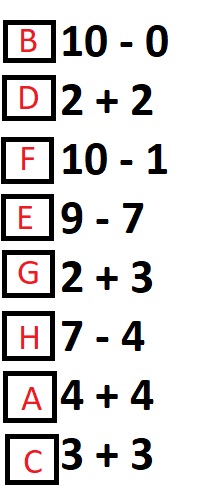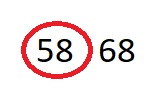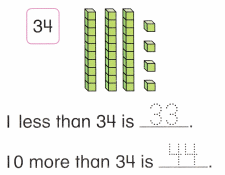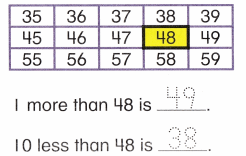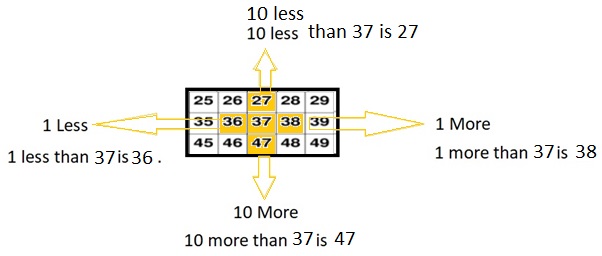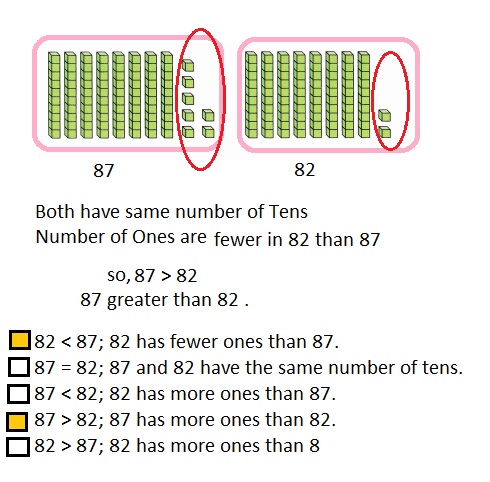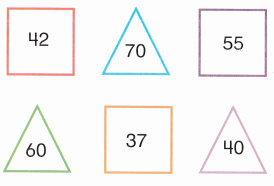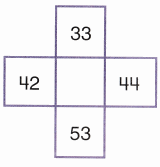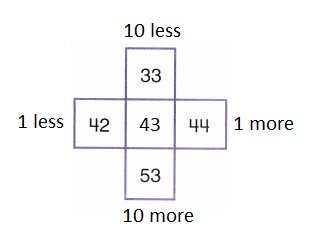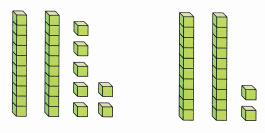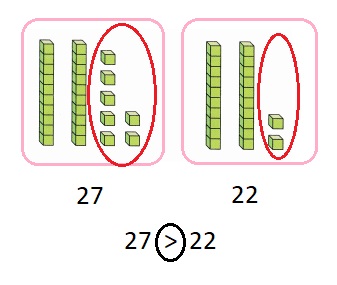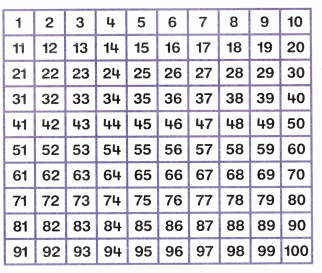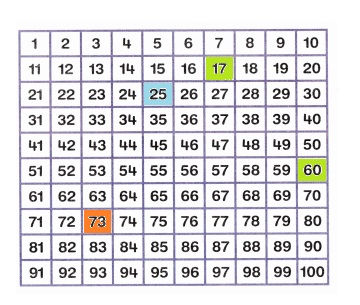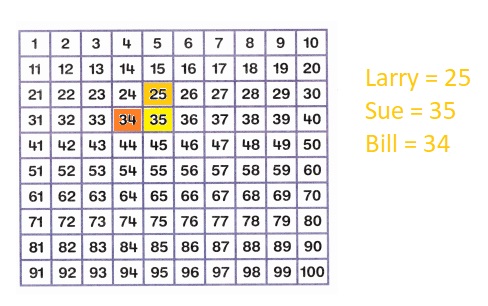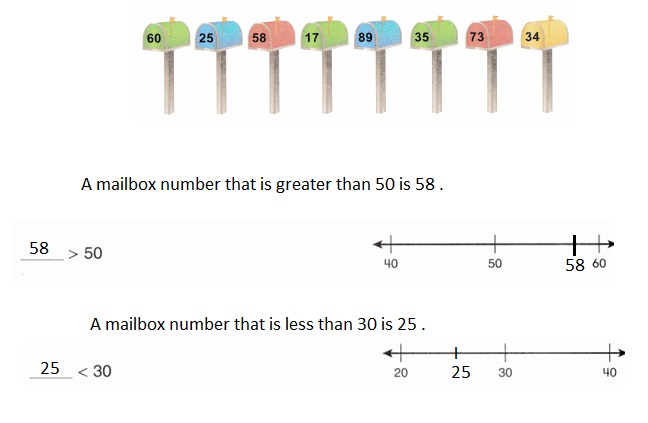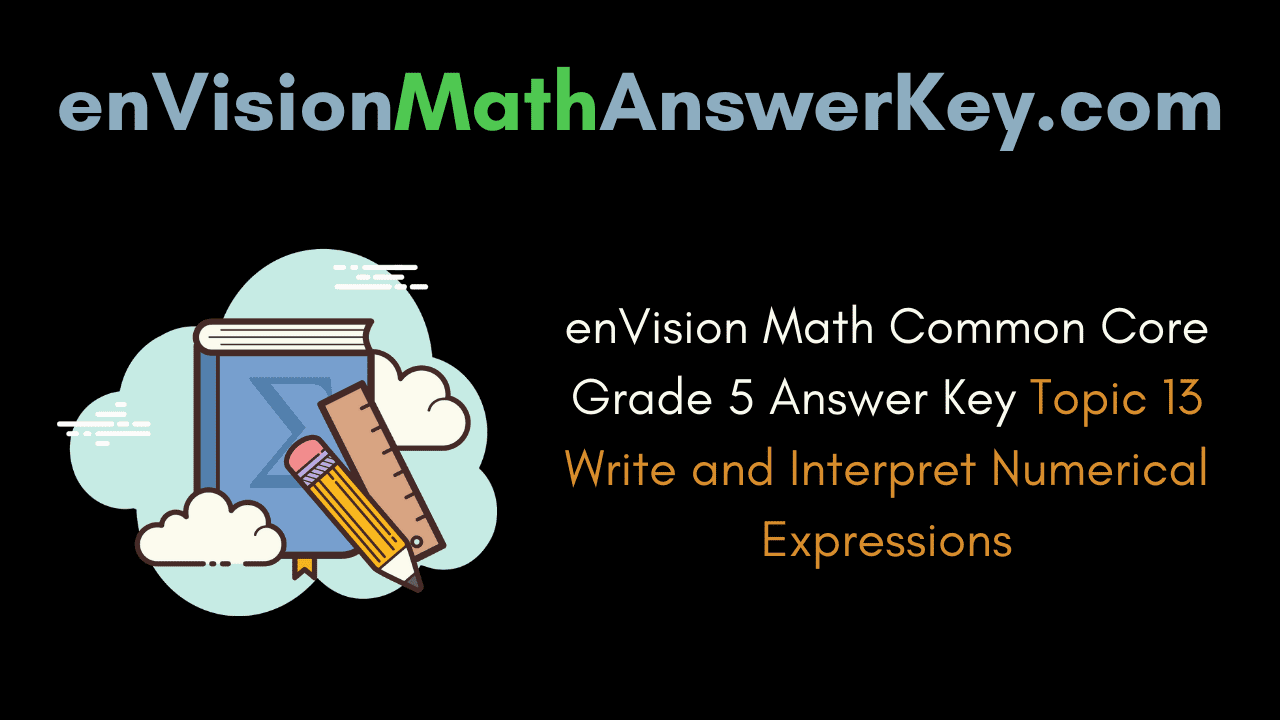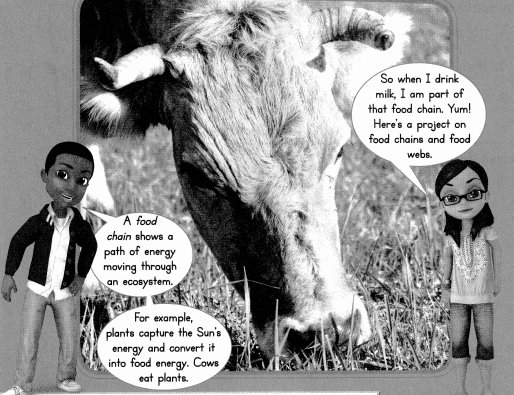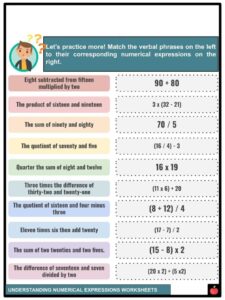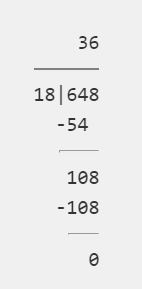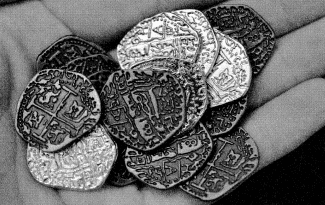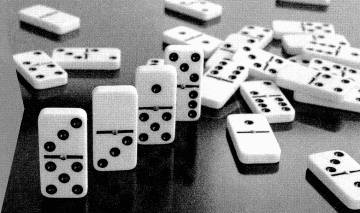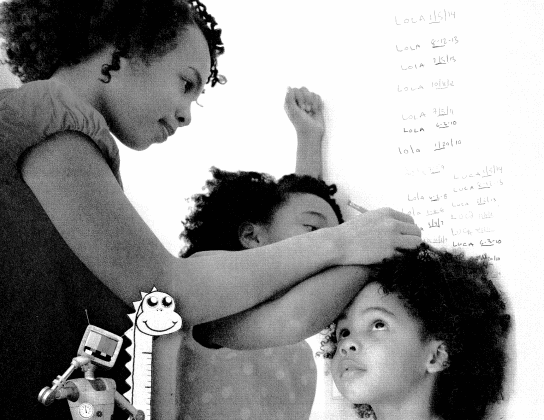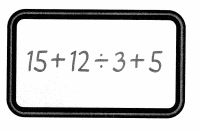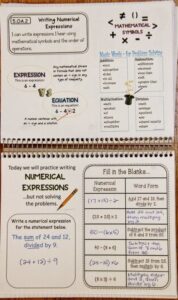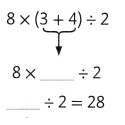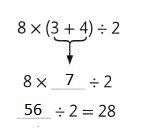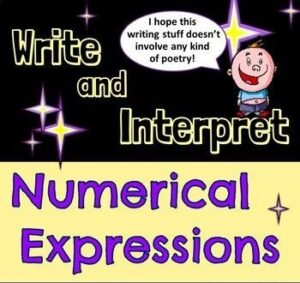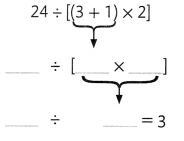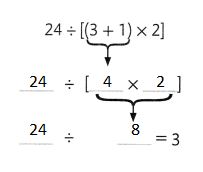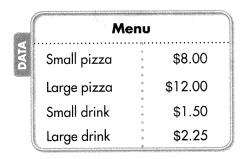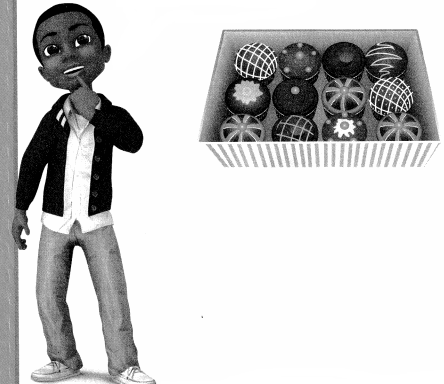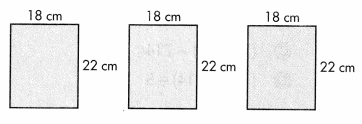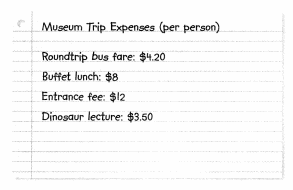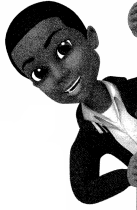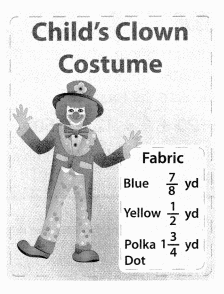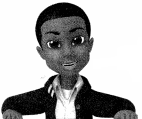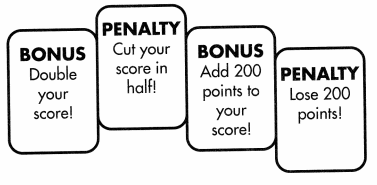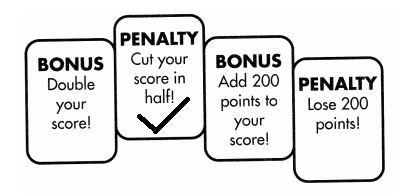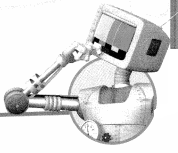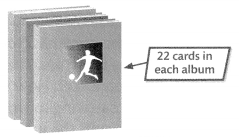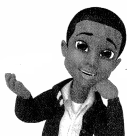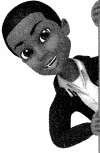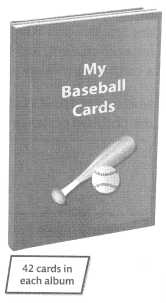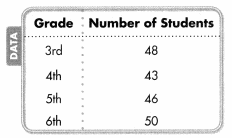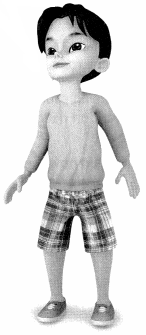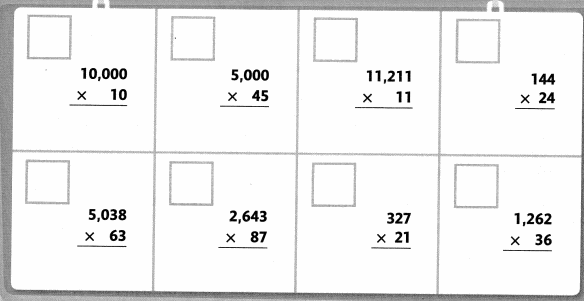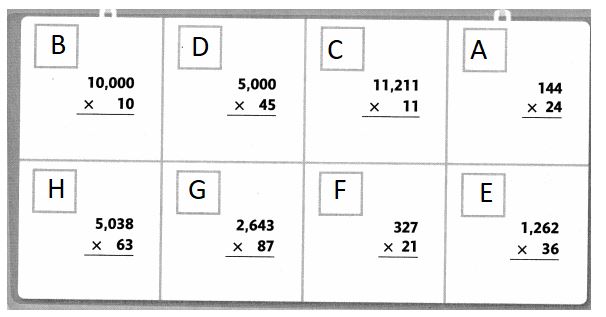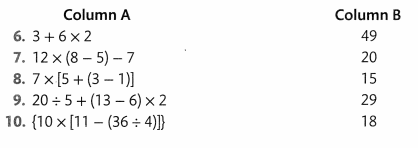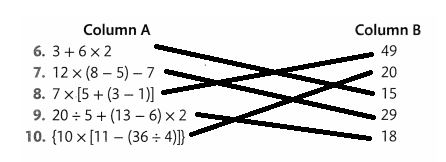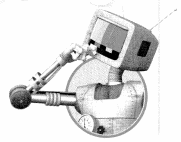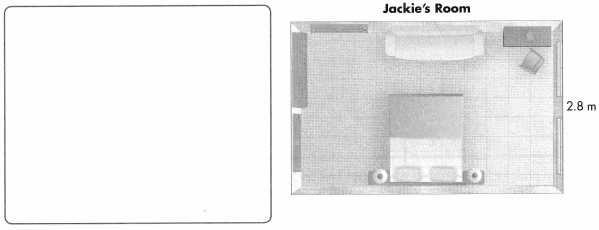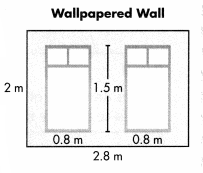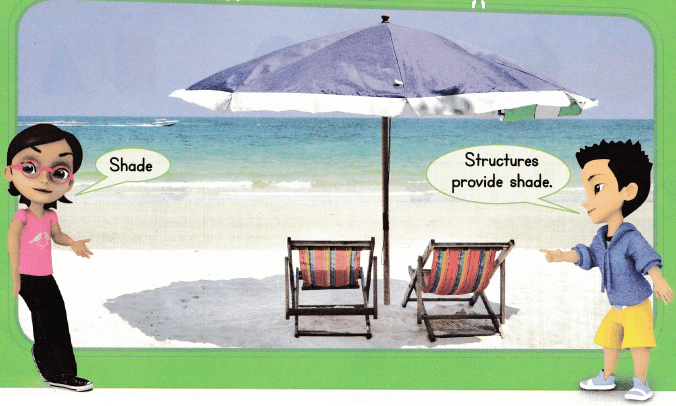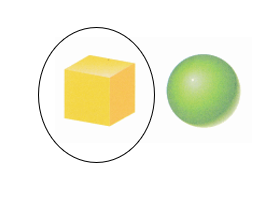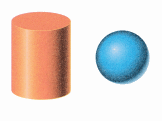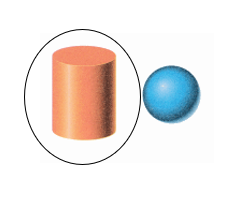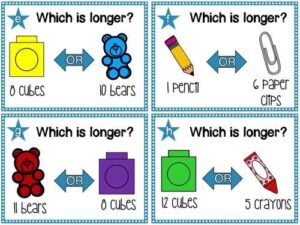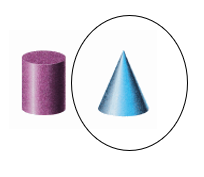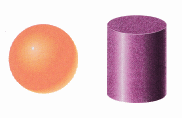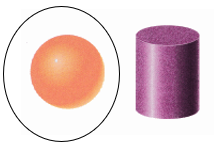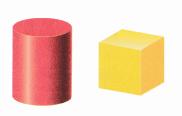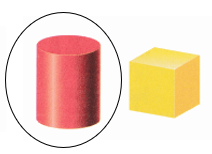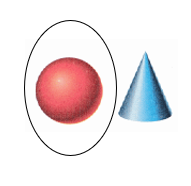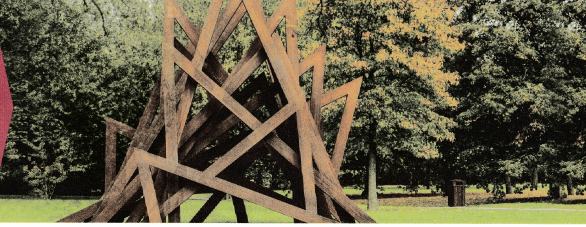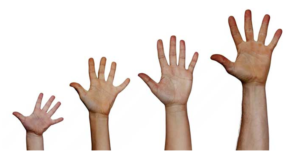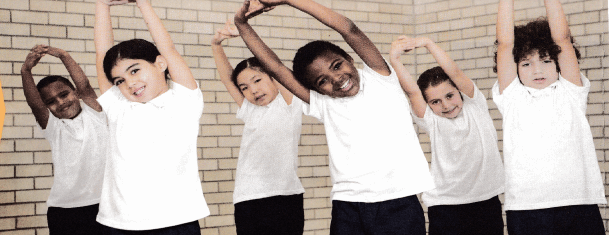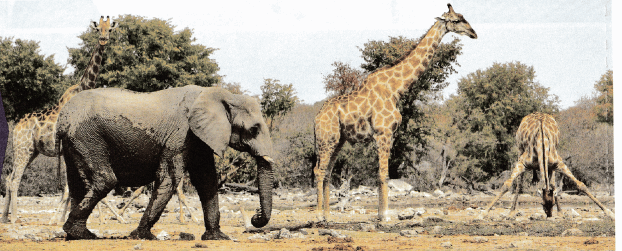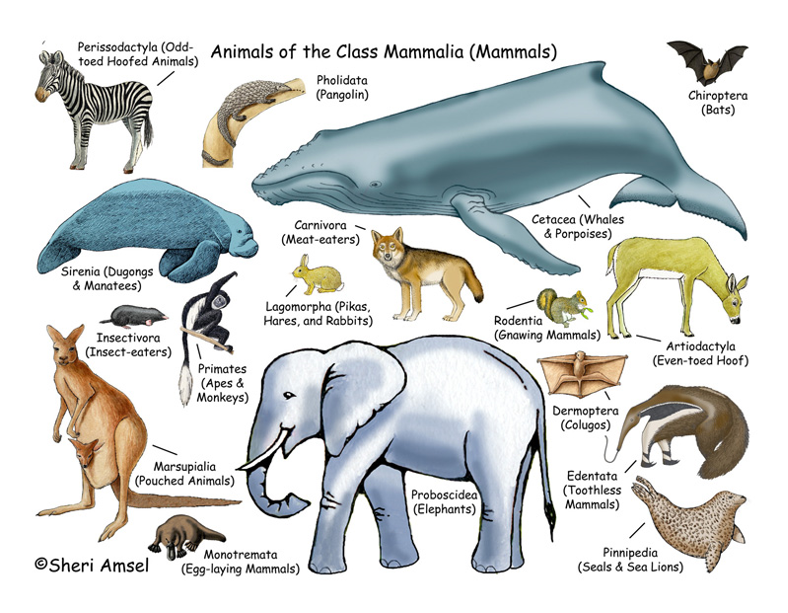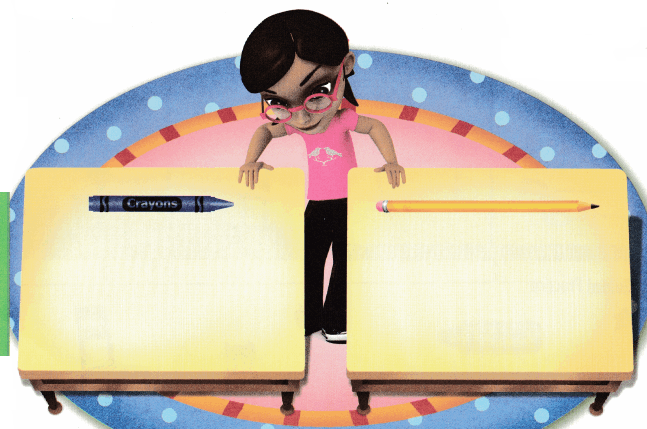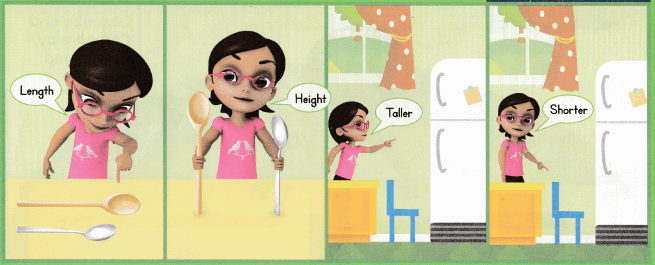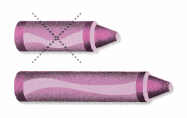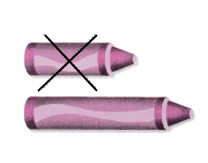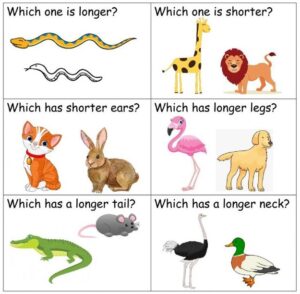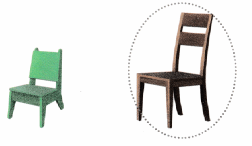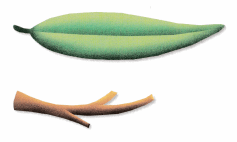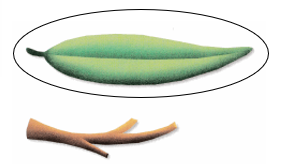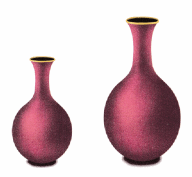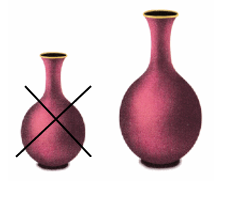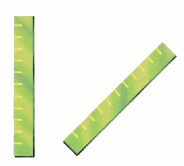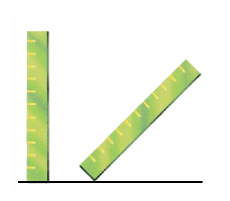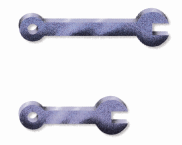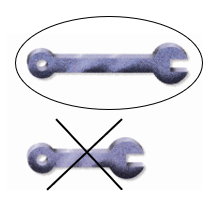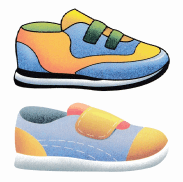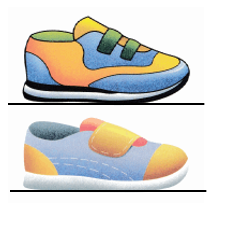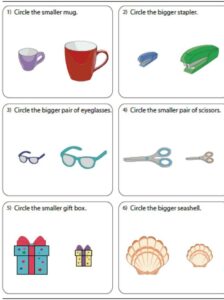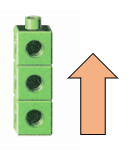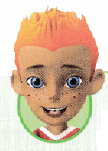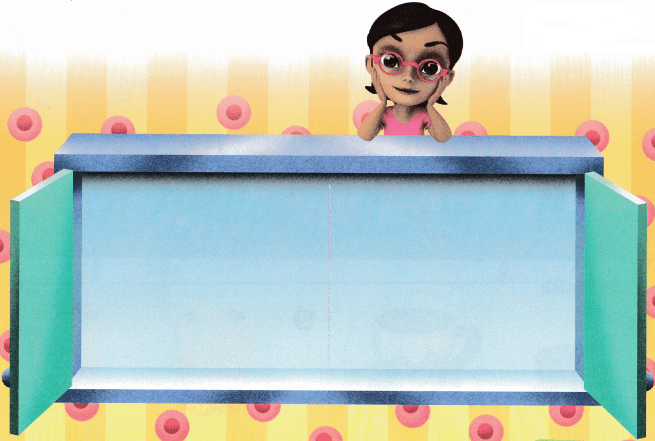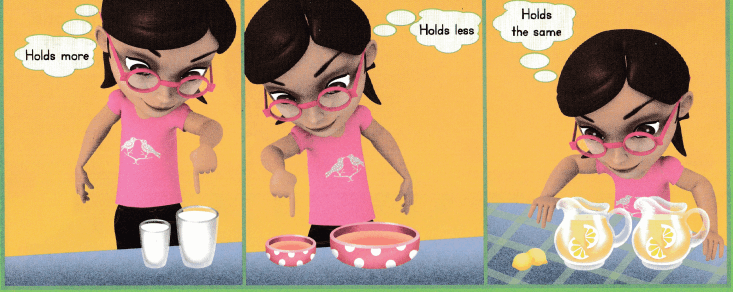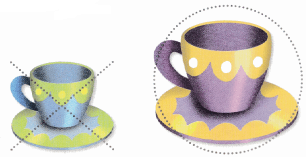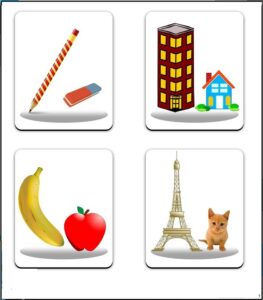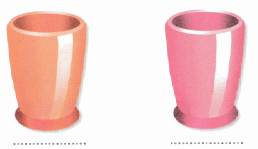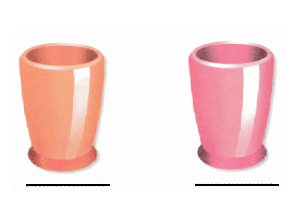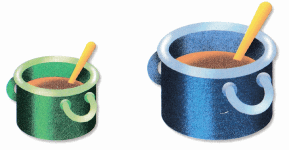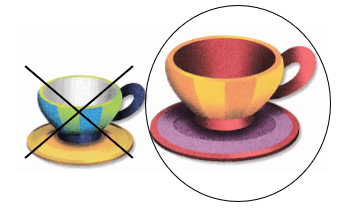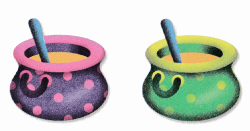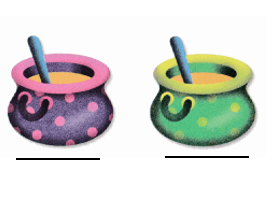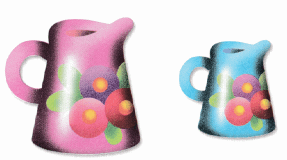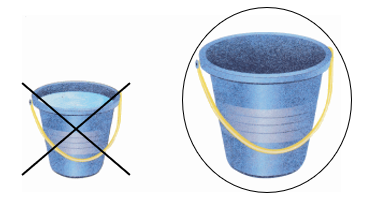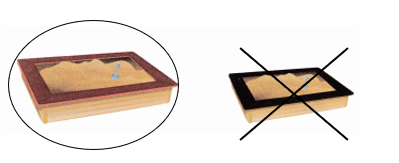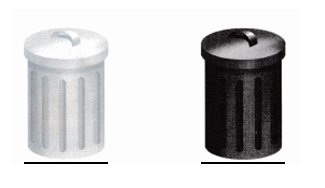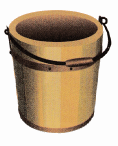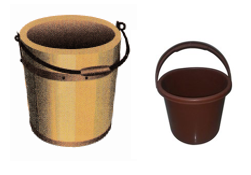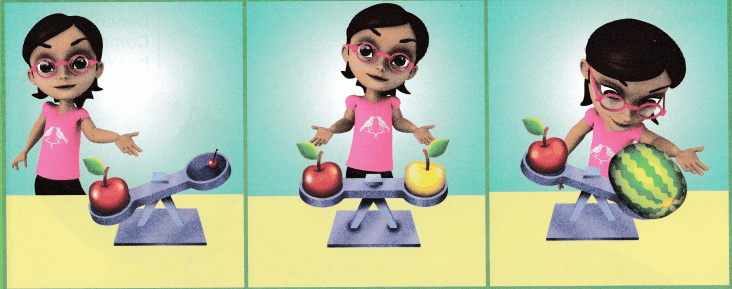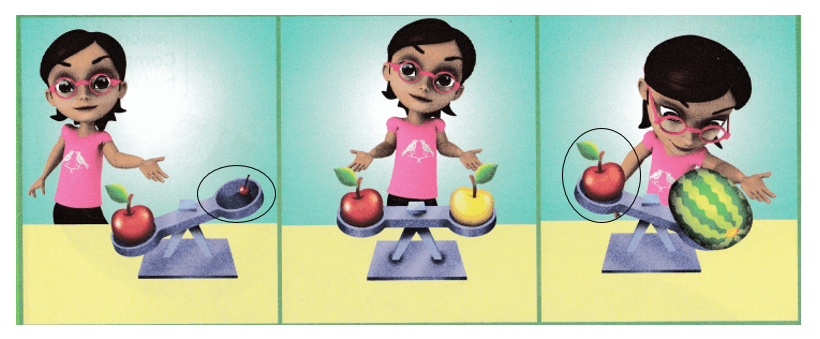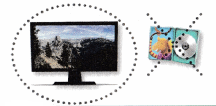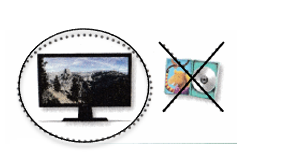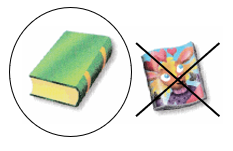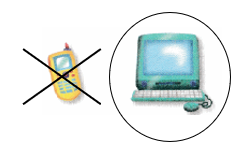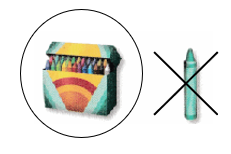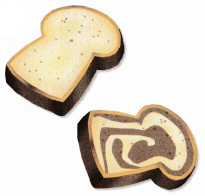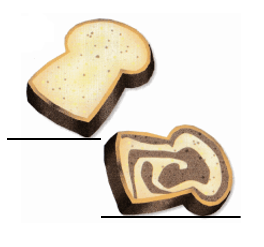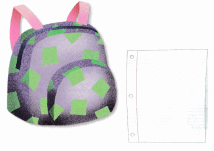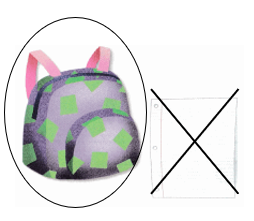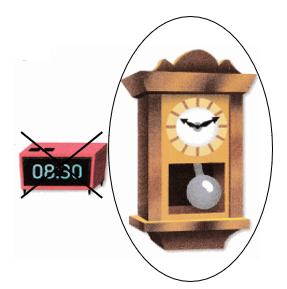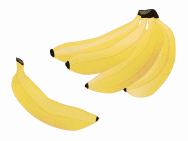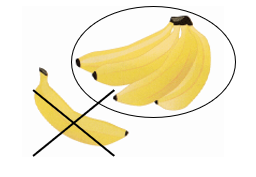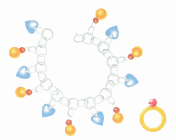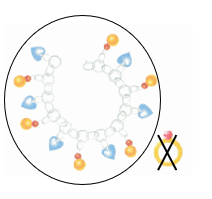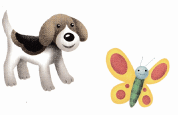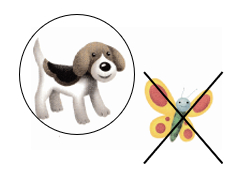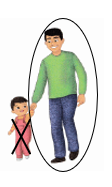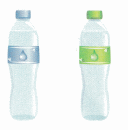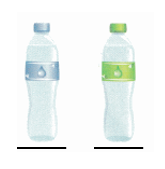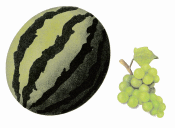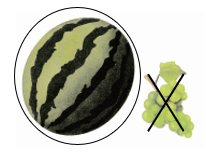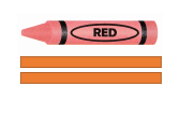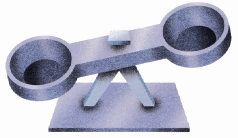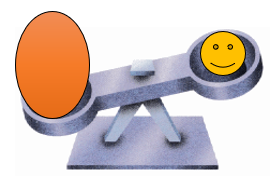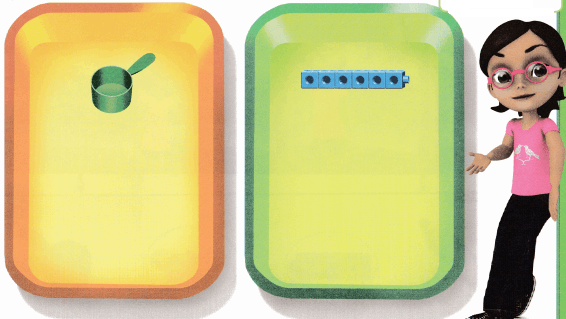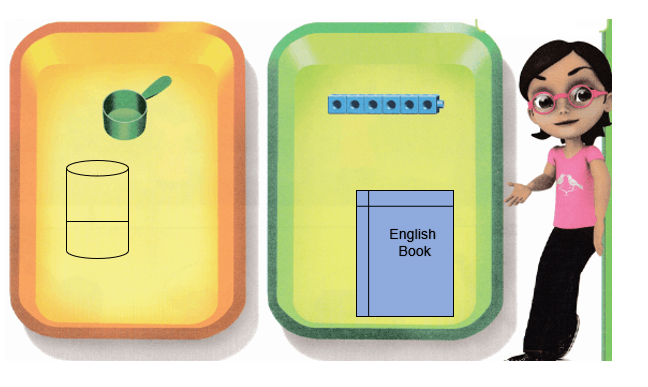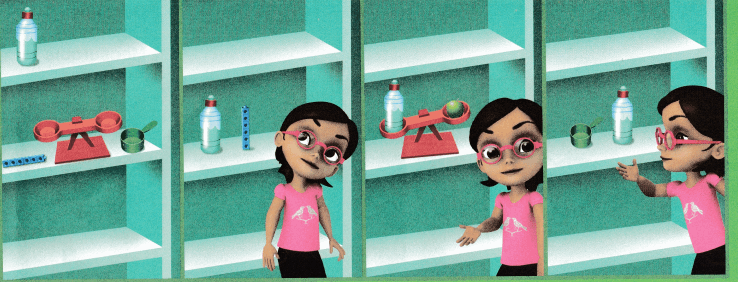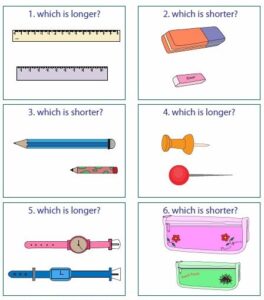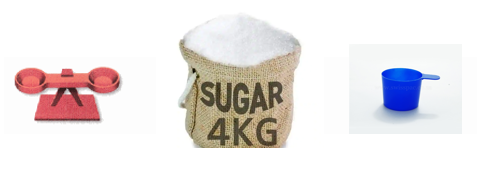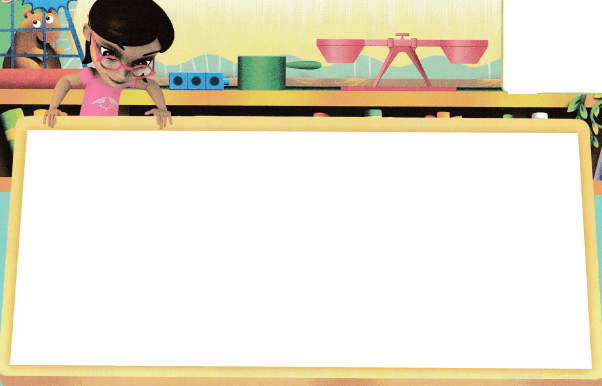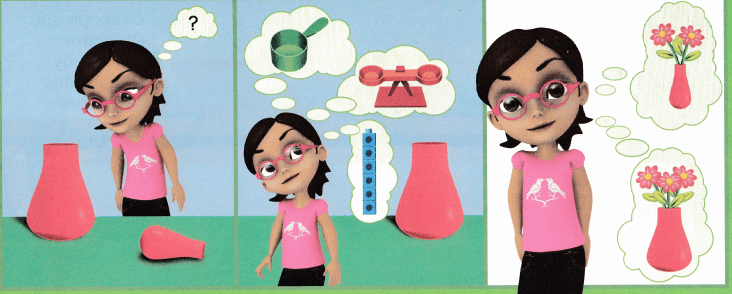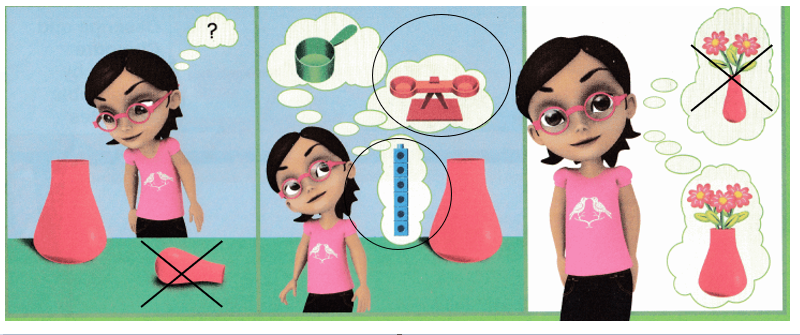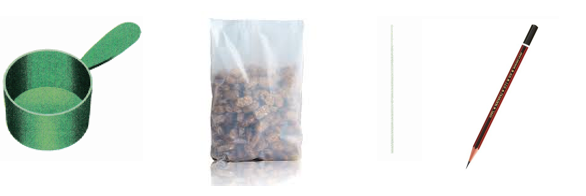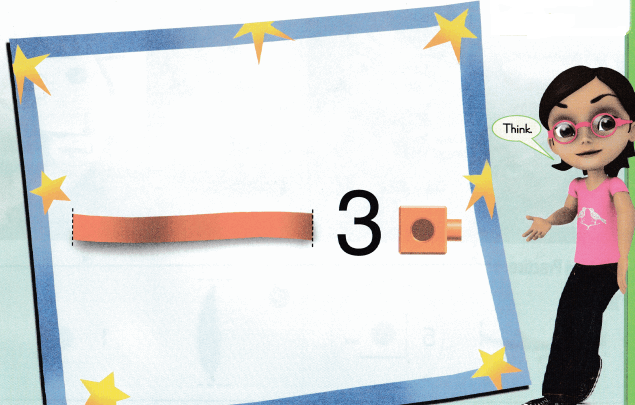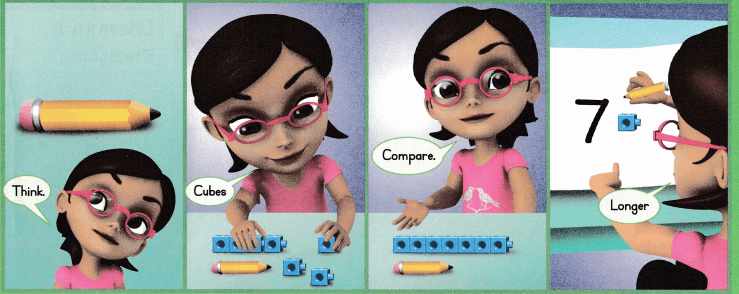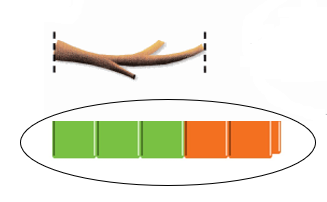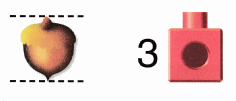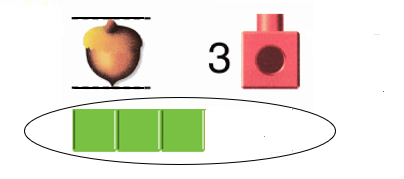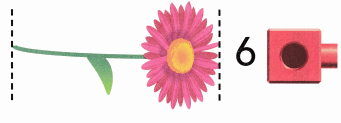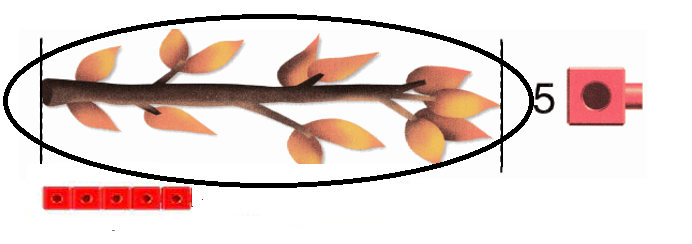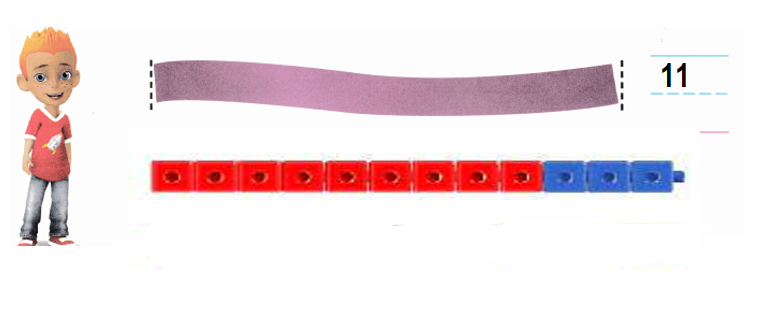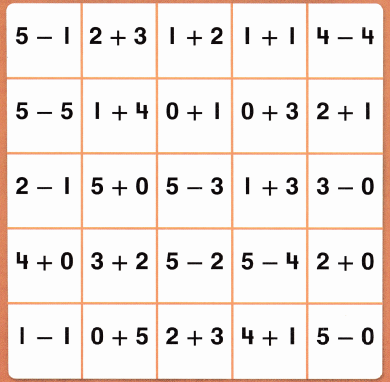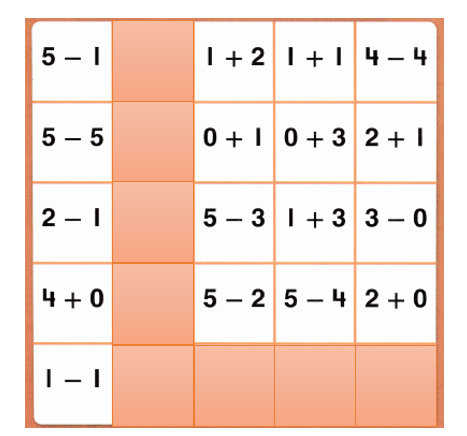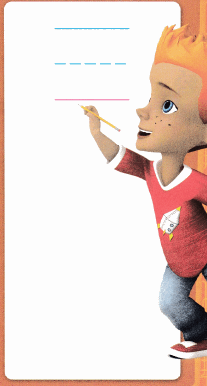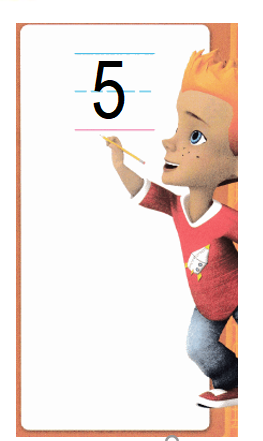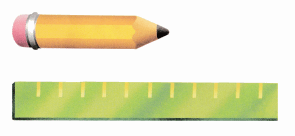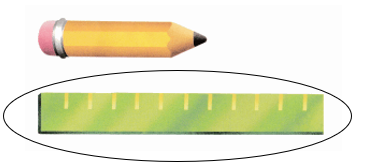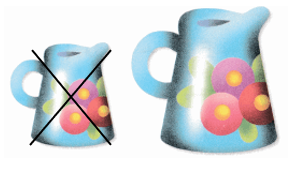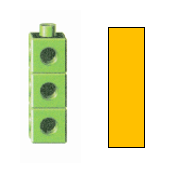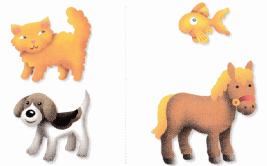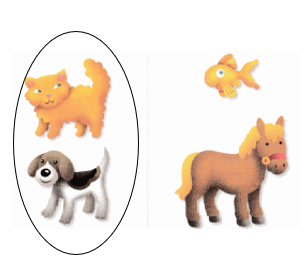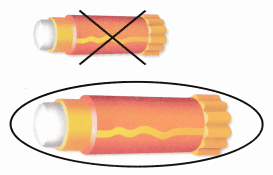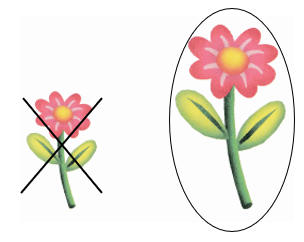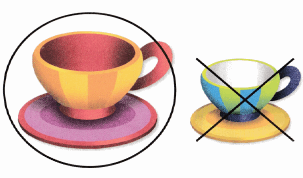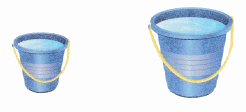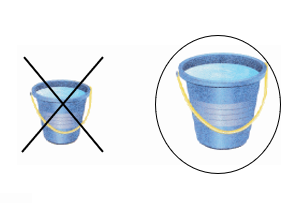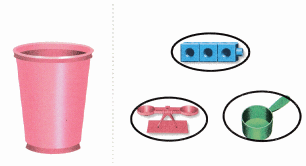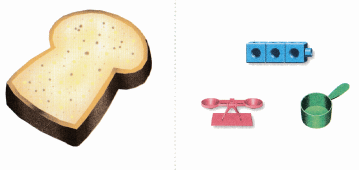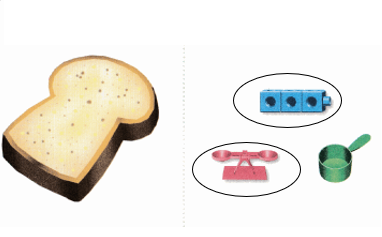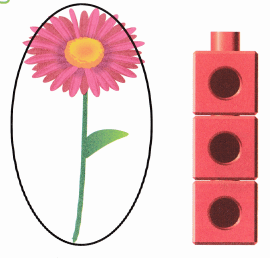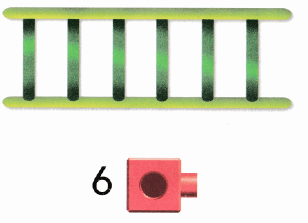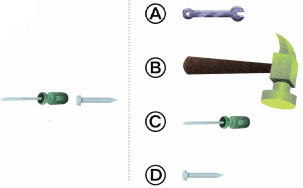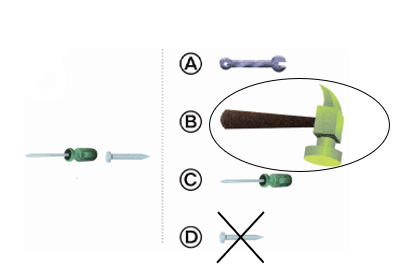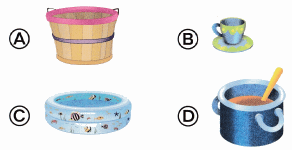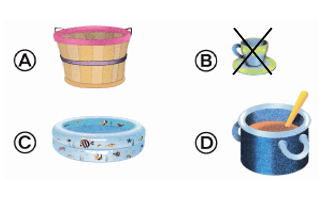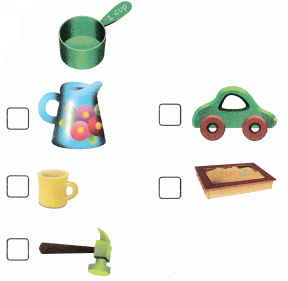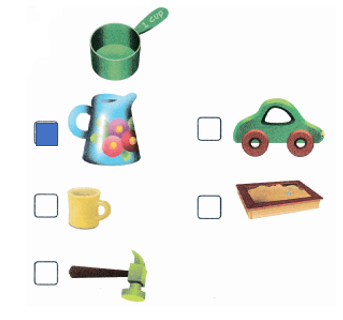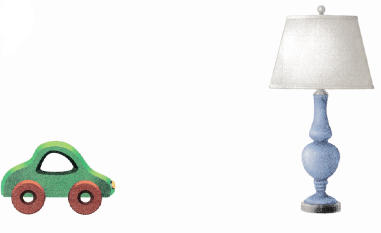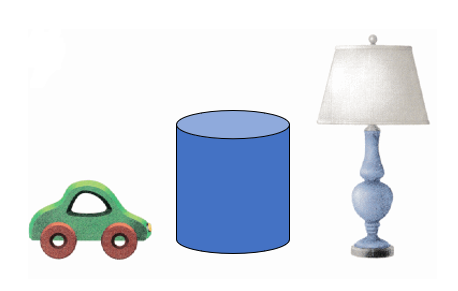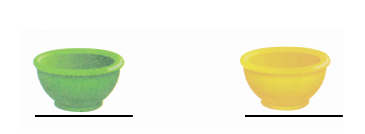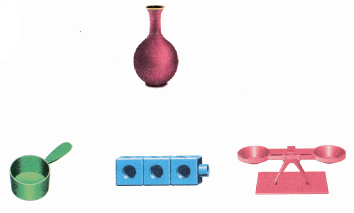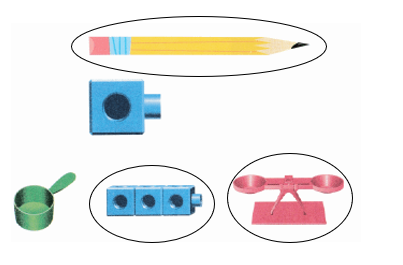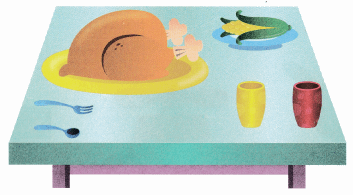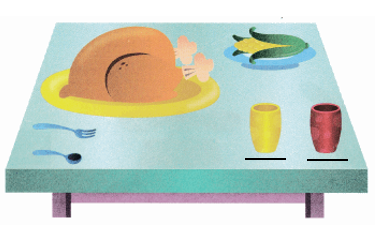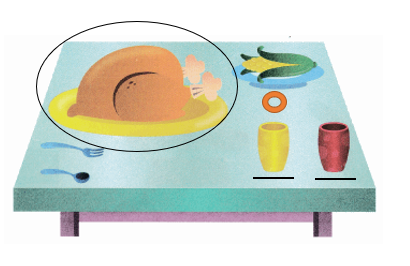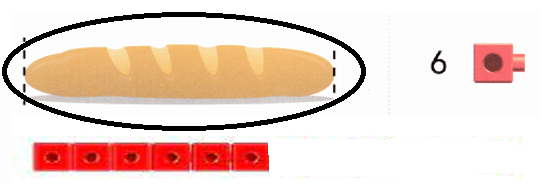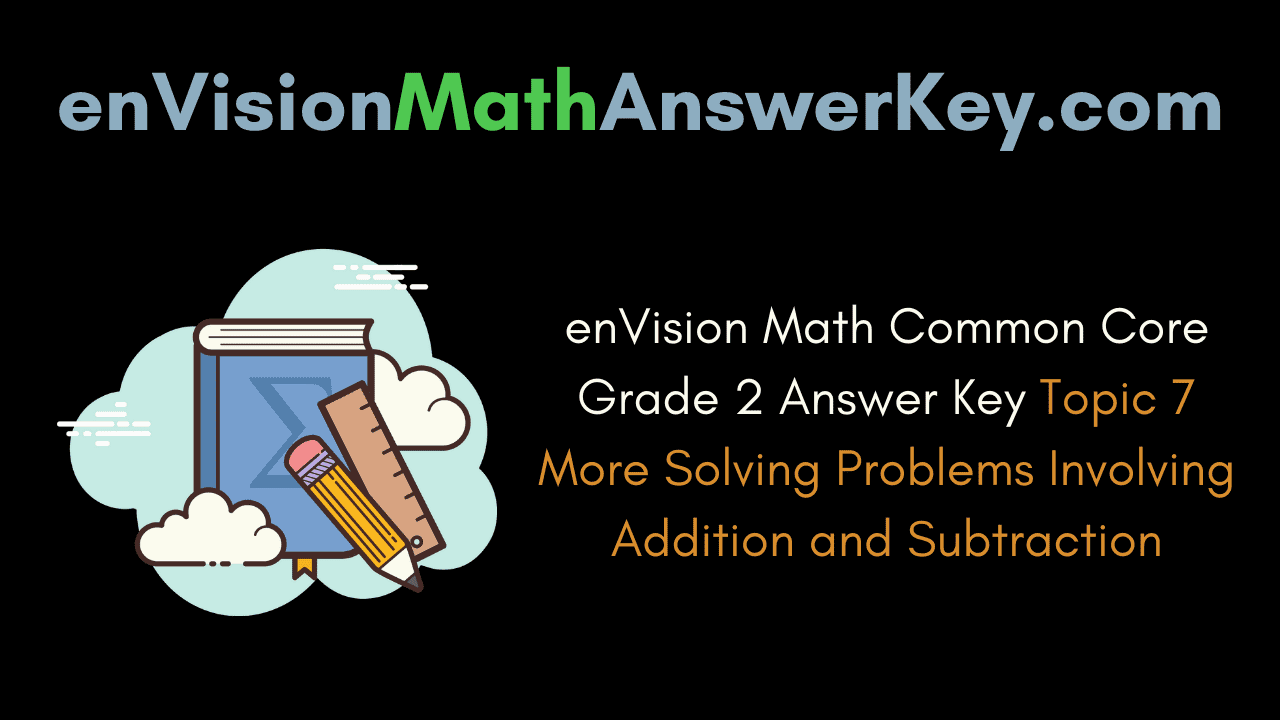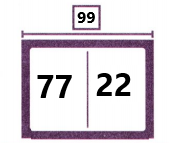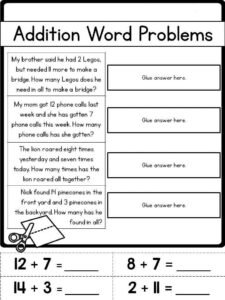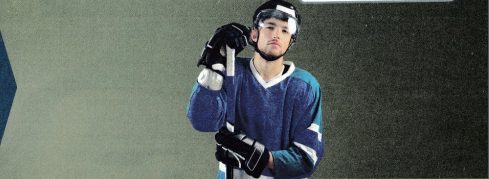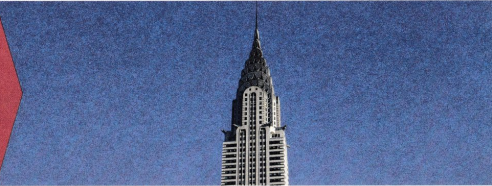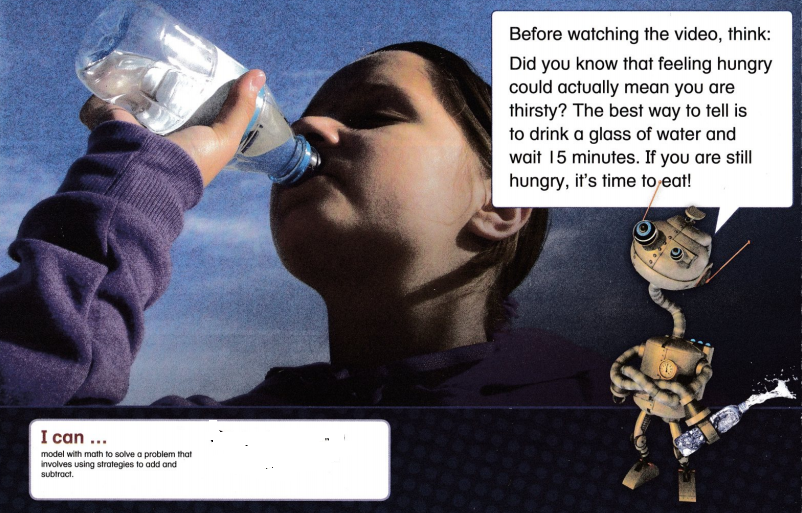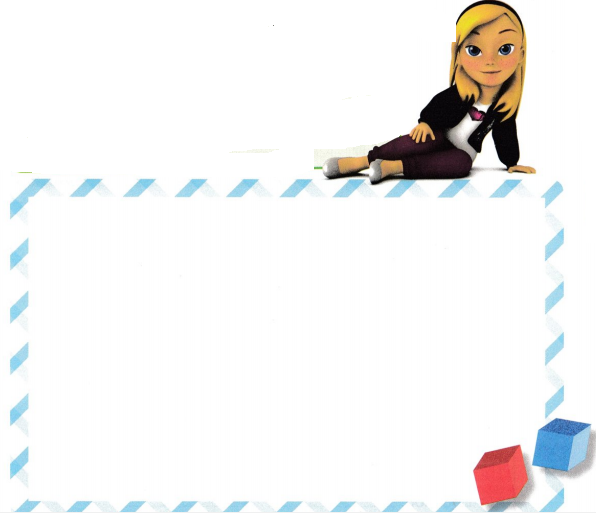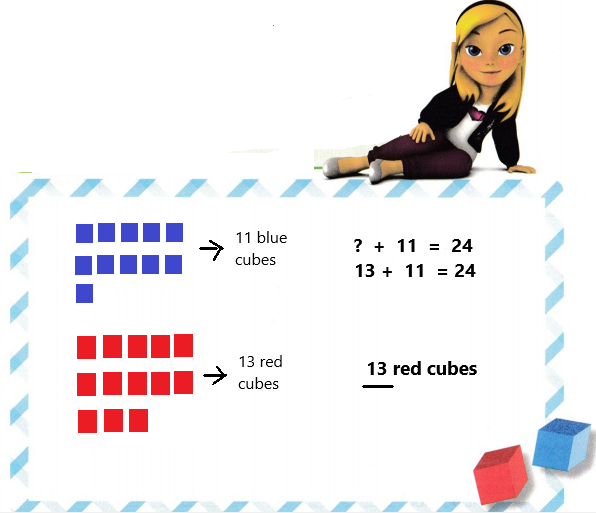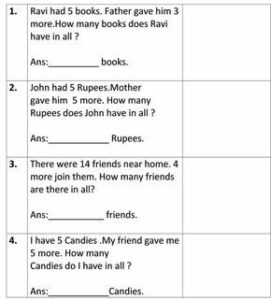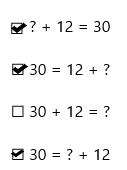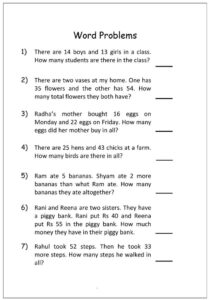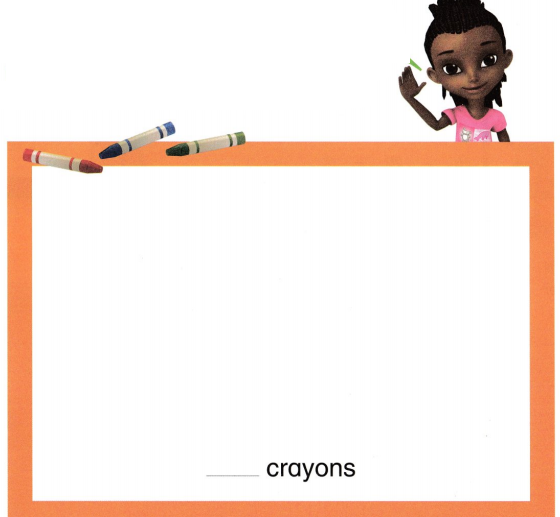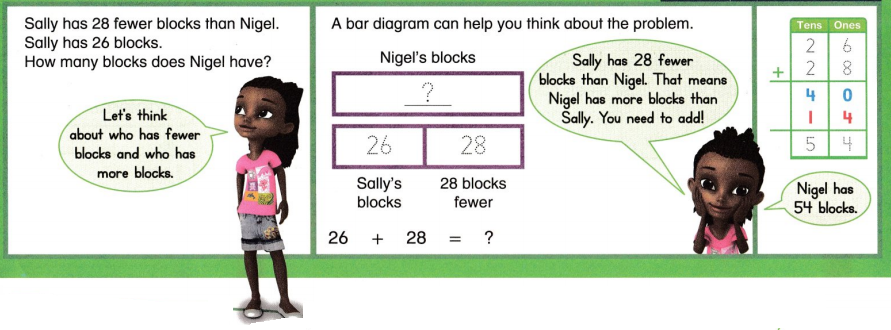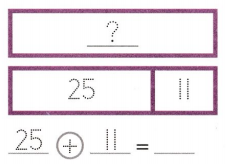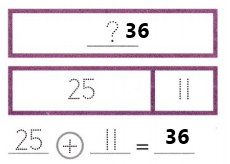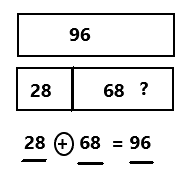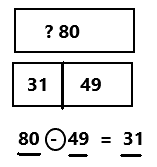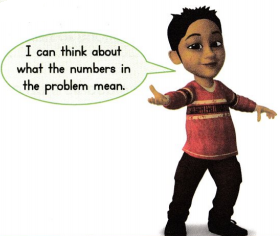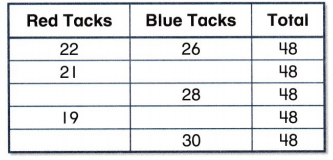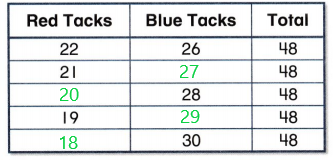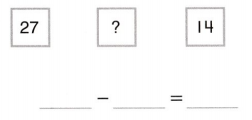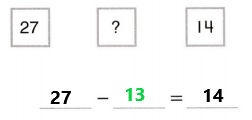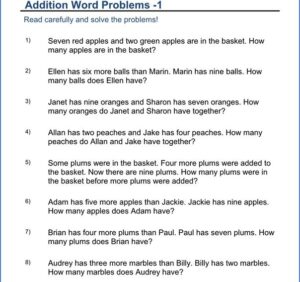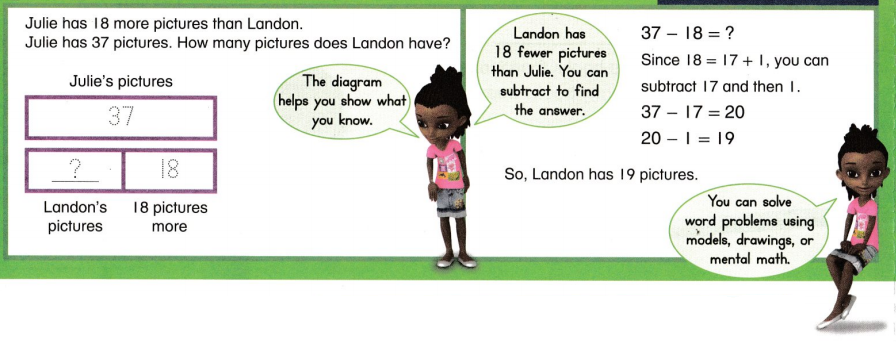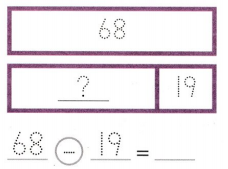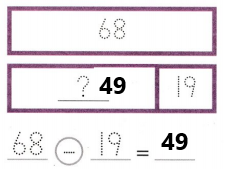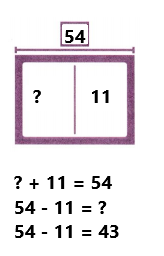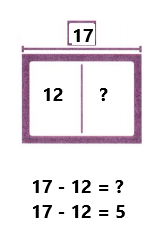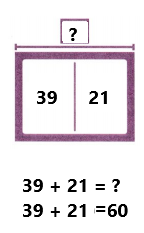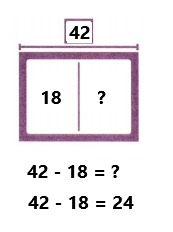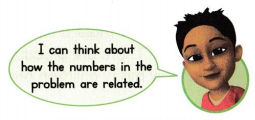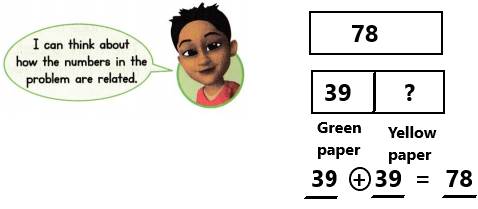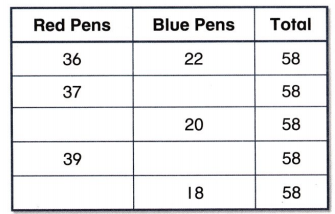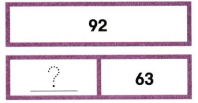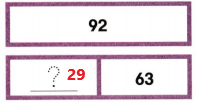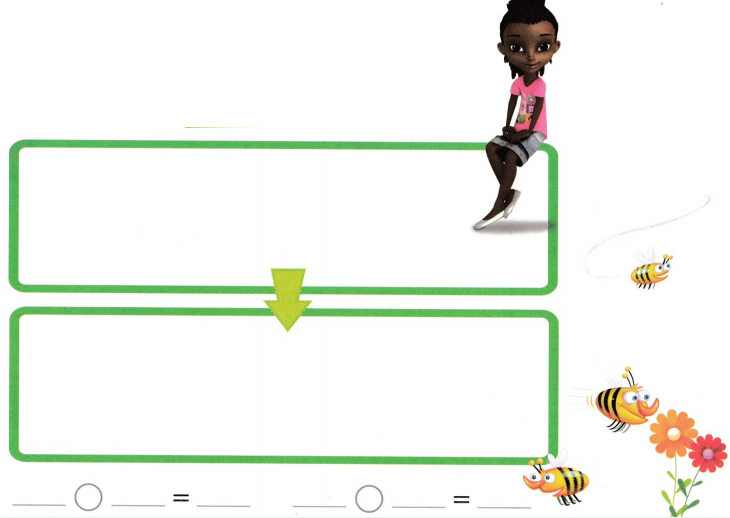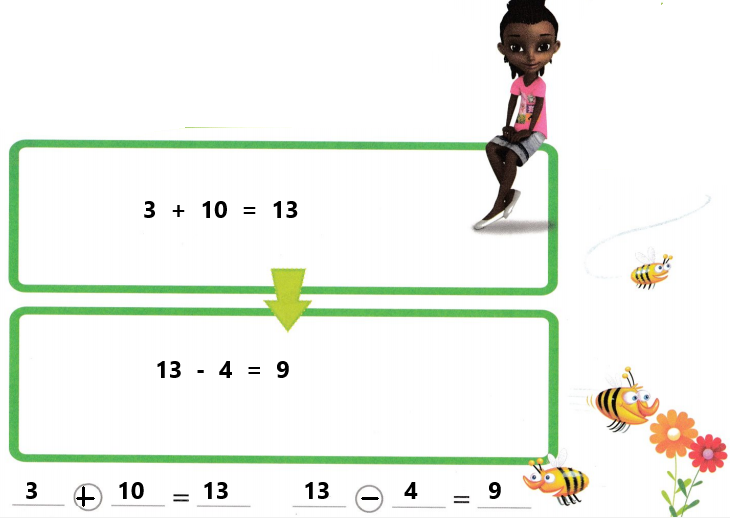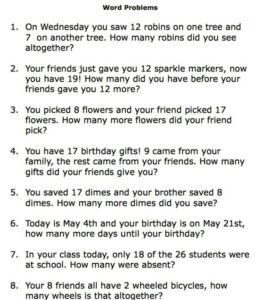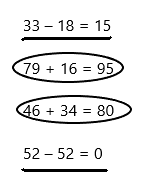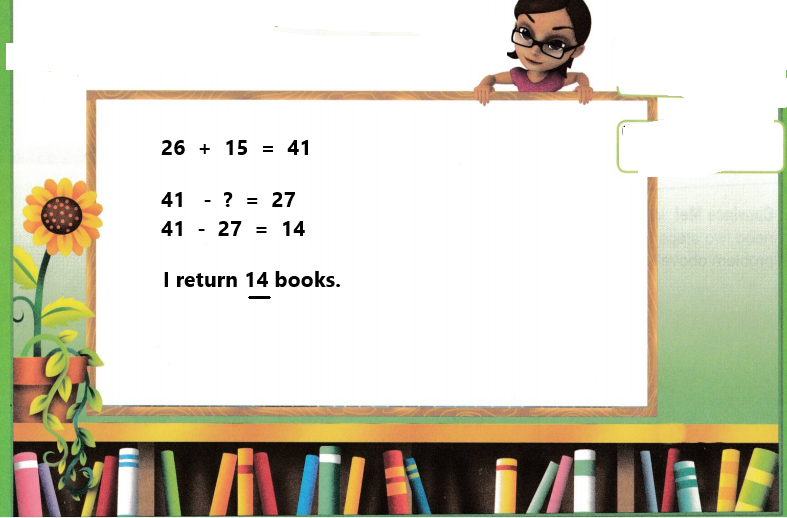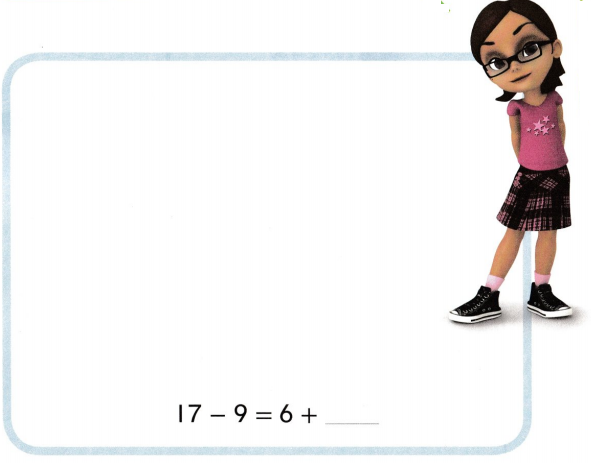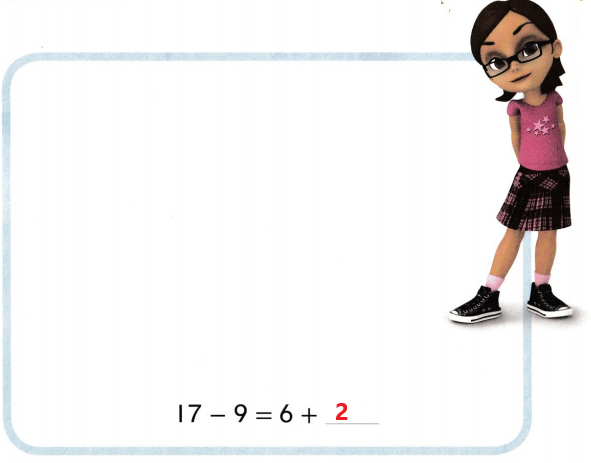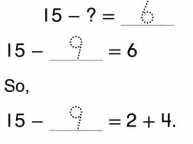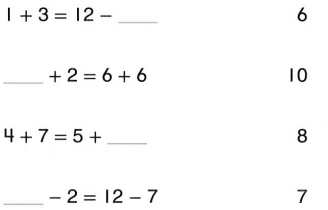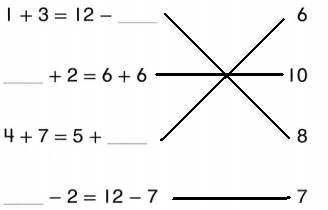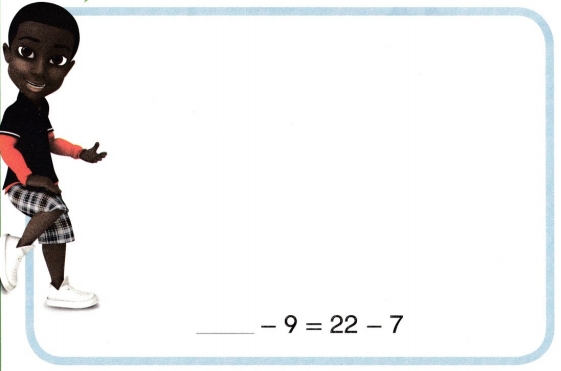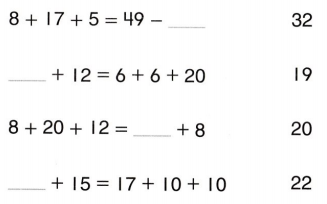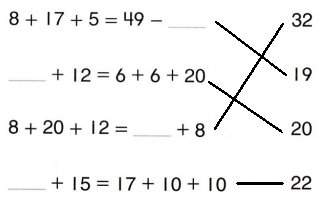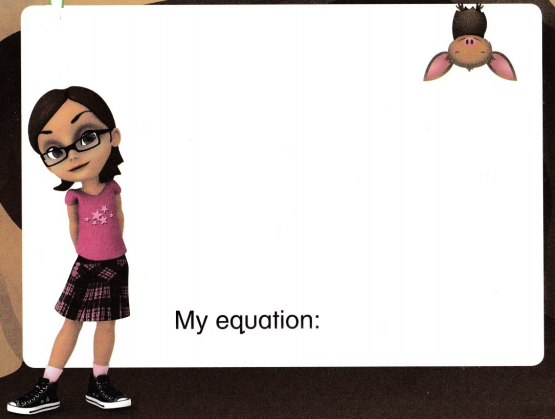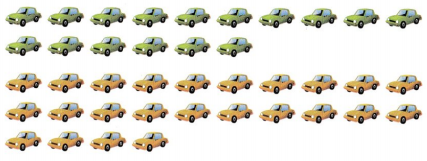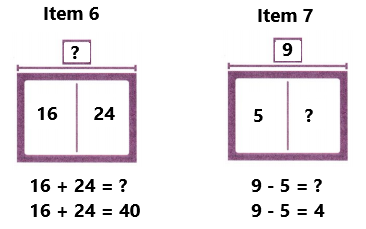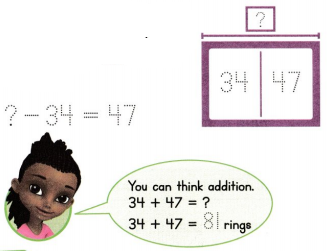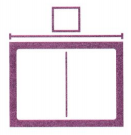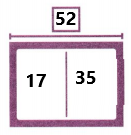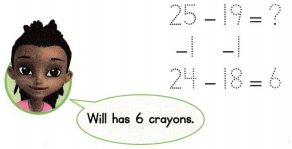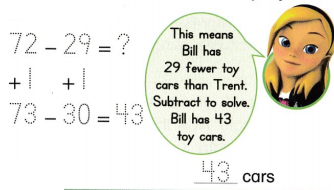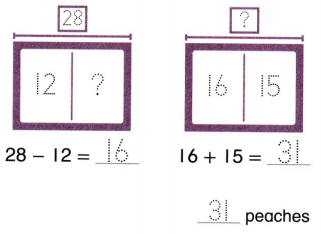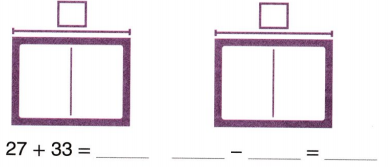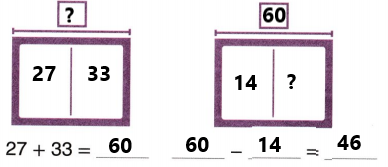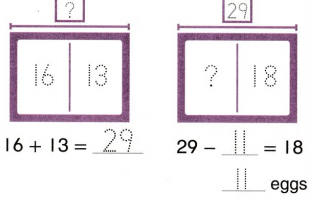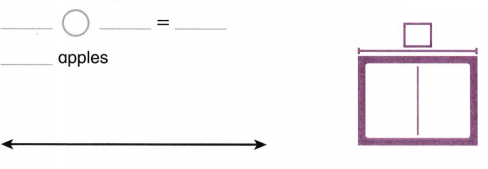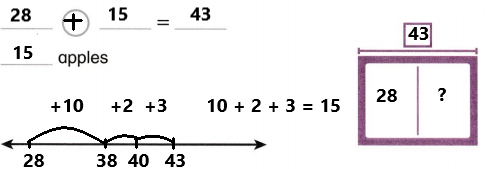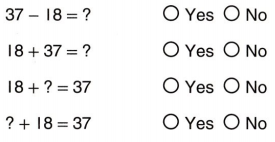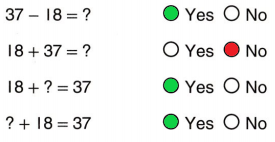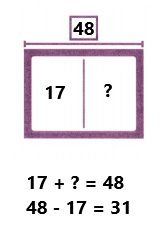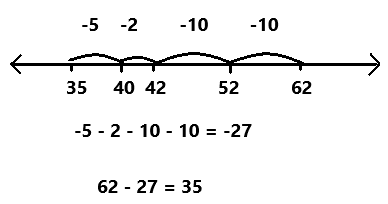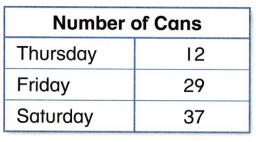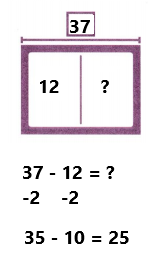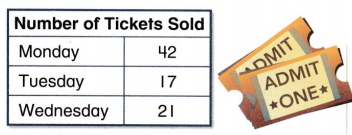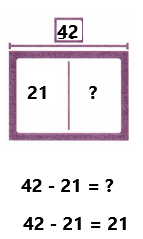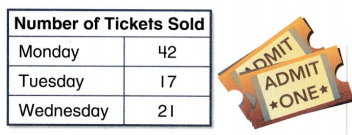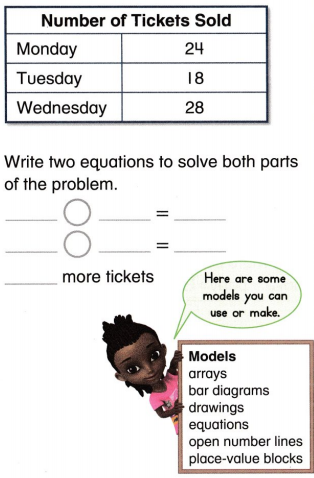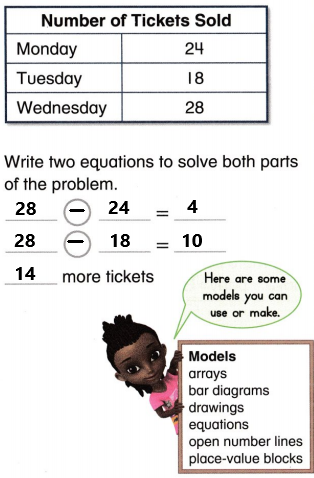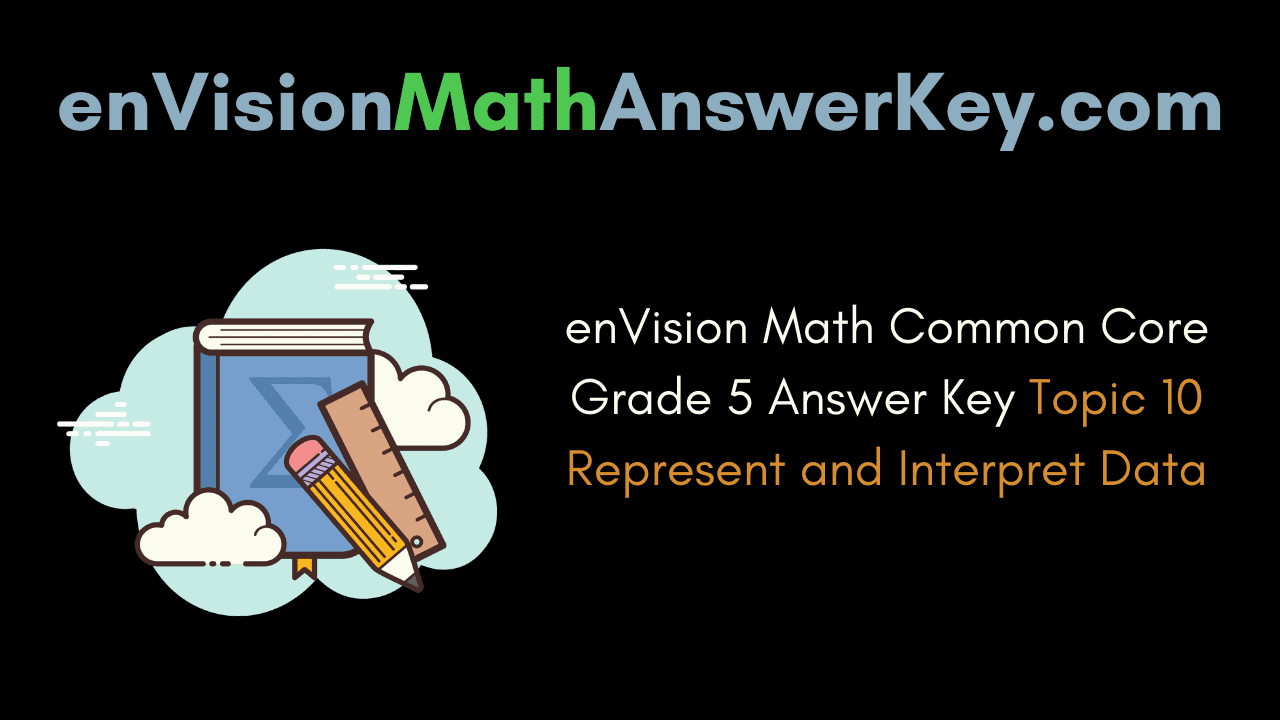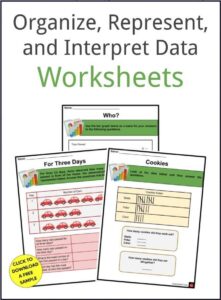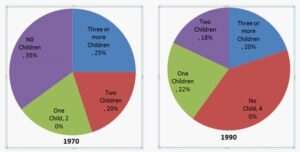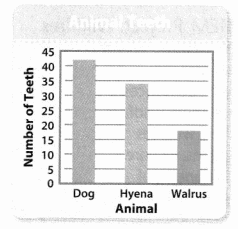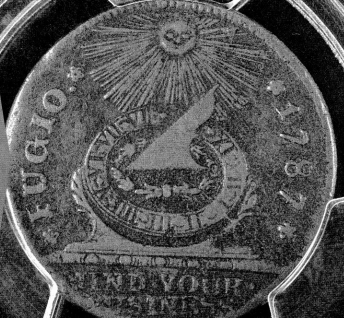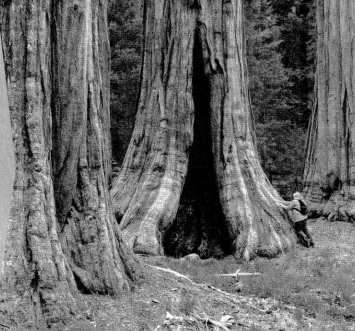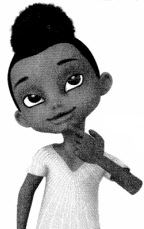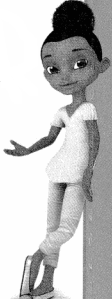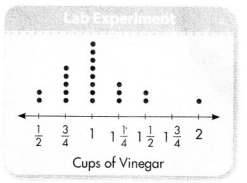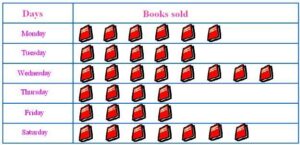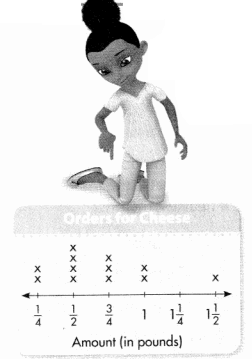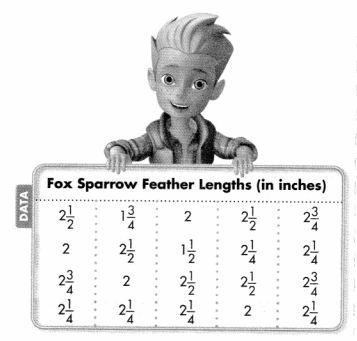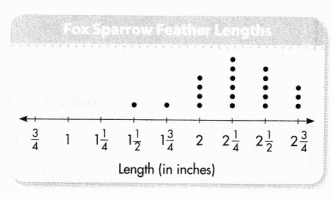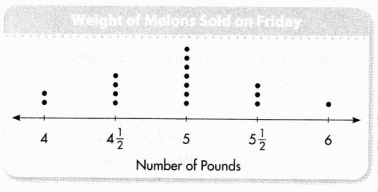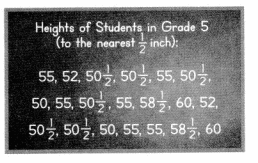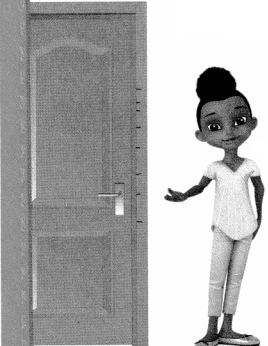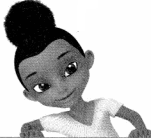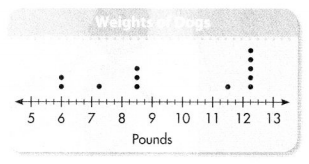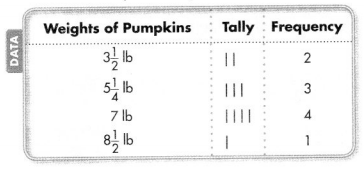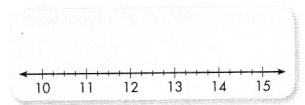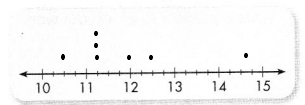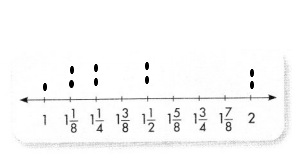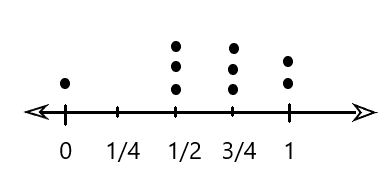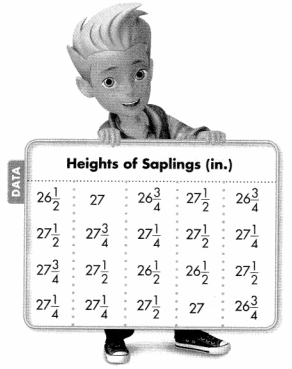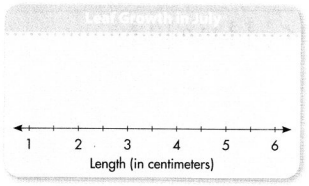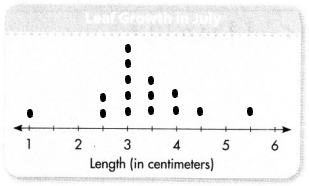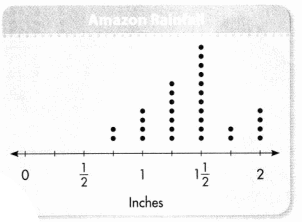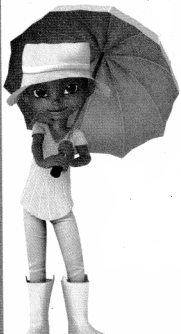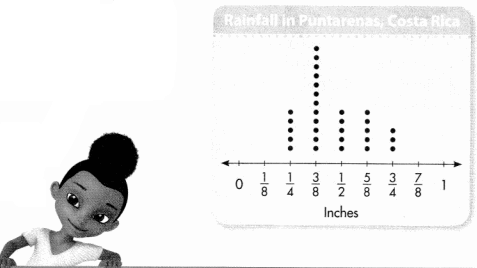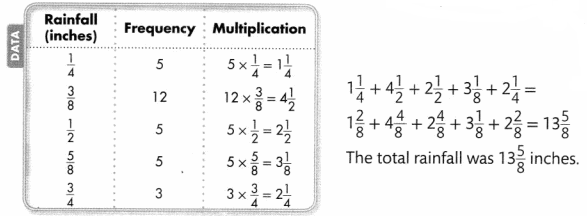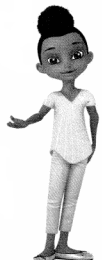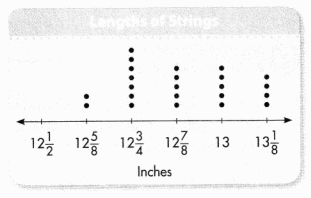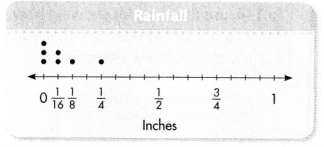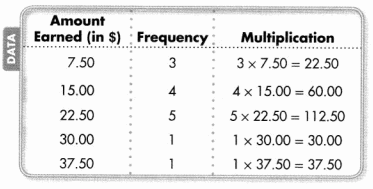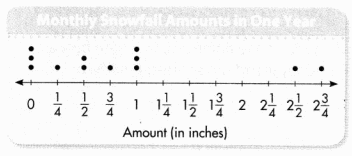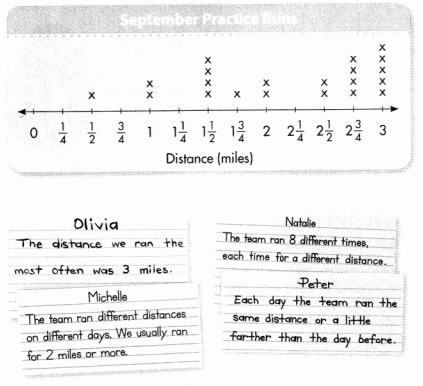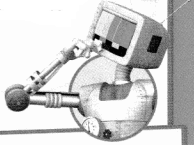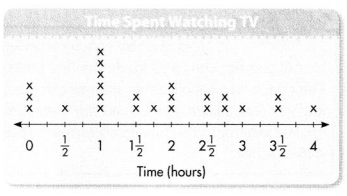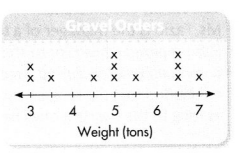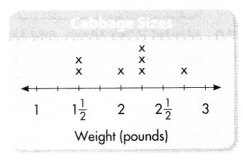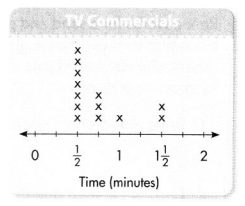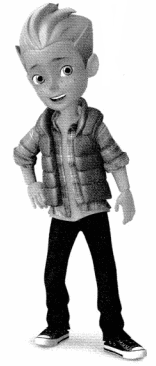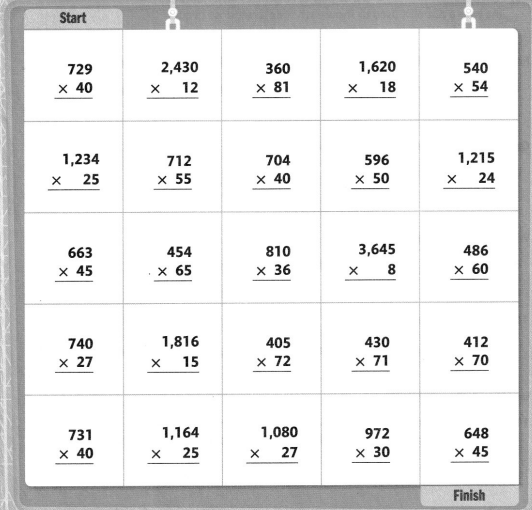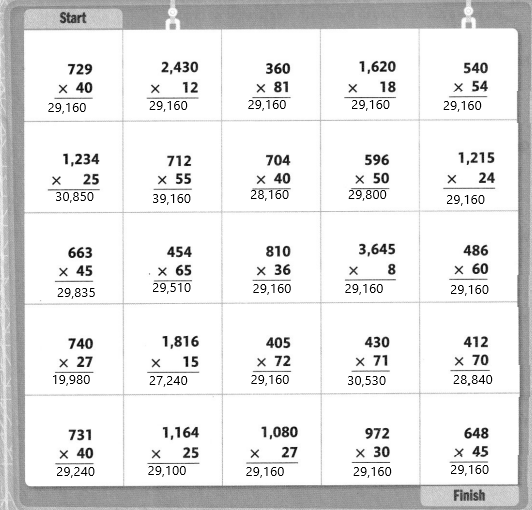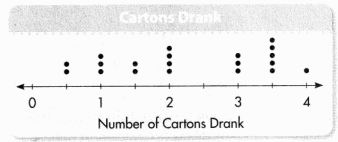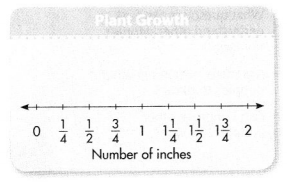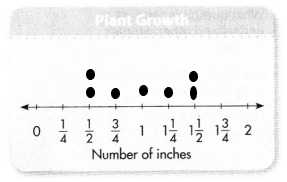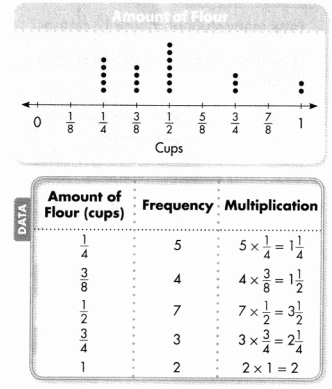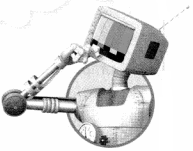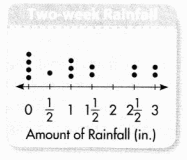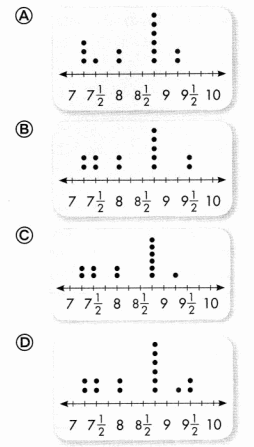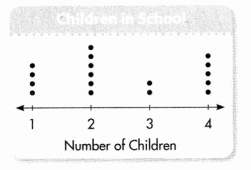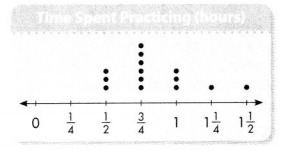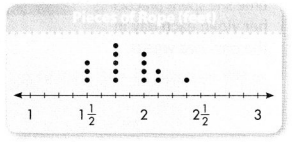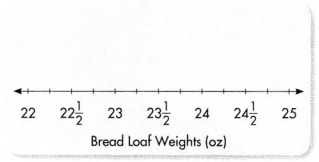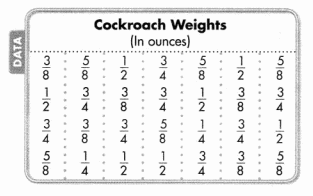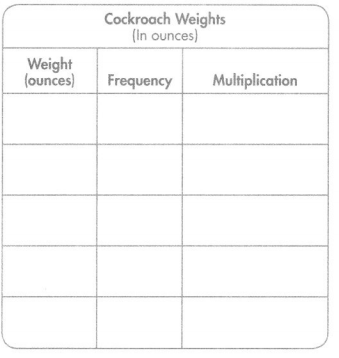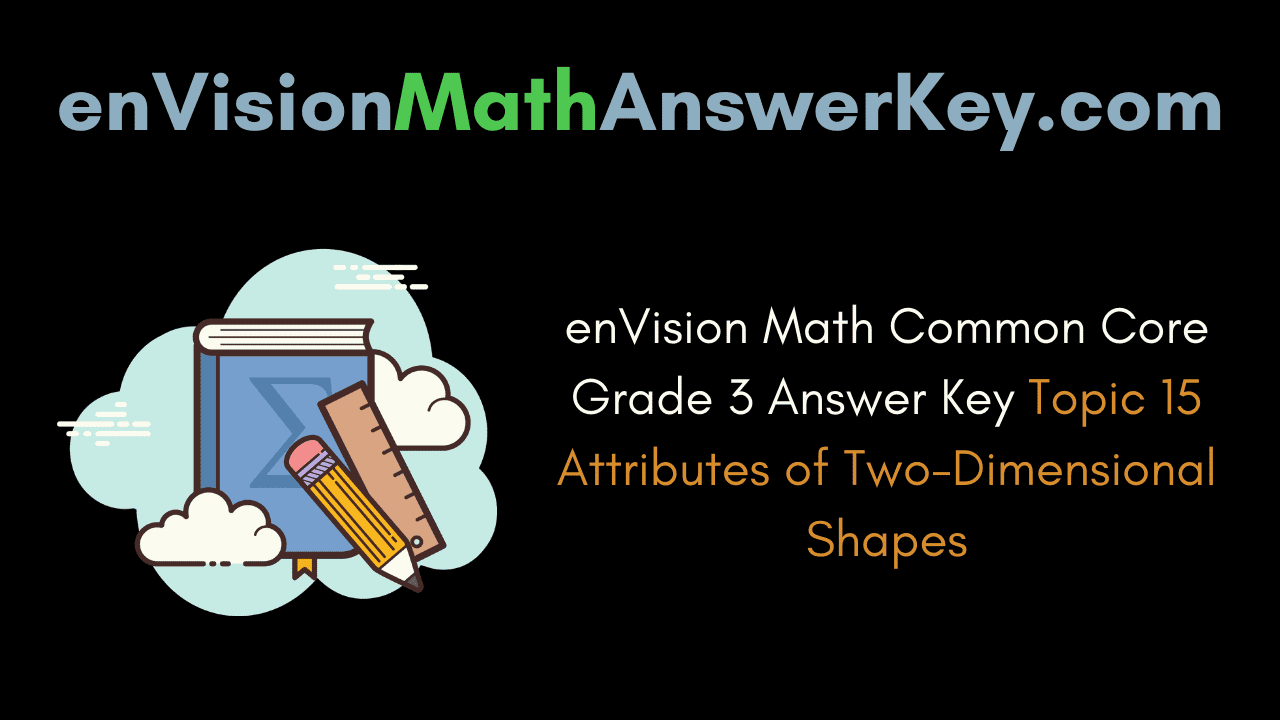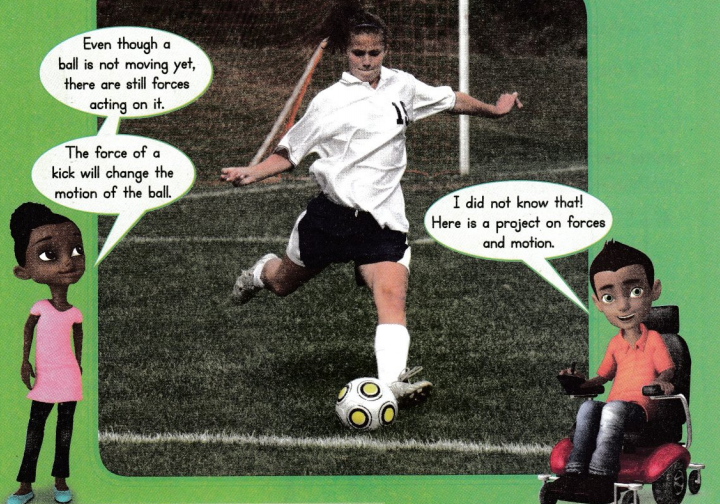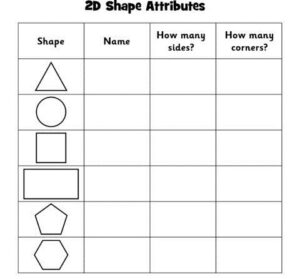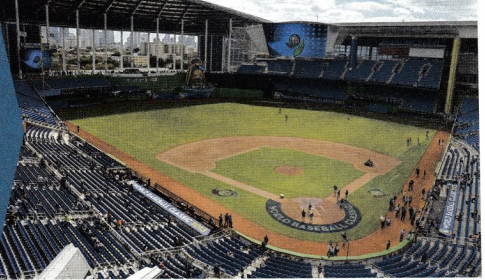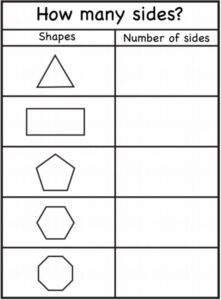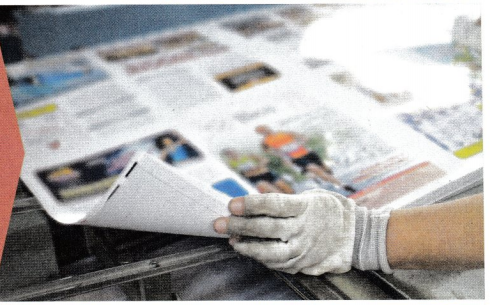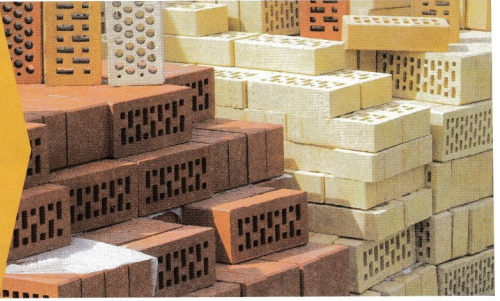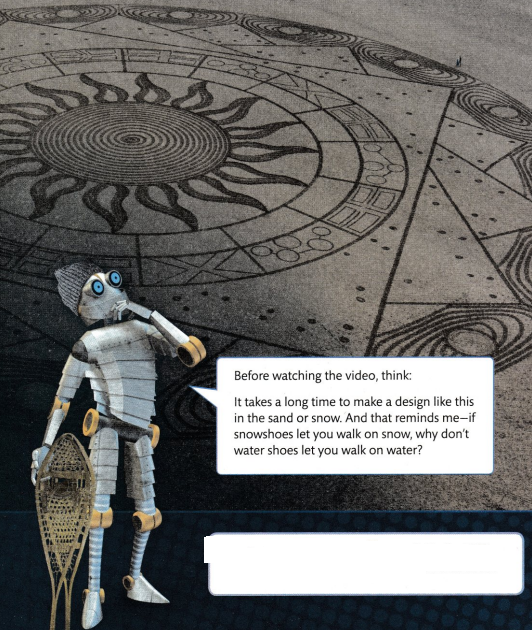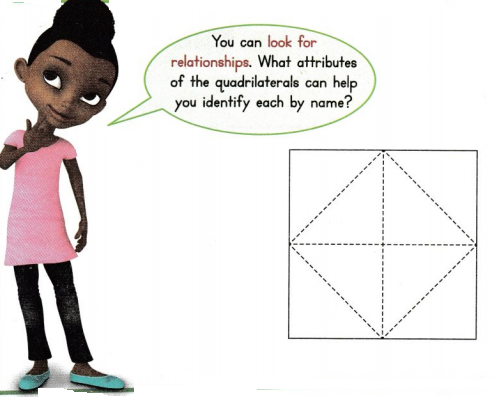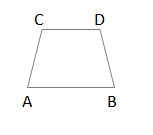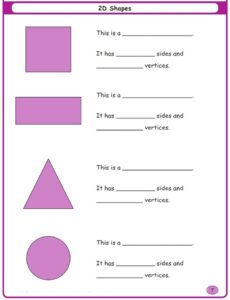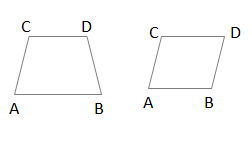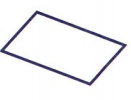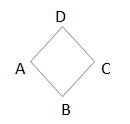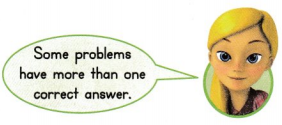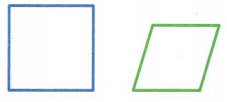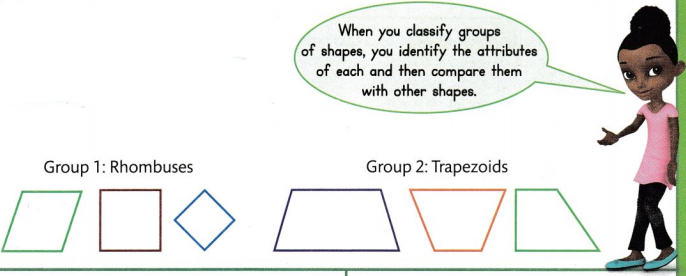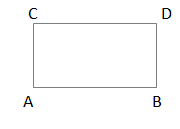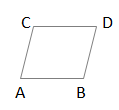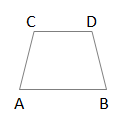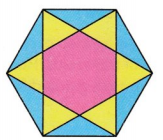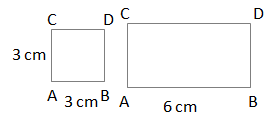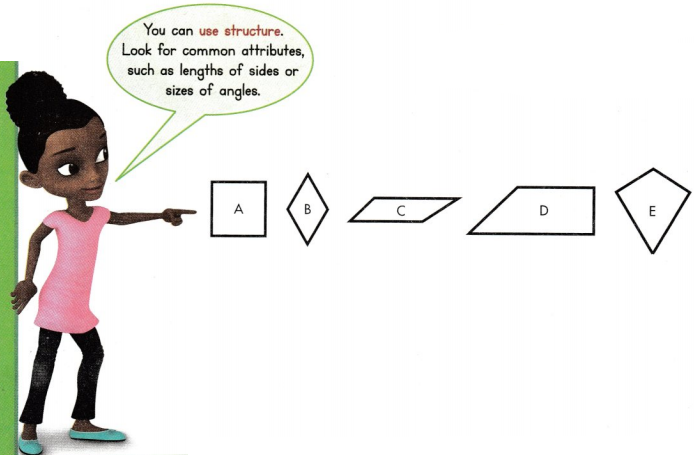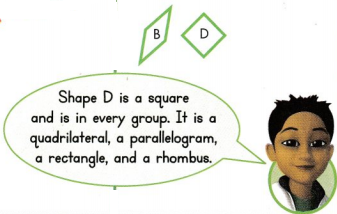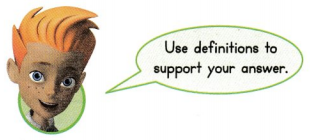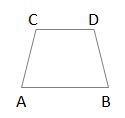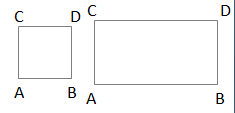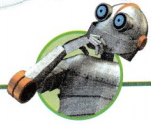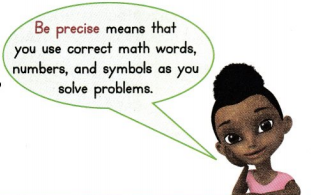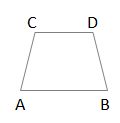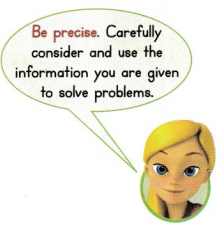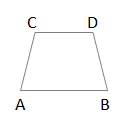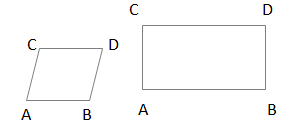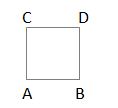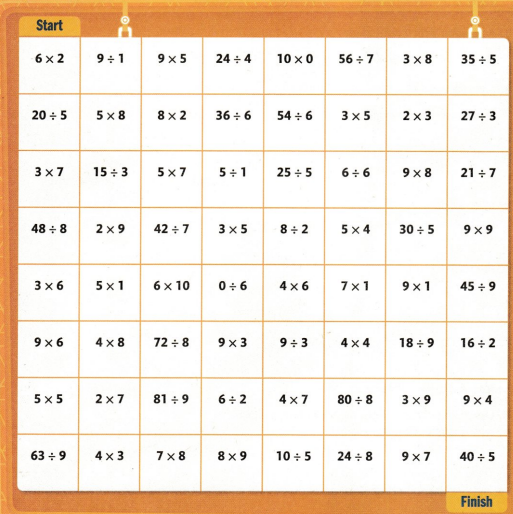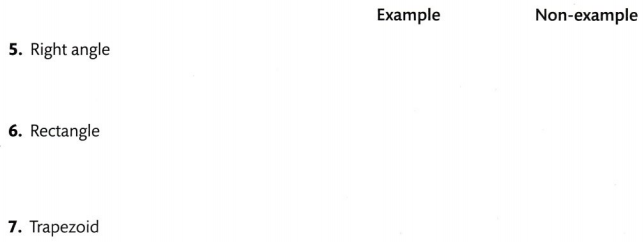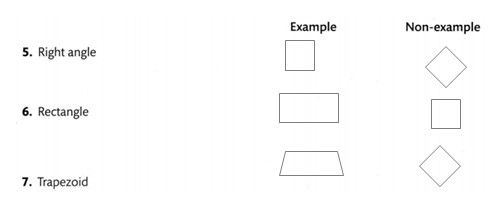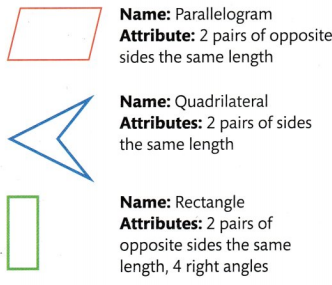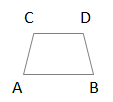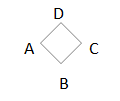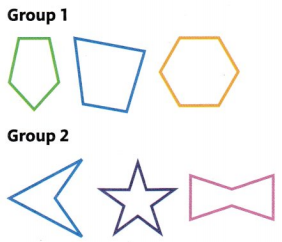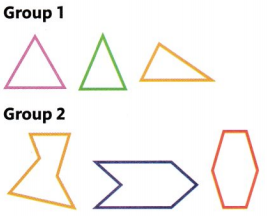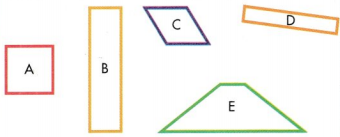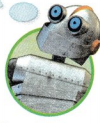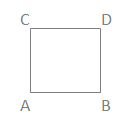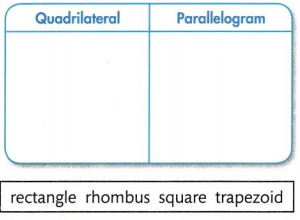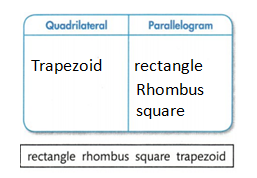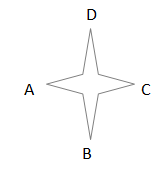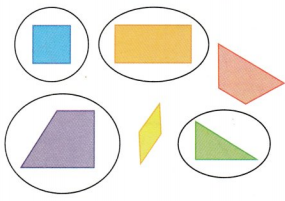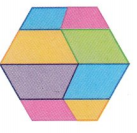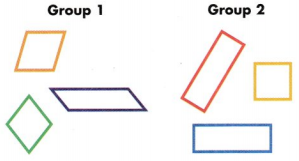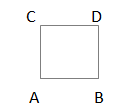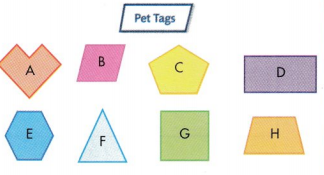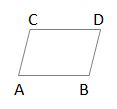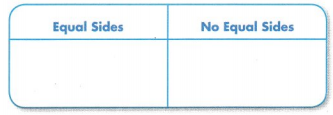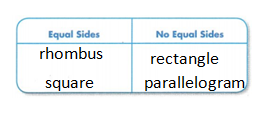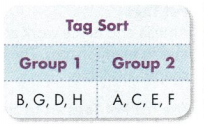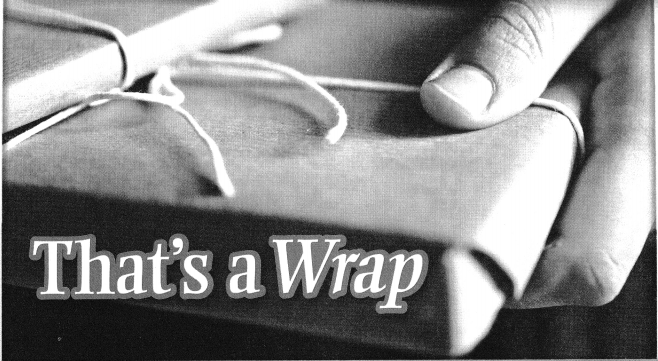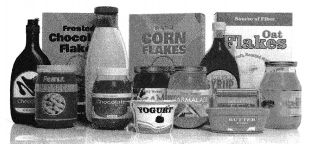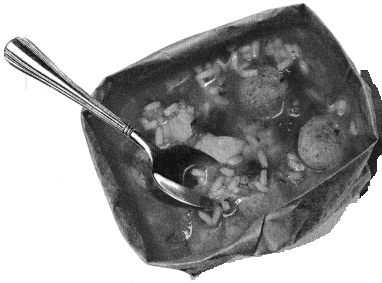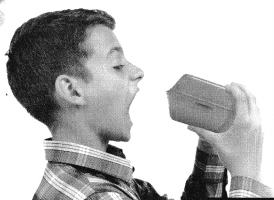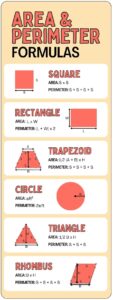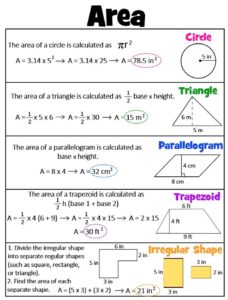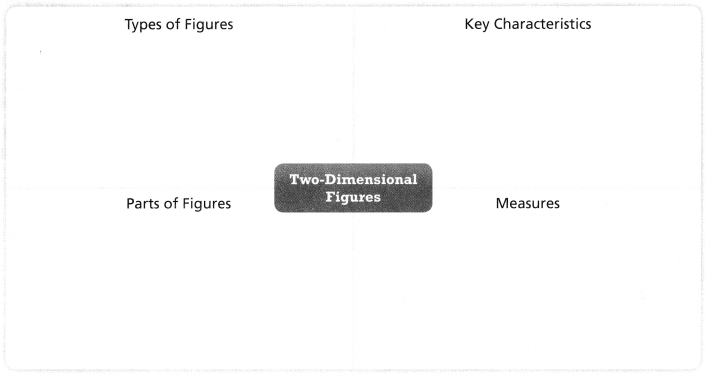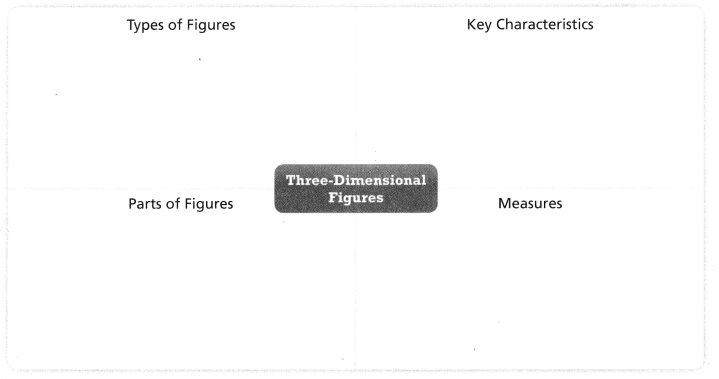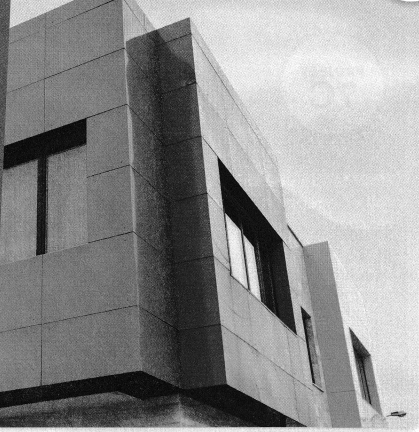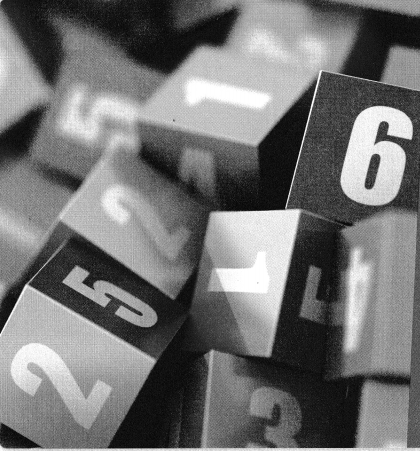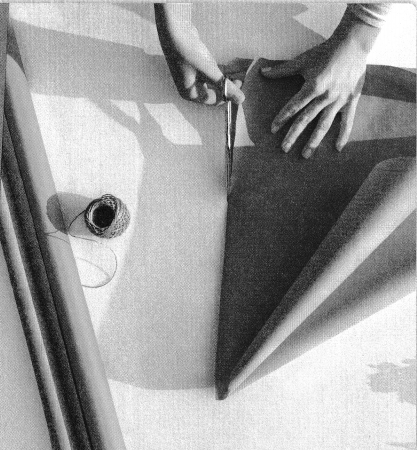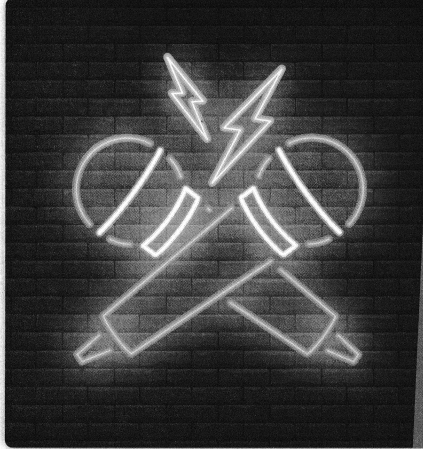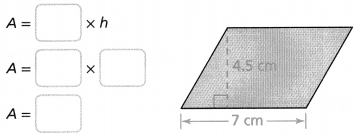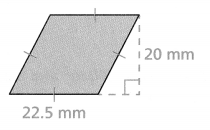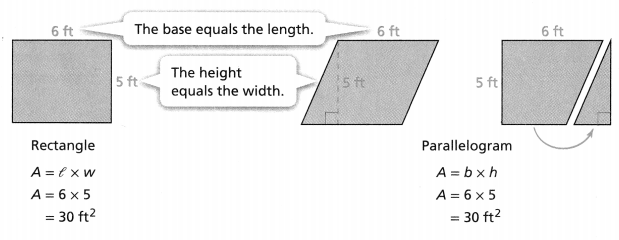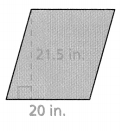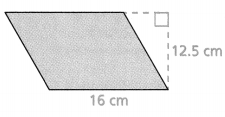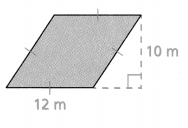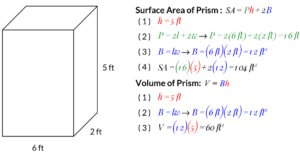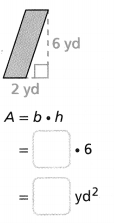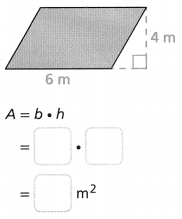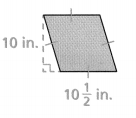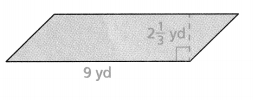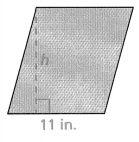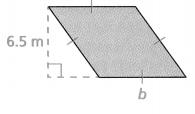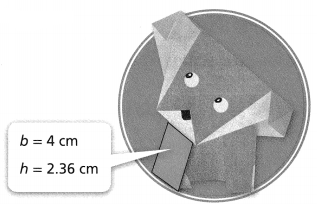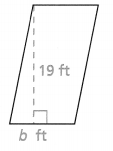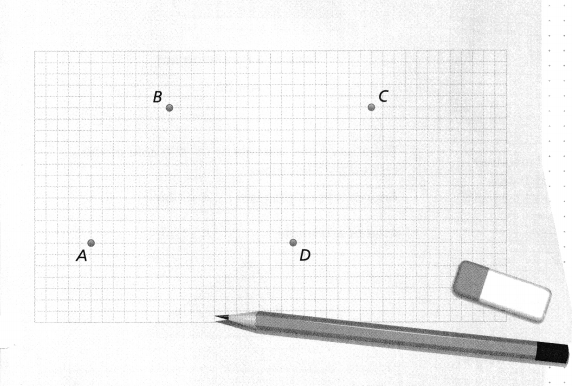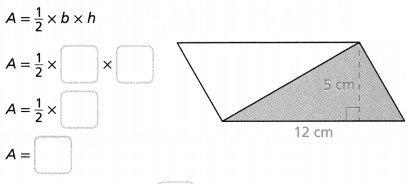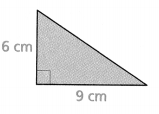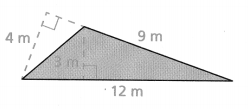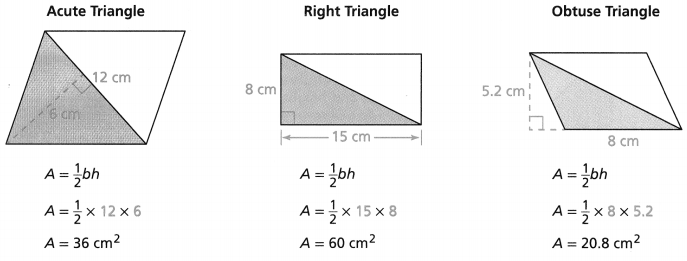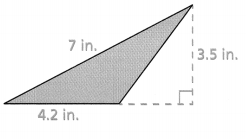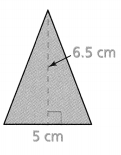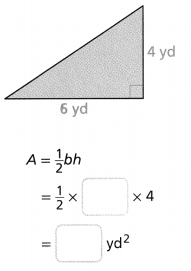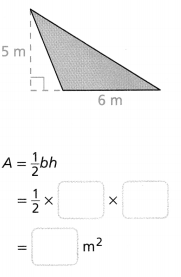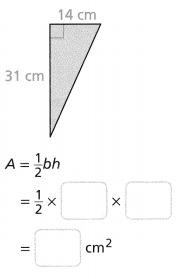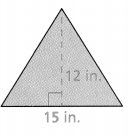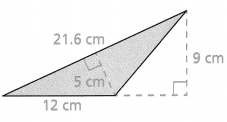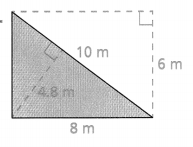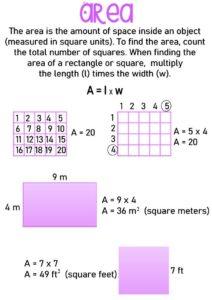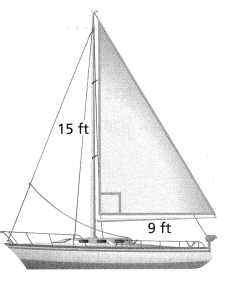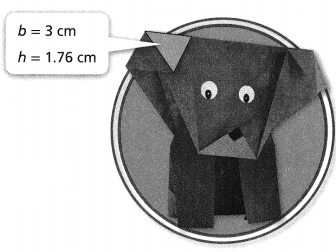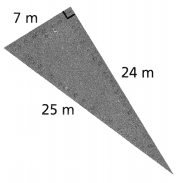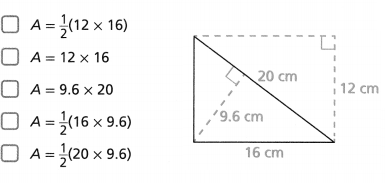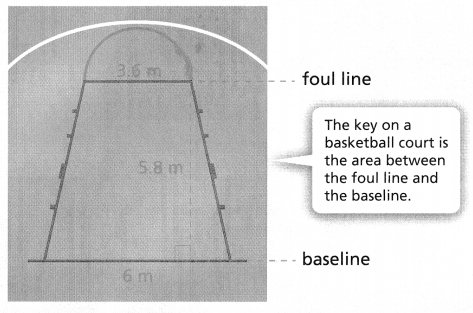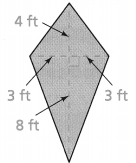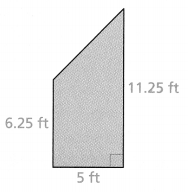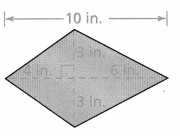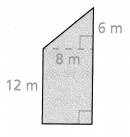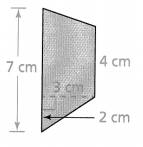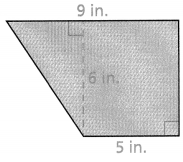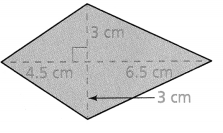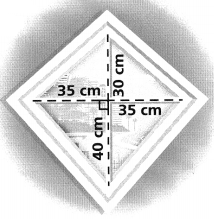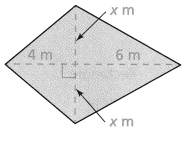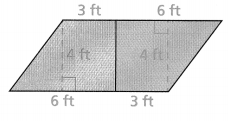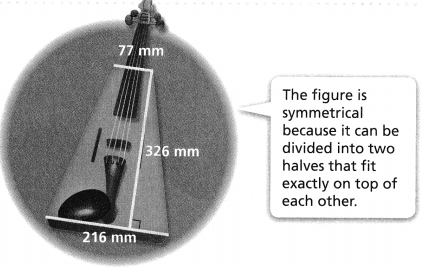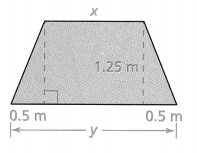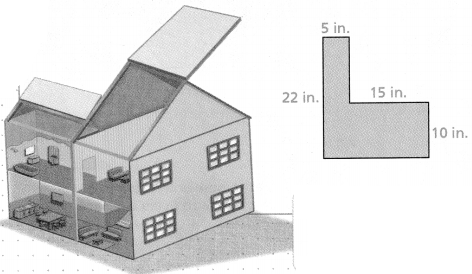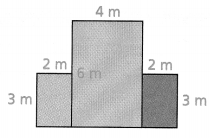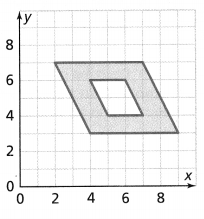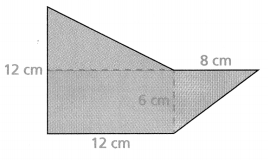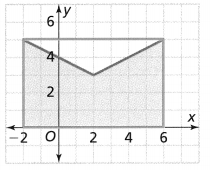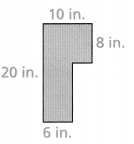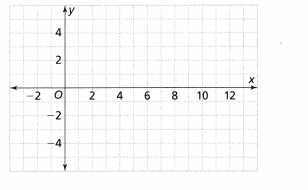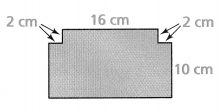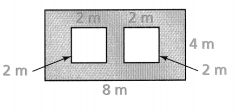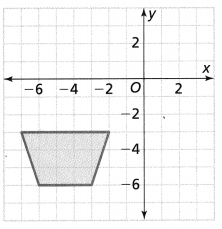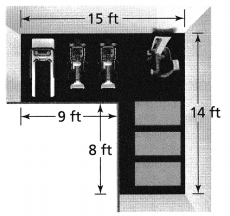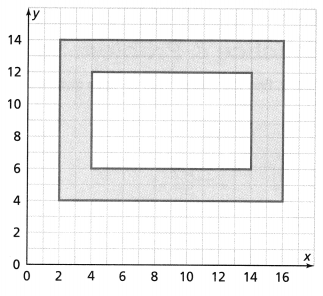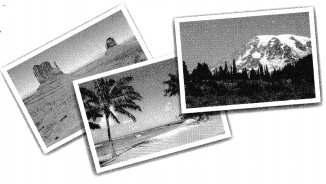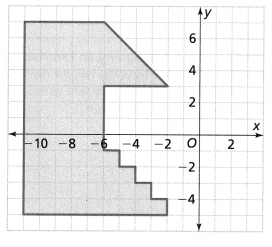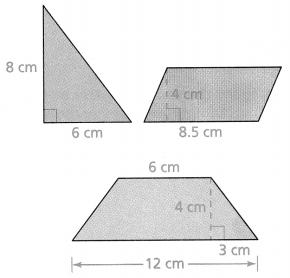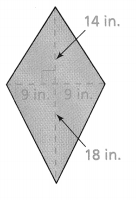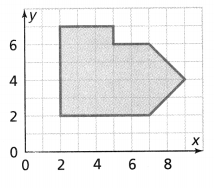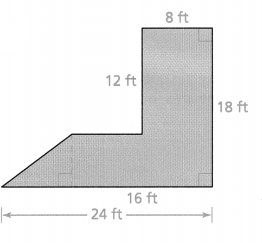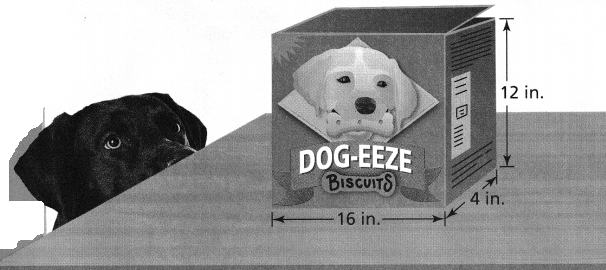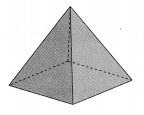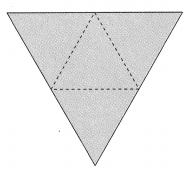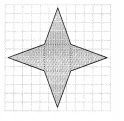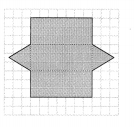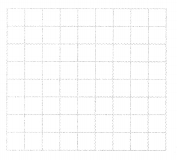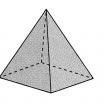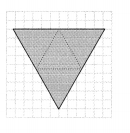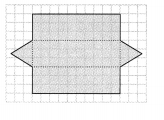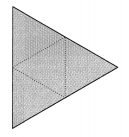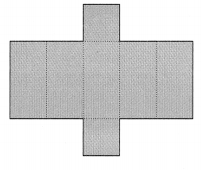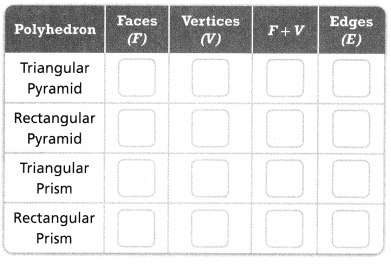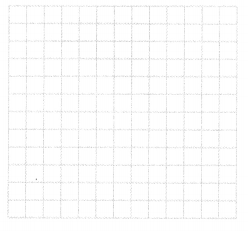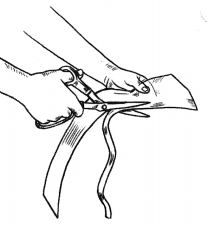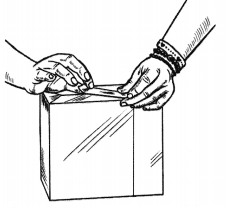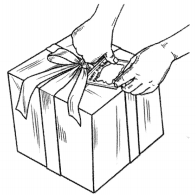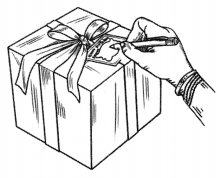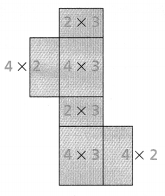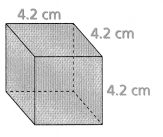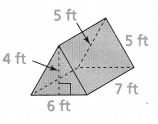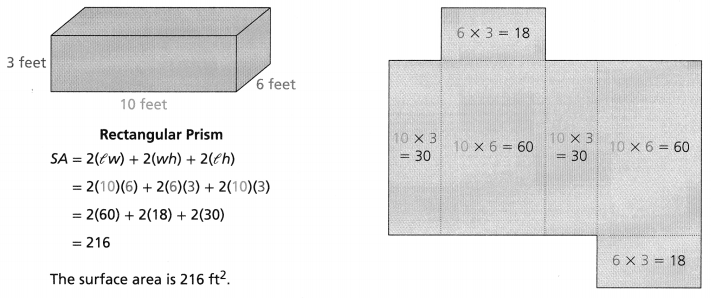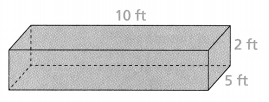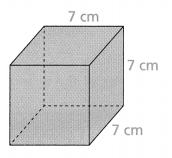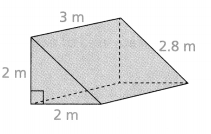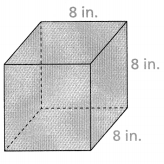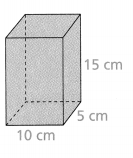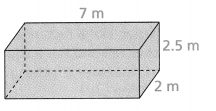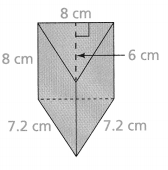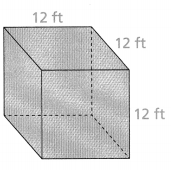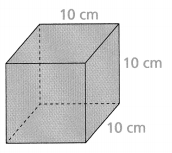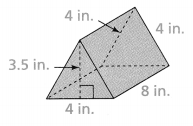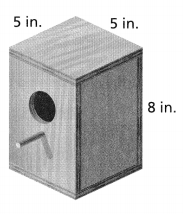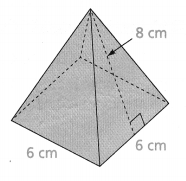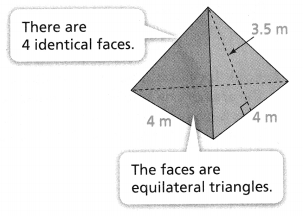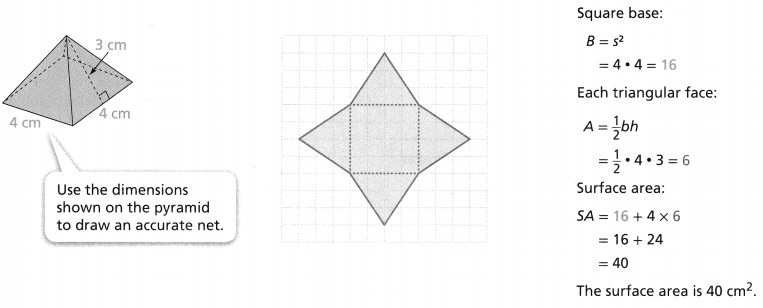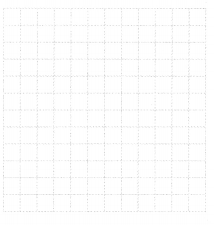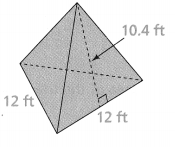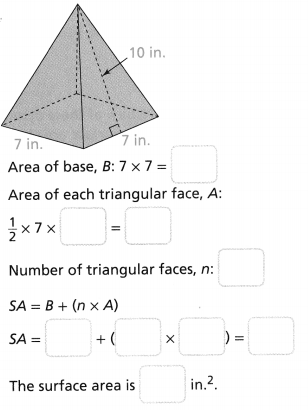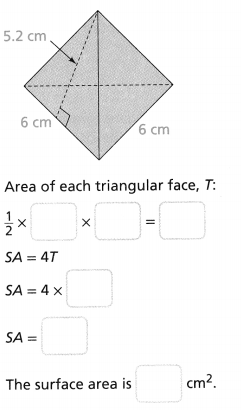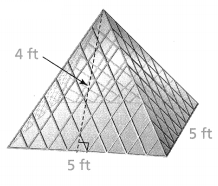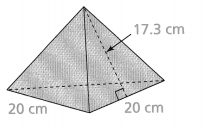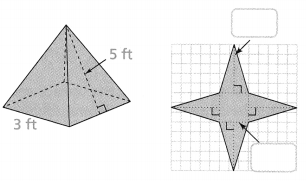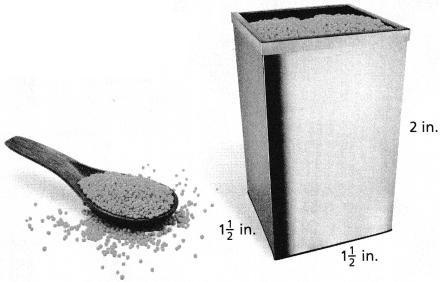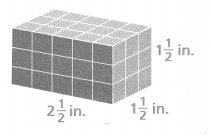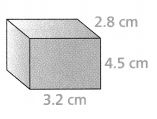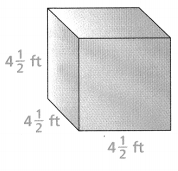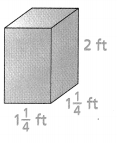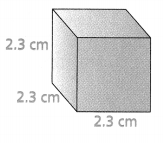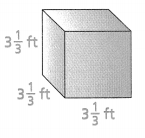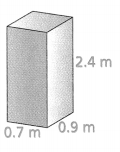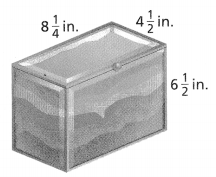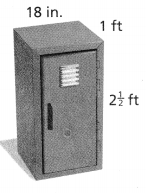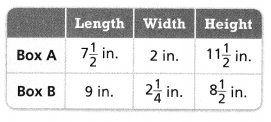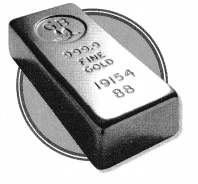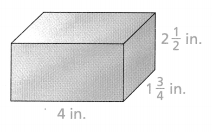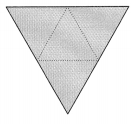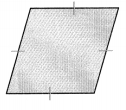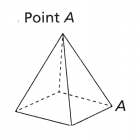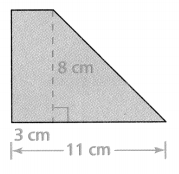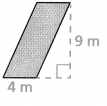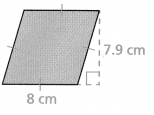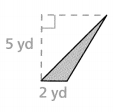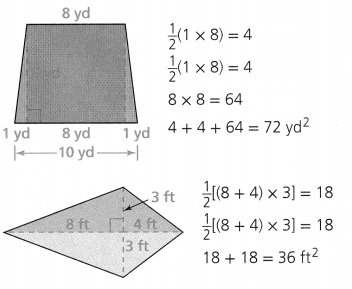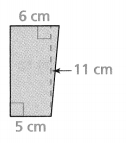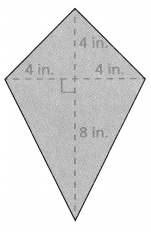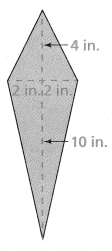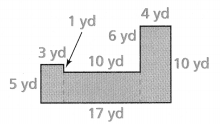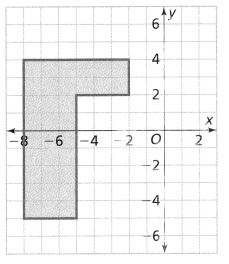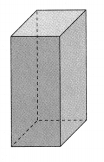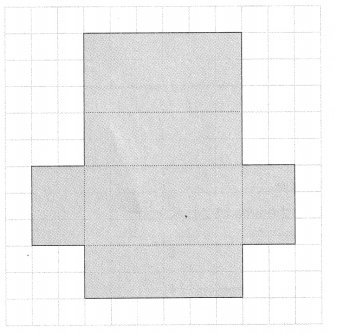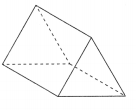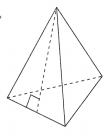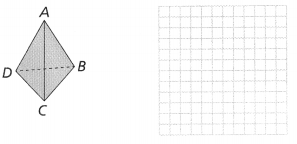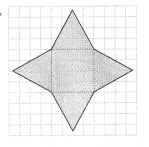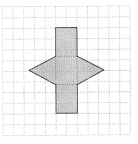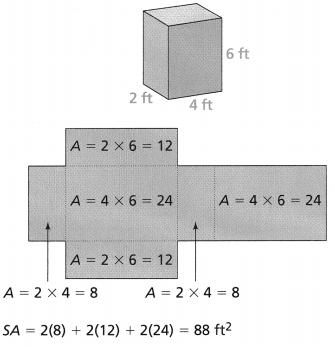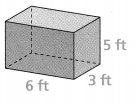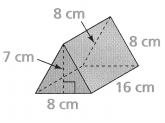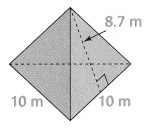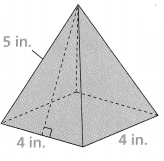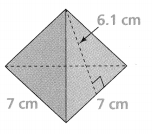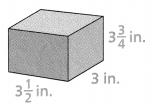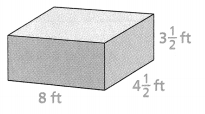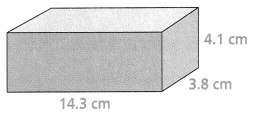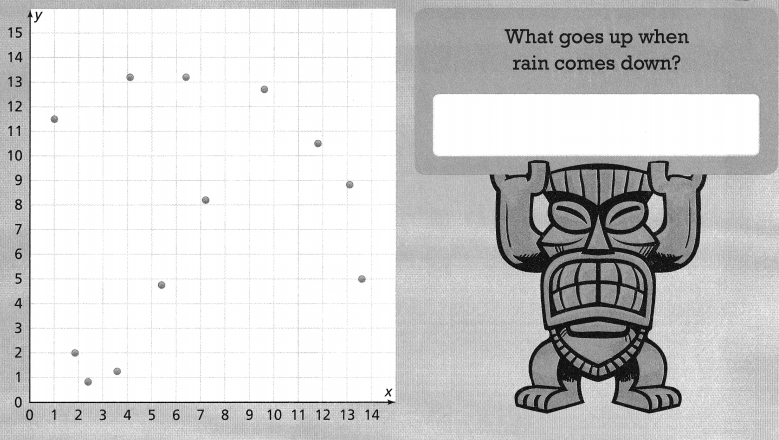Go through the enVision Math Common Core Grade 1 Answer Key Topic 8 Understand Place Value regularly and improve your accuracy in solving questions.
enVision Math Common Core 1st Grade Answers Key Topic 8 Understand Place Value
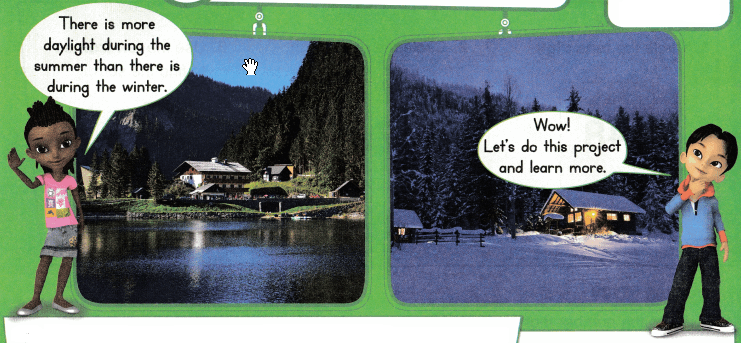
enVision STEM Project: Daylight Throughout the Year
Find Out Talk to friends and relatives about why there is more daylight in summer than in winter.
Ask them to help you find information about the changes in daylight each season.
Journal: Make a Book Draw pictures of the tilting globe and the sun at different times of the year. In your book, also:
- Add labels to show summer and winter.
- Write a sentence to describe the pattern of the seasons in your own words.
Review What You Know
Vocabulary
Question 1.
Circle the tens digit.

Answer:
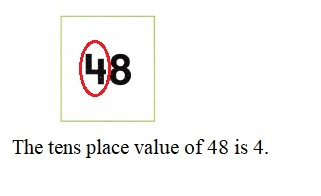
Explanation:
Given 2 digit number 48.
Two digit number have tens place and ones place.
4 is in tens place and 8 in ones place
4 is circled as tens digit.
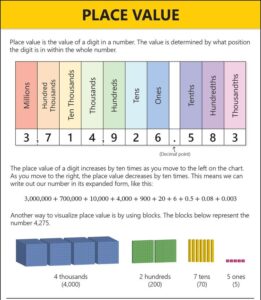
Question 2.
Circle the ones digit.
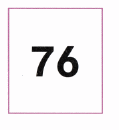
Answer:
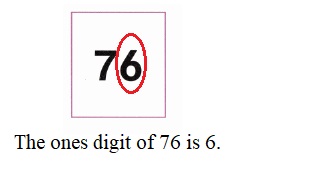
Explanation:
Given 2 digit number 76.
Two digit number have tens place and ones place.
7 is in tens place and 6 in ones place
6 is circled as ones digit.
Question 3.
Use the ten-frames to find the sum.
7 + 9 = ___
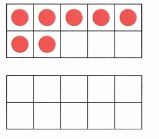
Answer:

Counting to 120
Question 4.
Write the number that comes next when counting forward by Is. Use a hundred chart to help you.
110, 111, 112, ____
Answer:
110, 111, 112, 113
Explanation:
Given
A sequence of 3 digit numbers
110, 111, 112, ____ and asked to find the 4th digit by counting forward by Is
3 digit number have hundreds place tens place and ones place
Since counting forward by 1s
we add the 1 to the ones place of 3rd digit to get the 4th digit keeping the tens place and hundreds place constant.
112 + 001 = 113.
Missing number is 113.
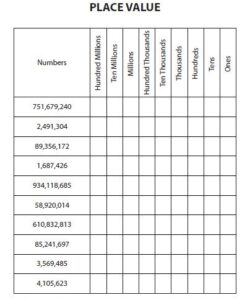
Question 5.
Maria counts by 10s. She starts at 30. Write the missing numbers.
30, ___, ___
60, ___
Answer:
30, _40__, _50__
60, _70__
Explanation:
Maria counts by 10s
Given
30, ___, ___ and 2 number missing to find the missing number we add 1 to the tens place keeping ones place constant.
given
30 = 3 is tens digit and 0 ones digit.
Adding tens digit with 1
3 + 1 = 4, 4 + 1 = 5.
30, _40__,_50__
60 = 6 tens digit and 0 ones digit
60 + 10 = 70
60, _70__
Hundred Chart
Question 6.
Write the missing numbers in this part of the hundred chart.

Answer:

pick a Project
PROJECT 8A
What do you put on your hot dog?
Project: Act Out Serving Up Hot Dogs
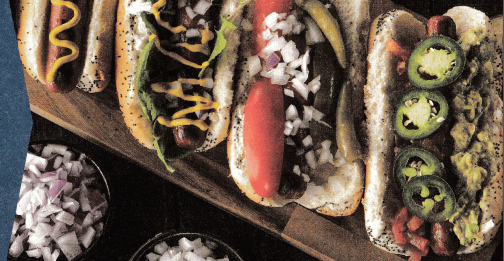
Answer:
Topping on the Hot dog
1. Hot dog bun.
2. Veg- dog or Non- Veg dog
3. Onion
4. Jalapenos
5. Lattice
6. Herbs
7. Sauces.
PROJECT 8B
What is your favorite color?
Project: Make a Color Poster
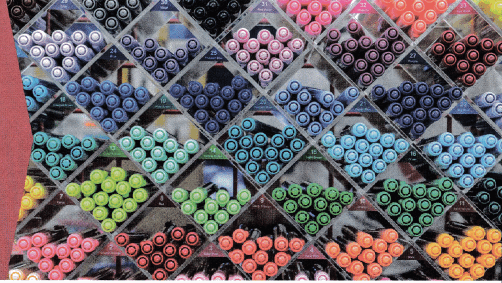
PROJECT 8C
Can you eat a tiger?
Project: Play a Cracker Stack Game
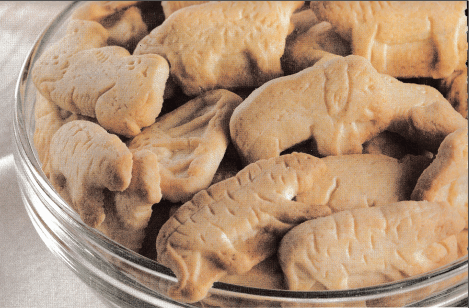
PROJECT 8D
Which sea creatures have 10 legs?
Project: Make a Finger Painting

Answer:
Lesson 8.1 Make Numbers 11 to 19
Solve & Share
Use counters and ten-frames to show 12, then 15, and then 18. Draw your counters in the ten-frames below. Tell what is the same and different about each number you show.
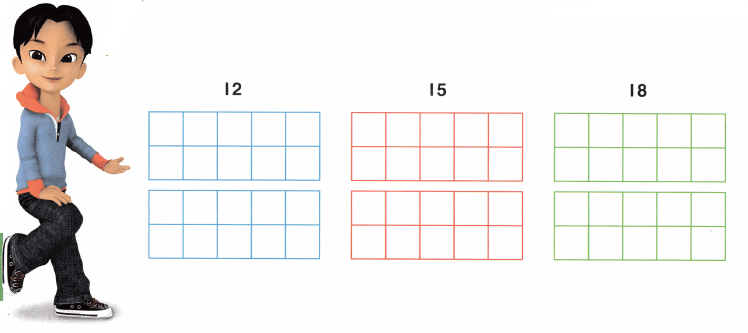
Visual Learning Bridge

Answer:
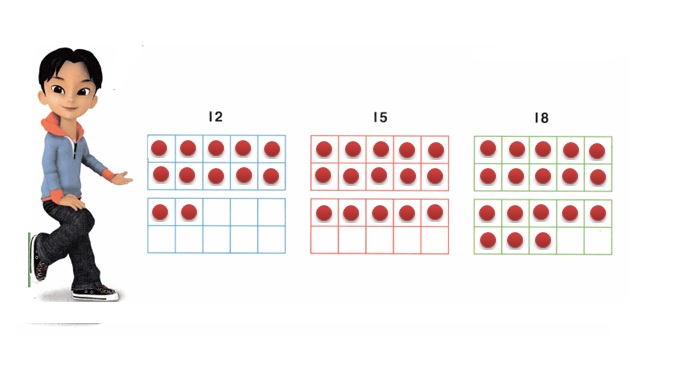
Convince Me!
How could you use ten-frames to show 13 counters?
Answer:

Explanation:
one group of 10 ones = 1 ten
13 is made up of one group of 10 ones and 3 ones
13 is 1 ten and 3 ones.

Guided Practice
Use counters to make each number. Then write each number as I ten and some ones.
Question 1.
twelve
 is 1 ten and
is 1 ten and ![]() ones.
ones.
Answer:
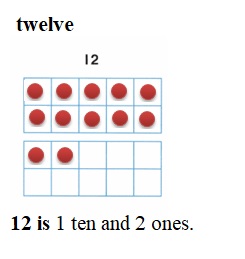
Explanation:
one group of 10 ones = 1 ten
12 is made up of one group of 10 ones and 2 ones
12 = 10 + 2
12 is 1 ten and 2 ones.
Question 2.
fourteen
![]() is 1 ten and ___ ones.
is 1 ten and ___ ones.
Answer:

Explanation:
one group of 10 ones = 1 ten
14 is made up of one group of 10 ones and 4 ones
14 = 10 + 4
14 is 1 ten and 4 ones.
Question 3.
fifteen
![]() is 1 ten and __ ones.
is 1 ten and __ ones.
Answer:
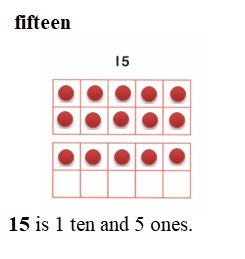
Explanation:
one group of 10 ones = 1 ten
15 is made up of one group of 10 ones and 5 ones
15 = 10 + 5
15 is 1 ten and 5 ones.
Independent Practice
Use counters to make each number. Then write the word or number.
Question 4.
sixteen
![]() is ___ ten and 6 ones.
is ___ ten and 6 ones.
Answer:

Explanation:
one group of 10 ones = 1 ten
16 is made up of one group of 10 ones and 6 ones
16 = 10 + 6
16 is 1 ten and 6 ones.
Question 5.
____
![]() is 1 ten and 8 ones.
is 1 ten and 8 ones.
Answer:
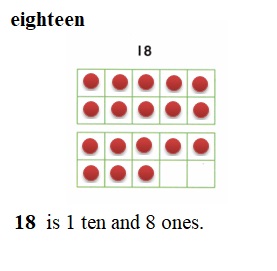
Explanation:
one group of 10 ones = 1 ten
18 is made up of one group of 10 ones and 8 ones
18 = 10 + 8
18 is 1 ten and 8 ones.
Question 6.
thirteen
 is 1 ten and __ ones.
is 1 ten and __ ones.
Answer:

 is 1 ten and __ ones.
is 1 ten and __ ones.
Explanation:
one group of 10 ones = 1 ten
13 is made up of one group of 10 ones and 3 ones
13 = 10 + 3
13 is 1 ten and 3 ones.
Question 7.
eleven
![]() is ___ ten and 1 one.
is ___ ten and 1 one.
Answer:
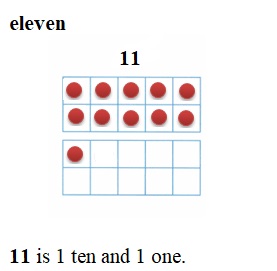
Explanation:
one group of 10 ones = 1 ten
11 is made up of one group of 10 ones and 1 ones
11 = 10 + 1
11 is 1 ten and 1 ones.
Question 8.
_____
 is 1 and 7 ones.
is 1 and 7 ones.
Answer:
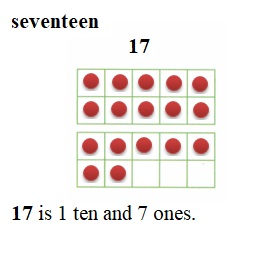
Explanation:
one group of 10 ones = 1 ten
17 is made up of one group of 10 ones and 7 ones
17 = 10 + 7
17 is 1 ten and 7 ones.
Question 9.
nineteen
![]() is 1 ten and 9 ones.
is 1 ten and 9 ones.
Answer:
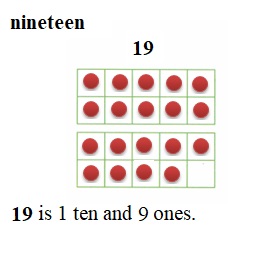
Explanation:
one group of 10 ones = 1 ten
19 is made up of one group of 10 ones and 9 ones
19 = 10 + 9
19 is 1 ten and 9 ones.
Question 10.
Vocabulary Circle the tens and ones that match the words shown.

Answer:
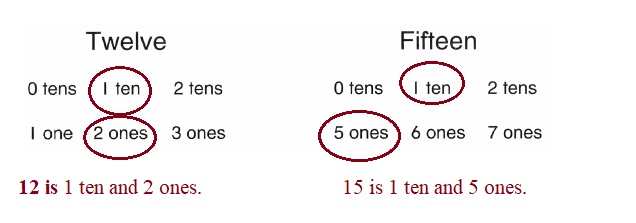
Explanation:
one group of 10 ones = 1 ten
12 is made up of one group of 10 ones and 2 ones
12 = 10 + 2
12 is 1 ten and 2 ones.
Explanation:
one group of 10 ones = 1 ten
15 is made up of one group of 10 ones and 5 ones
15 = 10 + 5
15 is 1 ten and 5 ones.
Problem Solving
Solve each problem below.
Question 11.
Use Tools Jill has 14 buttons and 2 boxes. She puts 10 buttons in one box. How many buttons does Jill put in the other box? Draw counters to solve. Write the numbers.
___ buttons
__ is ___ ten and __ ones.
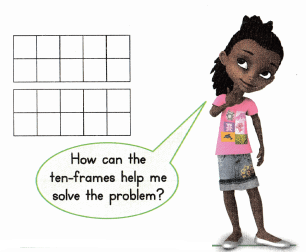
Answer:
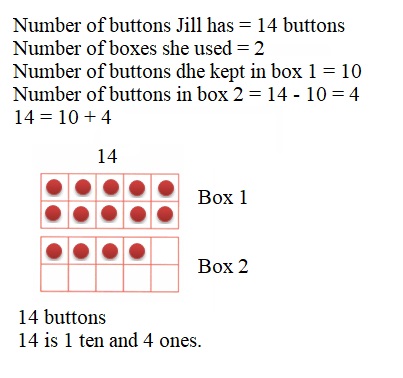
Question 12.
Higher Order Thinking Choose a number between 11 and 14. Draw a picture to show how to make the number with ten-frames. Write the number and the number word.
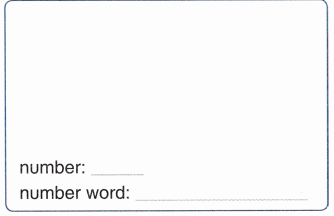
Answer:
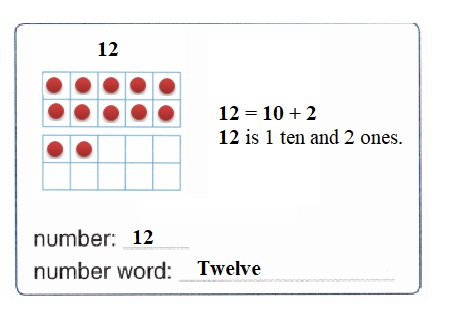
Question 13.
Assessment Practice Match the groups or numbers on the left with the number word on the right.
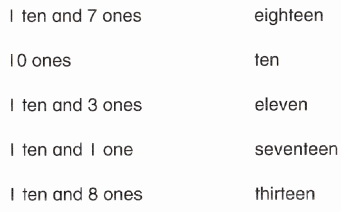
Answer:
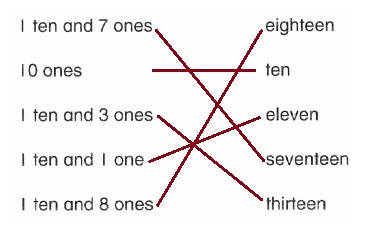
Lesson 8.2 Numbers Made with Tens
Solve & Share
How are 2 tens and 20 ones alike and different?
Use cubes to show your answer. Then draw your cubes.
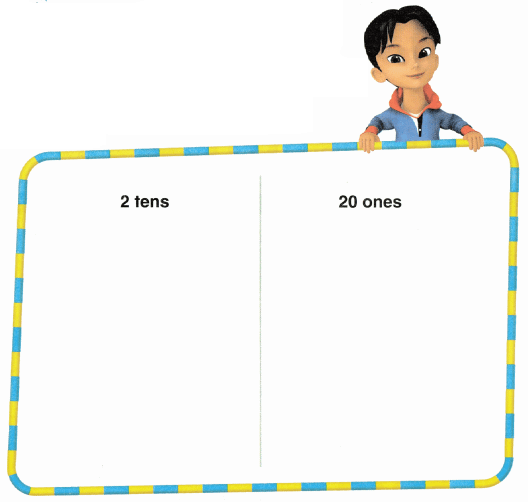
Visual Learning Bridge

Answer:
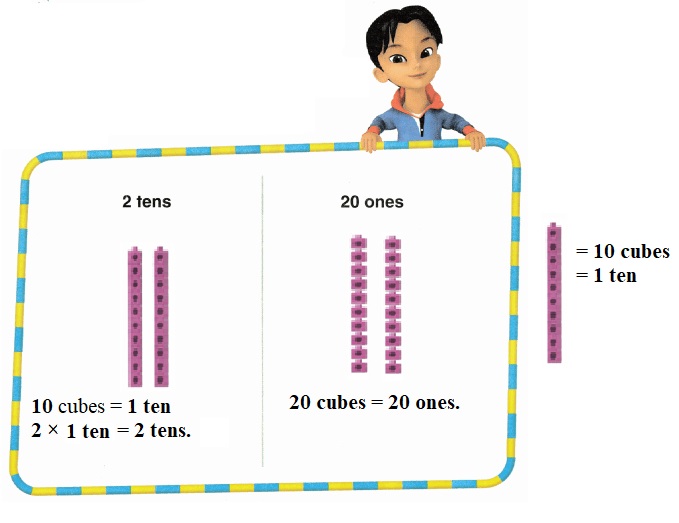
Convince Me!
How many tens are in 90? How do you know?
Answer:

Explanation:
10 cubes make 1 ten.
To count the number of tens in 90
we count by 10’s as 10,20,30,40,50,60,70,80,90.
we count by tens as 1 ten, 2 tens, 3 tens, 4 tens, 5 tens, 6 tens, 7 tens, 8 tens, 9 tens.
There are 90 cubes
90 is 9 tens and 0 ones.
Guided Practice
Use cubes. Count by 10s. Write the numbers.
Question 1

Answer:
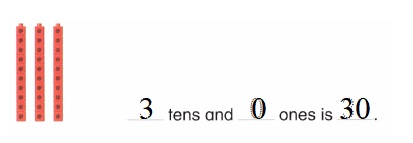
Explanation:
10 cubes make 1 ten.
Here are 3 ten.
Count by 10’s to
10, 20, 30.
There are 30 cubes in all.
3 tens and 0 ones is 30.
Question 2.
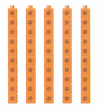
___ tens and ___ ones is ____.
Answer:
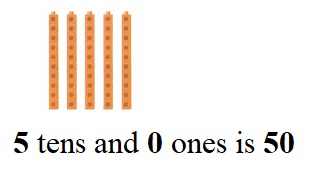
Explanation:
10 cubes make 1 ten.
Here are 5 ten.
Count by 10’s to
10, 20, 30, 40, 50.
There are 50 cubes in all.
5 tens and 0 ones is 50.
Independent Practice
Use cubes. Count by 10s. Draw the cubes. Write the numbers.

Question 3.
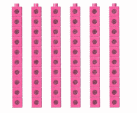
6 tens and 0 ones is ___.
Answer:
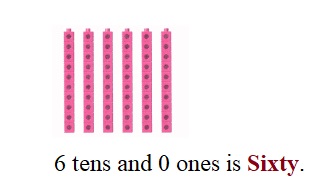
Explanation:
10 cubes make 1 ten.
Here are 6 ten.
Count by 10’s to
10, 20, 30, 40, 50, 60.
There are 60 cubes in all.
6 × 10 = 60.
6 tens and 0 ones is Sixty.
Question 4.
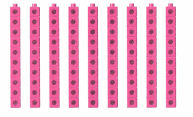
___ tens and ___ ones is 90.
Answer:

Explanation:
10 cubes make 1 ten.
Here are 9 ten.
Count by 10’s to
10, 20, 30, 40, 50, 60, 70, 80, 90.
There are 90 cubes in all.
9 × 10 = 90.
9 tens and 0 ones is Ninety.
Question 5.
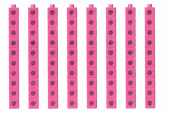
8 tens and 0 ones is ___.
Answer:
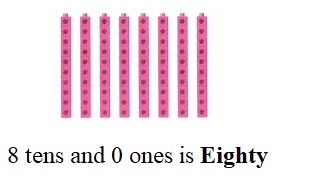
Explanation:
10 cubes make 1 ten.
Here are 8 ten.
Count by 10’s to
10, 20, 30, 40, 50, 60, 70, 80.
There are 80 cubes in all.
8 × 10 = 80.
8 tens and 0 ones is Eighty.
Question 6.
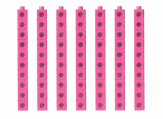
__ tens and ___ ones is 70.
Answer:
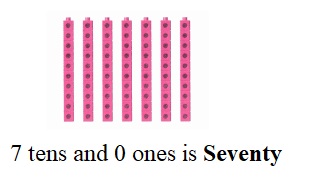
Explanation:
10 cubes make 1 ten.
Here are 7 ten.
Count by 10’s to
10, 20, 30, 40, 50, 60, 70.
There are 70 cubes in all.
7 × 10 = 70.
7 tens and 0 ones is Seventy
Question 7.
Number Sense Joey has 2 tens. He wants to trade the tens for ones. How many ones should Joey get?
____ ones

Answer:
Number of tens Joey has = 2 tens
Joey wants to trade tens for ones.
1 ten = 10 ones
So, 2 tens = 2 × 10 = 20 ones.
Joel gets 20 ones foe 2 tens.
Problem Solving
Solve the problems below.
Question 8.
Reasoning There are 2 buses. 10 people are in each bus. How many people ride in the buses? Count by 10s. Draw a picture to solve.
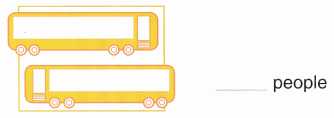
Answer:

Question 9.
Reasoning George has 3 boxes of pens. 10 pens are in each box. How many pens does George have?
___ pens
Answer:
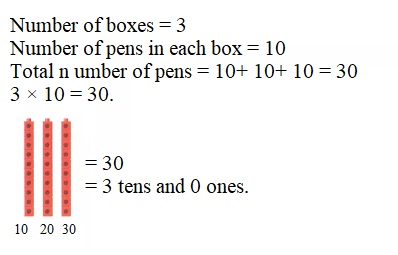
Question 10.
Higher Order Thinking Brian has a book. He reads 10 pages every day. Show how many pages Brian reads in 5 days. Use pictures, numbers, or words.
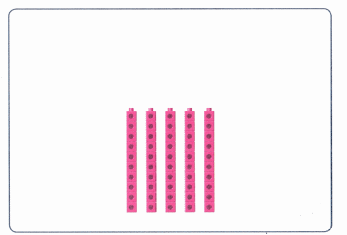
Answer:
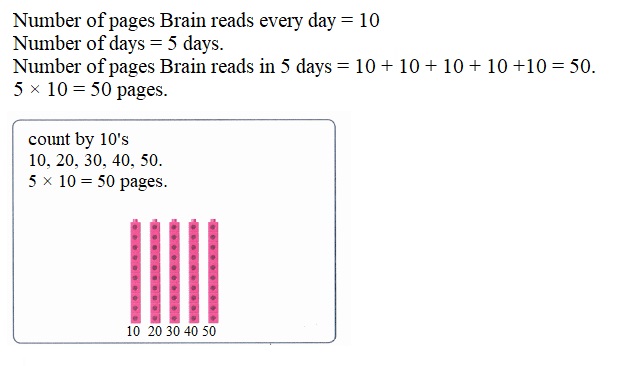
Question 11.
Assessment Practice
Beth has 4 jars. Each jar has 10 bouncy balls in it. How many bouncy balls does Beth have in all?


Answer:
Number of Jars Beth has = 4
Number of bouncy balls in each jar = 10
Total number of bouncy balls in the 4 jars = 10 + 10 + 10 + 10 = 40
4 × 10 = 40.
C)40 is the answer.
There are 40 bouncy balls in the jars.
Lesson 8.3 Count with Groups of Tens and Ones
Solve & Share
Tara has 34 cubes. How many groups of 10 can she make with the cubes? Show your work in the space below.

Answer:
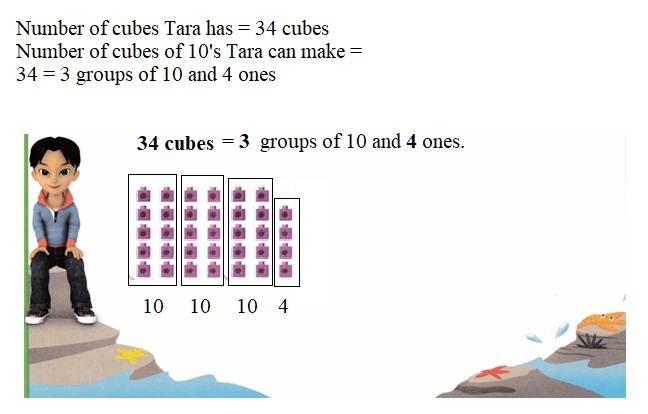
Visual Learning Bridge

Convince Me!
Why does 37 have 3 groups of 10 and not 4 groups of 10?
Answer:
37 = 10 + 10 + 10 + 7
= 3 tens and 7 ones
= 3 groups of 10 and 7 ones.
4 groups of 10 = 10 + 10 + 10 + 10 = 40
So, 37 has 3 groups of 10 and 7 ones.
Guided Practice
Circle groups of 10. Write the numbers.
Question 1.

Answer:
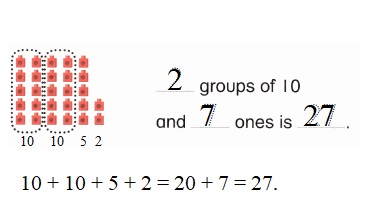
Explanation:
2 sets of 5 cubes make 10.
Here 5 sets of 5 cubes and 2 cubes
out of 5 set of 5 cubes 4 sets of 5 cubes make a
5 + 5 = 10
5 + 5 = 10
2 group of 10’s are formed.
The left over cubes are ones = 5 + 2 = 7 ones.
2 groups of 10’s and 7 ones = 27 .
Question 2.

Answer:
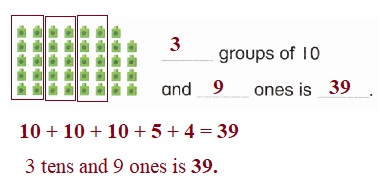
Explanation:
2 sets of 5 cubes make 10.
Here 7 sets of 5 cubes and 9 cubes
out of 7 set of 5 cubes 6 sets of 5 cubes make a
5 + 5 = 10
5 + 5 = 10
5 + 5 = 10
3 group of 10’s are formed.
The left over cubes are ones = 5 + 4 = 9 ones.
3 groups of 10’s and 9 ones = 39.
Independent Practice
Circle the groups of 10. Write the numbers.
Question 3.

___ groups of 10 and ___ ones is ___.
Answer:
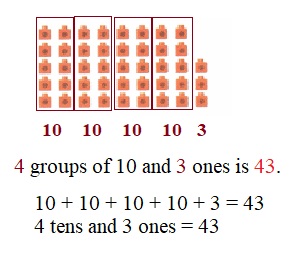
Explanation:
2 sets of 5 cubes make 10.
Here 8 sets of 5 cubes and 3 cubes
8 sets of 5 cubes make a
5 + 5 = 10
5 + 5 = 10
5 + 5 = 10
5 + 5 = 10
4 group of 10’s are formed.
The left over cubes are ones = 3 = 3 ones.
4 groups of 10’s and 3 ones = 43.
Question 4.

___ groups of 10 and __ ones is ____.
Answer:
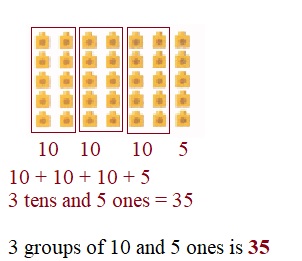
Explanation:
2 sets of 5 cubes make 10.
Here 7 sets of 5 cubes
out of 7 set of 5 cubes 6 sets of 5 cubes make a
5 + 5 = 10
5 + 5 = 10
5 + 5 = 10
3 group of 10’s are formed.
The left over cubes are ones = 5 = 5 ones.
3 groups of 10’s and 5 ones = 35.
Question 5.

___ group of 10 and ___ ones is ___.
Answer:
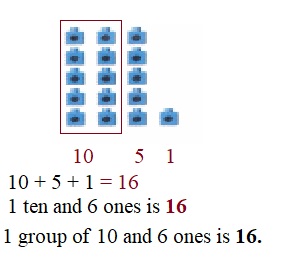
Explanation:
2 sets of 5 cubes make 10.
Here 3 sets of 5 cubes and 1 cubes
out of 3 set of 5 cubes 2 sets of 5 cubes make a
5 + 5 = 10
1 group of 10’s are formed.
The left over cubes are ones = 5 + 1 = 6 ones.
1 groups of 10’s and 6 ones = 16.
Question 6.

___ groups of 10 and ___ ones is ___.

Write the number of groups of 10 and the number of ones. Then write the total.
Answer:
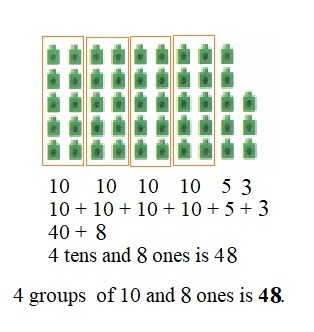
Explanation:
2 sets of 5 cubes make 10.
Here 9 sets of 5 cubes and 3 cubes
out of 9 set of 5 cubes 8 sets of 5 cubes make a
5 + 5 = 10
5 + 5 = 10
5 + 5 = 10
5 + 5 = 10
4 group of 10’s are formed.
The left over cubes are ones = 5 +3 = 8 ones.
4 groups of 10’s and 8 ones = 48.
Question 7.

___ groups of 10 and ___ ones is ___.
Answer:
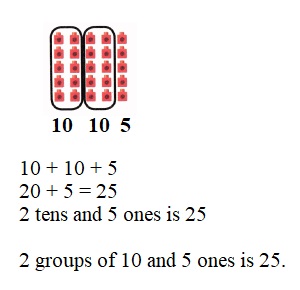
Explanation:
2 sets of 5 cubes make 10.
Here 5 sets of 5 cubes
out of 5 set of 5 cubes 4 sets of 5 cubes make a
5 + 5 = 10
5 + 5 = 10
2 group of 10’s are formed.
The left over cubes are ones = 5 = 5 ones.
2 groups of 10’s and 5 ones = 25.
Question 8.

__ groups of 10 and ___ ones is __.
Answer:
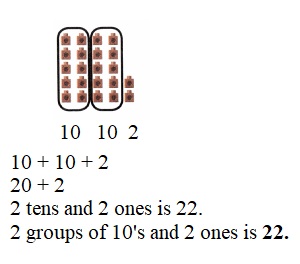
Explanation:
2 sets of 5 cubes make 10.
Here 4 sets of 5 cubes
4 sets of 5 cubes make a
5 + 5 = 10
5 + 5 = 10
2 group of 10’s are formed.
The left over cubes are ones = 2 = 2 ones.
2 groups of 10’s and 2 ones = 22.
Problem Solving
Draw a picture and write the numbers to solve each Solving problem below.
Question 9.
Model A monkey has 32 bananas. 10 bananas are in each bunch.

How many bunches are there? ____
How many bananas are left over? ___
Answer:
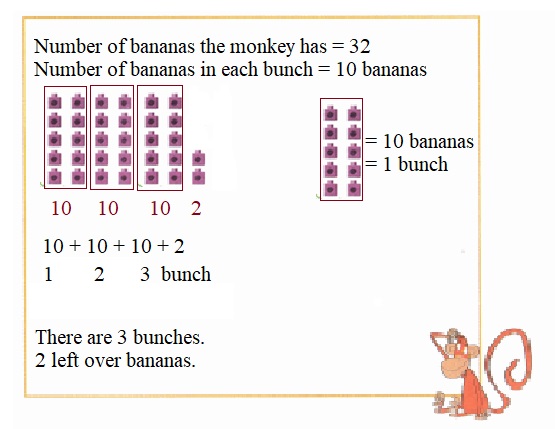
Question 10.
Model The dogs have 21 bones. 10 bones are in each bowl.
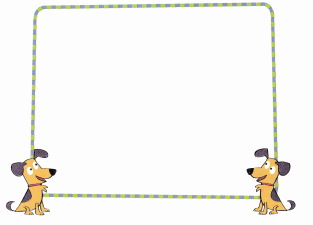
How many bowls are there? ____
How many bones are left over? ____
Answer:
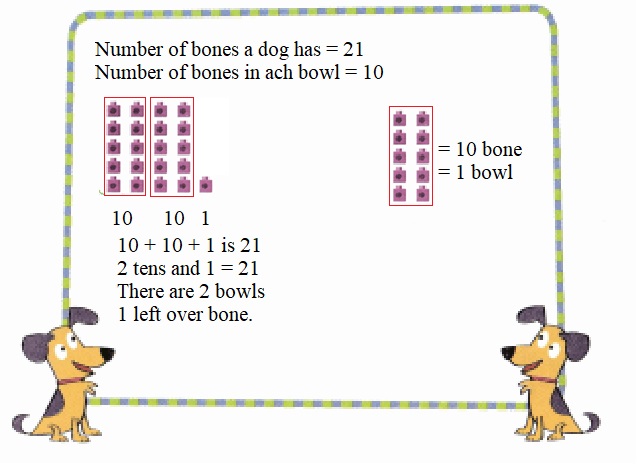
Question 11.
Higher Order Thinking
Amil writes a number. His number has 5 groups of 10. His number has less than 9 ones. What number could Amil have written? ____
Answer:
Number of groups of 10’s Amil number has = 5
10 + 10 + 10 + 10 + 10 = 50
Number of ones Amil number has = less than 9
less than 9 may be = 1,2, 3, 4, 5, 6, 7, 8.
The number may be
5 groups of 10’s and 1 ones = 51
5 groups of 10’s and 2 ones = 52
5 groups of 10’s and 3 ones = 53
5 groups of 10’s and 4 ones = 54
5 groups of 10’s and 5 ones = 55
5 groups of 10’s and 6 ones = 56
5 groups of 10’s and 7 ones = 57
5 groups of 10’s and 8 ones = 58.
Amil number may be 51, 52, 53, 54, 55, 56, 57, 58.
Question 12.
Assessment Practice
A store has 5 bunches of grapes and 3 left over. Each bunch has 10 grapes. How many grapes are there in all? Explain.
Answer:
Number of bunches of grapes in the store = 5
Number of grapes in each bunch = 10 grapes
Number of left over = 3
Number of grapes in 5 bunches = 10 + 10 + 10 + 10 + 10 = 50 grapes.
Total number of grapes = 50 grapes and 3 left over is 53 grapes.
Lesson 8.4 Tens and Ones
Solve & Share
Estimate how many cubes are in your bag. Then empty the bag in the space below. Without counting each cube, estimate how many cubes there are. Write each estimate.
Now count the cubes and write the total number of cubes.
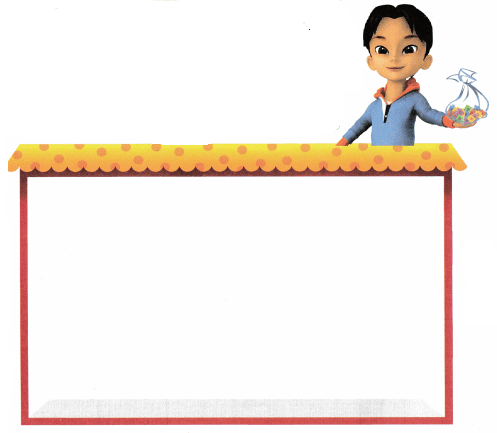
Estimate 1: ___ cubes
Estimate 2: ___ cubes
Actual amount: ___ cubes
Answer:
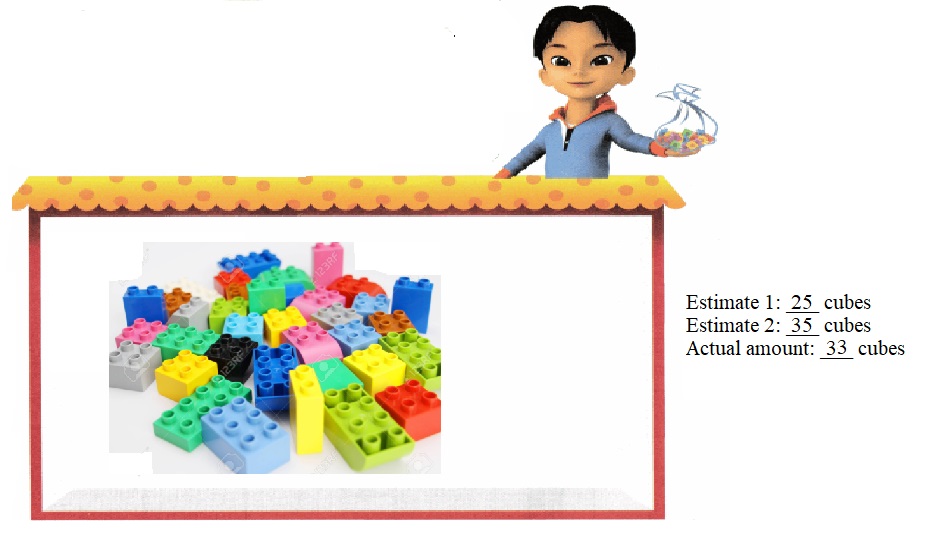
Visual Learning Bridge

Convince Me!
How are these numbers alike? How are they different?

Answer:
46 and 64 are two digit numbers
Two digit number have tens and ones.
Both the number have tens and ones digits only.
They are different as the place values of the number are different.
46 has 4 in tens place and 6 in ones place
64 has 6 in tens place and 4 in ones place .
Guided Practice
Use cubes. Count the tens and ones. Then write the numbers.
Question 1.

Answer:
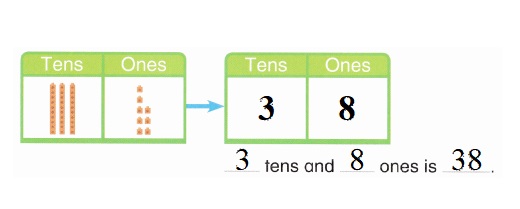
Explanation:
Given
3 sets of 10 cubes in tens place
5 + 3 = 8 cubes in ones place
30 + 8 = 38.
3 tens and 8 ones is 38.
3 in 38 is the tens digit
8 in 38 is the ones digit.
Question 2.

Answer:
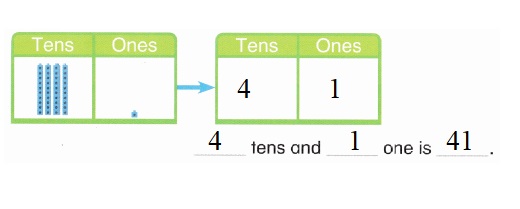
Explanation:
Given
4 sets of 10 cubes in tens place
1 cubes in ones place
40 + 1 = 41
4 tens and 1 ones is 41.
4 in 41 is the tens digit
1 in 41 is the ones digit.
Independent Practice
Use cubes. Count the tens and ones. Then write the numbers.
Question 3.

___ Ten and ___ ones is ___.
Answer:
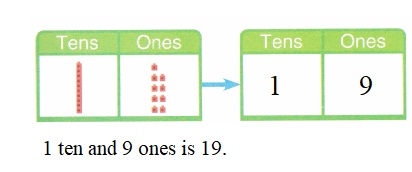
Explanation:
Given
1 sets of 10 cubes in tens place
5 + 4 = 9 cubes in ones place
10 + 9 = 19
1 ten and 9 ones is 19.
1 in 19 is the tens digit
9 in 19 is the ones digit.
Question 4.

___ tens and ___ ones is ___.
Answer:
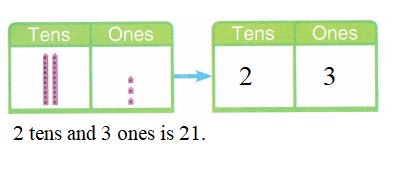
Explanation:
Given
2 sets of 10 cubes in tens place
3 cubes in ones place
20 + 3 = 23
2 tens and 3 ones is 23.
2 in 23 is the tens digit
3 in 23 is the ones digit.
Question 5.

___ tens and ___ ones is ___.
Answer:
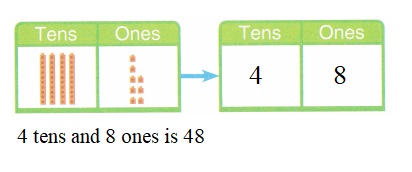
Explanation:
Given
4 sets of 10 cubes in tens place
5 + 3 = 8 cubes in ones place
40 + 8 = 48
4 tens and 8 ones is 48.
4 in 48 is the tens digit
8 in 48 is the ones digit.

Solve the problem below any way you choose.
Question 6.
Number Sense Bill writes a number. It has the same number of tens and ones. What could Bill’s number be?
Answer:
The number Bill wrote has same number of tens and ones.
Bills number may be any of these numbers.
1 ten and 1 one is 11
2 tens and 2 ones is 22
3 tens and 3 ones is 33
4 tens and 4 ones is 44
5 tens and 5 ones is 55
6 tens and 6 ones is 66
7 tens and 7 ones is 77
8 tens and 8 ones is 88
9 tens and 9 ones is 99.
Bill number may be 11, 22, 33, 44, 55, 66, 77, 88, 99.
Problem Solving
Solve each problem below.
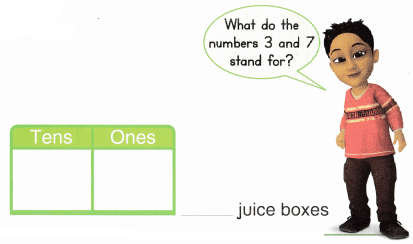
Answer:
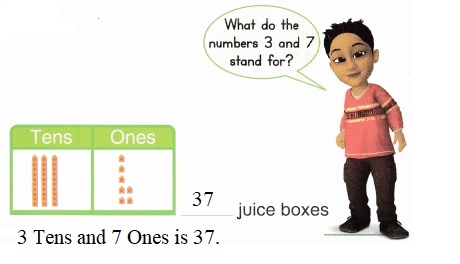
Question 7.
Reasoning Luz has juice boxes at her party. There are 3 packages of 10 and 7 extra juice boxes.
How many juice boxes are there in all?
Write the number of tens and ones. Then write the total number of juice boxes.
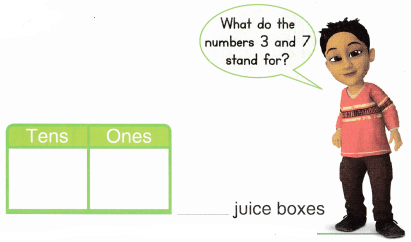
Answer:
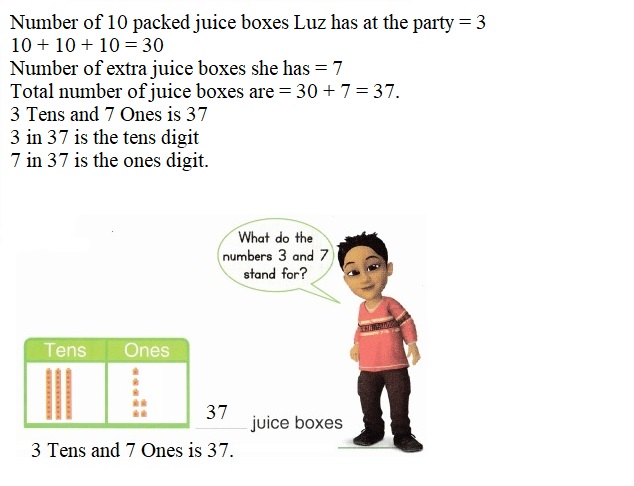
Question 8.
Higher Order Thinking Draw a picture to show a number greater than 25 and less than 75. Then write the number.
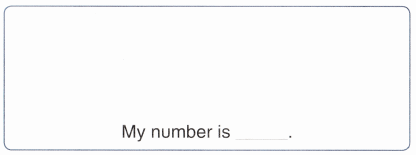
Answer:

Question 9.
Assessment Practice Kai brought 2 packages of 10 juice boxes and 5 extra juice boxes. How many juice boxes did Kai bring? Write the number of tens and ones. Then write the total number of juice boxes.

Answer:
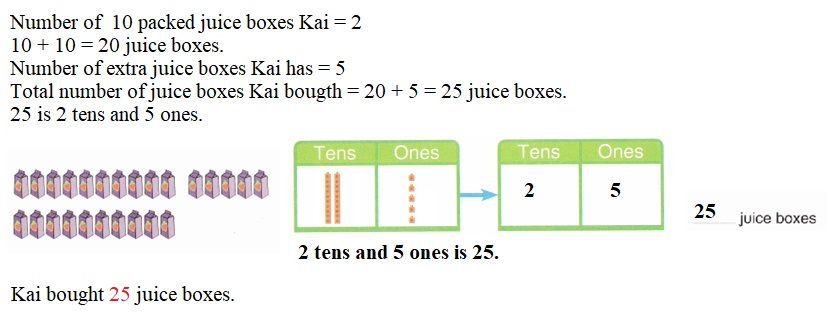
Lesson 8.5 Continue with Tens and Ones
Solve & Share
Laylani has 28 buttons. Draw her buttons so that a friend can see that there are 28 buttons without counting them one by one.
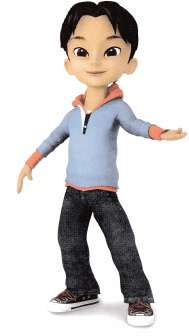
Answer:
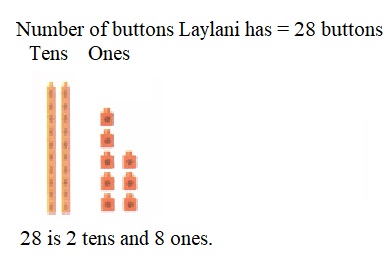
Visual Learning Bridge

Convince Me!
When you draw to model a number, which digit tells you how many lines to draw? Which digit tells you how many dots to draw?
Answer:
When we draw a model a number
Tens place digit tells us to draw the number of lines.
Ones place digit tells us to draw the number of dots.
Guided Practice
Write the numbers and draw a model to show each number. Count by tens and ones to check.
Question 1.
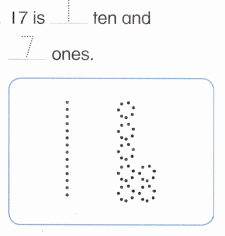
Answer:

Explanation:
Given number 17
17 is 1 ten and 7 ones.
Tens are represented with a LINE.
Ones are represented with DOTS.
17 is represented with 1 line and 7 dots.
Question 2.
29 is ___ tens and ___ ones.
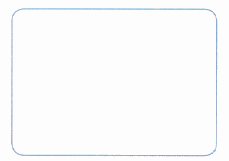
Answer:
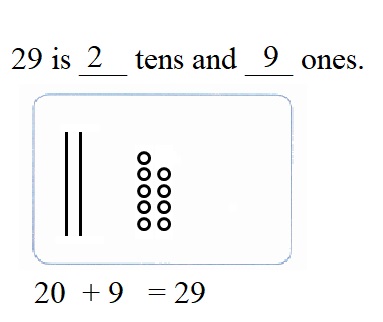
Explanation:
Given number 29
29 is 2 ten and 9 ones.
Tens are represented with a LINE.
Ones are represented with DOTS.
29 is represented with 2 line and 9 dots.
Independent Practice
Write the numbers and draw a model to show each number. Count by tens and ones to check.
Question 3.
There are ___ tens and ___ ones in 43.
Answer:
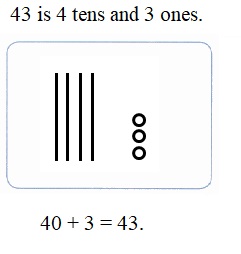
There are 4 tens and 3 ones.
Explanation:
Given number 43
43 is 4 ten and 3 ones.
Tens are represented with a LINE.
Ones are represented with DOTS.
43 is represented with 4 line and 3 dots.
Question 4.
There are ___ tens and ___ ones in 86.
Answer:
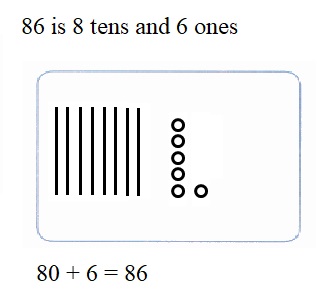
Explanation:
Given number 86
86 is 8 ten and 6 ones.
Tens are represented with a LINE.
Ones are represented with DOTS.
86 is represented with 8 line and 6 dots.
Question 5.
There are ___ ten and __ ones in 15.
Answer:
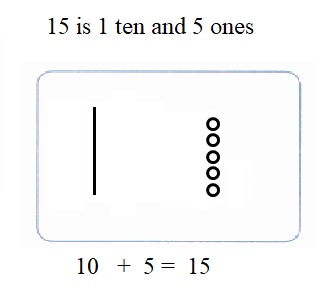
Explanation:
Given number 15
15 is 1 ten and 5 ones.
Tens are represented with a LINE.
Ones are represented with DOTS.
15 is represented with 1 line and 5 dots.
Question 6.
There are ___ tens and ___ ones in 37.
Answer:
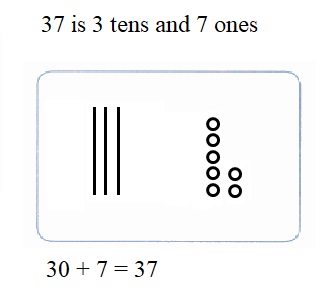
Explanation:
Given number 37
37 is 3 ten and 7 ones.
Tens are represented with a LINE.
Ones are represented with DOTS.
37 is represented with 3 line and 7 dots.
Question 7.
There are ___ tens and ___ ones in 62.
Answer:
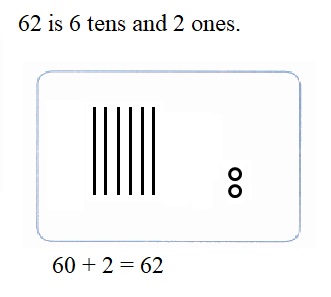
Explanation:
Given number 62
62 is 6 ten and 2 ones.
Tens are represented with a LINE.
Ones are represented with DOTS.
62 is represented with 6 line and 2 dots.
Question 8.
There are ___ tens and __ ones in 24.
Answer:

Explanation:
Given number 24
24 is 2 ten and 4 ones.
Tens are represented with a LINE.
Ones are represented with DOTS.
24 is represented with 2 line and 4 dots.
Problem Solving
Solve the problems below.
Question 9.
Model Kevin draws the model below to show a number. What number is Kevin showing?
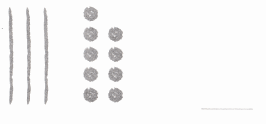
Answer:
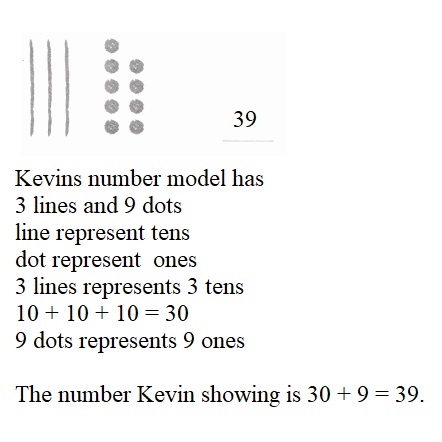
Question 10.
enVision® STEM Gina is collecting
data on the number of hours of daylight in the fall and winter. She records data for 68 days. Draw a model to show 68.
Answer:
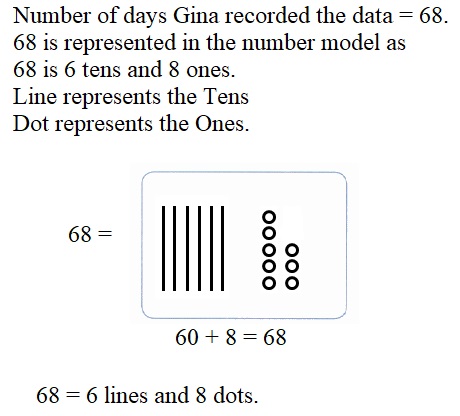
Question 11.
Higher Order Thinking Peyton starts drawing a model for the number 48, but she is interrupted. Help her finish her model.
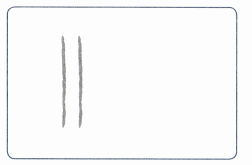
Answer:
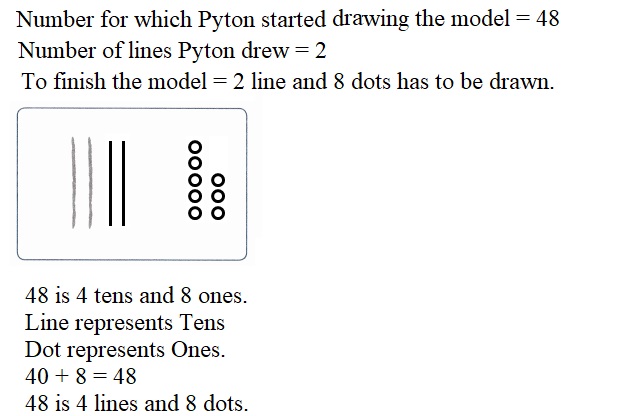
Question 12.
Assessment Practice Which number is represented here?
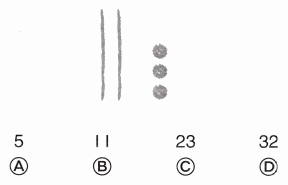
Answer:
Given
2 lines and 3 dots
Line represent Tens
Dot represents Ones.
2 lines = 10 + 10 = 20
3 dots = 3
The number which is represented is 20 + 3 = 23.
Answer is C)23.
Lesson 8.6 Different Names for the Same Number
Solve & Share
Use cubes. Show two different ways to make 28. Draw each way in the spaces below.
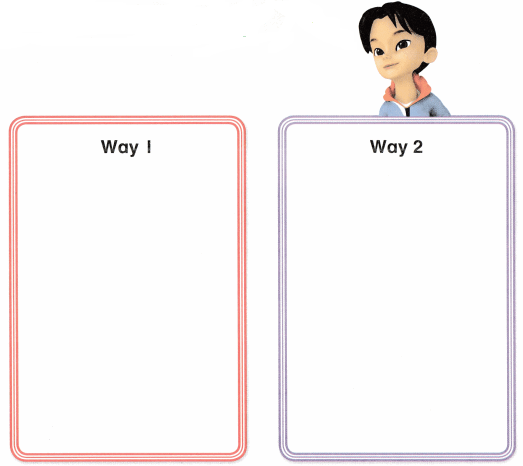
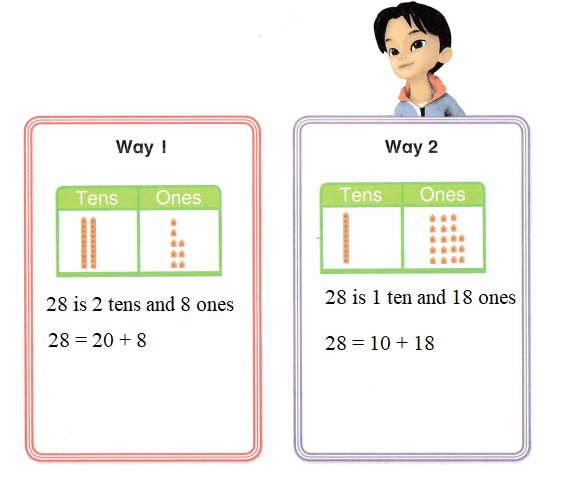
Visual Learning Bridge

Convince Me!
How could you break apart 24 using only I ten? Explain.
Answer:
24 is 2 tens and 4 left over
24 is 2 tens and 4 ones
breaking 24 using only 1 ten
Breaking other ten to make 10 more ones
24 is 1 ten and 14 ones.
Guided Practice
Count the tens and ones. Write different Practice ways to show the number.
Question 1.
Write two ways to break apart 34.
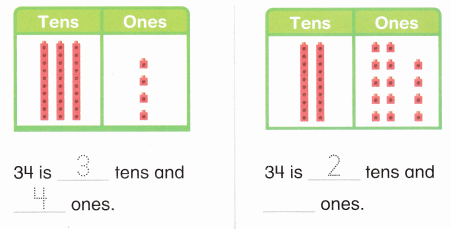
Answer:

Explanation:
Given a model of number 34 in two different ways
34 is represented as
34 is 3 tens and 4 ones in 1st case.
In 2nd case
out of 3 tens. 1 ten is broken down to make 10 more ones.
34 is 2 tens and 14 ones.
Independent Practice
Count the tens and ones. Write different ways to show each number.
Question 2.
Write two ways to break apart 21.

21 is ___ ten and __ one.
Answer:
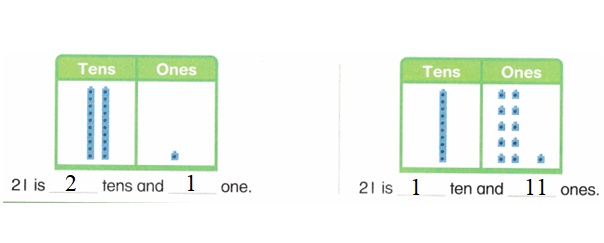
Explanation:
Given to break apart 21 in two way
Case 1.
21 is represented as
21 is 2 tens and 1 ones
21 = 20 + 1
In 2nd case
out of 2 tens. 1 ten is broken down to make 10 more ones.
21 is 1 tens and 11 ones.
21 = 10 + 11.
Question 3.
Draw models and write two ways to break apart 59.
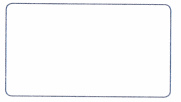
59 is ___ tens and ___ ones.

59 is __ tens and ___ ones.
Answer:
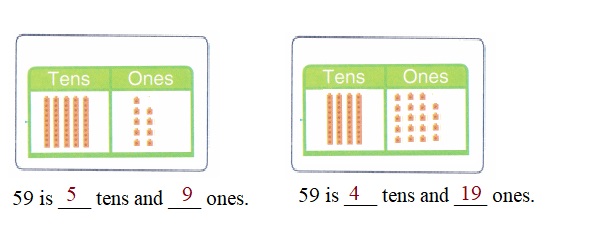
Explanation:
Given to break apart 59 in two way
Case 1.
59 is represented as
59 is 5 tens and 9 ones
59 = 50 + 9
In 2nd case
out of 5 tens. 1 ten is broken down to make 10 more ones.
59 is 4 tens and 19 ones.
59 = 40 + 19 .

Write each number in two different ways. Use cubes to help if needed.
Question 4.
Show two ways to break apart 44.
44 is __ tens and ___ ones.
Answer:
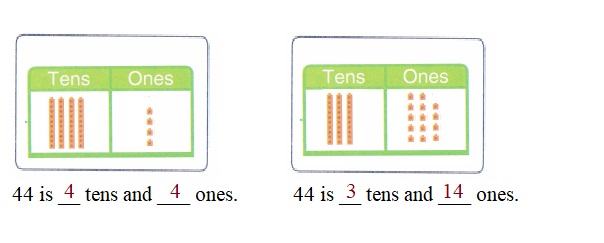
Explanation:
Given to break apart 44 in two way
Case 1.
44 is represented as
44 is 4 tens and 4 ones
44 = 40 + 4
In 2nd case
out of 4 tens. 1 ten is broken down to make 10 more ones.
44 is 3 tens and 14 ones.
44 = 30 + 14.
Question 5.
Show two ways to break apart 25.
25 is __ tens and __ones.
25 is __ tens and ___ ones.
Answer:
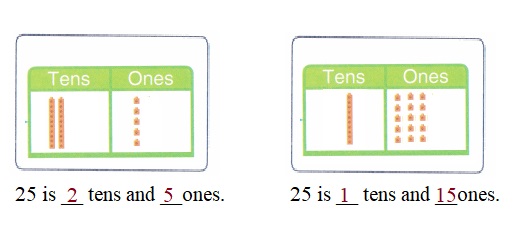
Explanation:
Given to break apart 25 in two way
Case 1.
25 is represented as
25 is 2 tens and 5 ones
25 = 20 + 5
In 2nd case
out of 2 tens. 1 ten is broken down to make 10 more ones.
25 is 1 tens and 15 ones.
25 = 10 + 15.
Problem Solving
Solve the problems below.
Question 6.
Explain Nate says 5 tens and 3 ones shows the same number as 3 tens and 13 ones. Do you agree? Explain.
Answer:
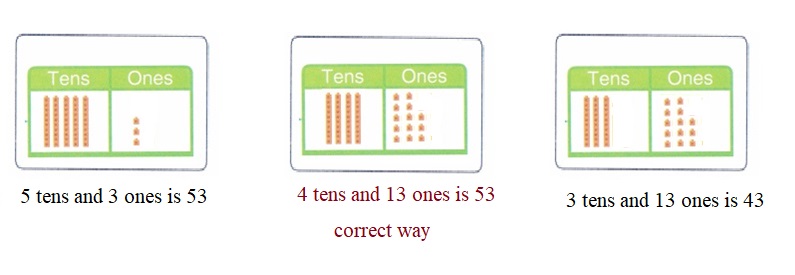
5 tens and 3 ones shows
50 + 3 = 53
3 tens and 13 ones shows
30 + 13 = 43
No, they both don’t show the same number.
To show the same number as
5 tens and 3 ones = 50 + 3 = 53
It should be 4 tens and 13 ones = 40 + 13 = 53 or
as given 3 tens and 13 ones add 10 more ones
3 tens and 23 ones = 30 + 23 = 53.
Question 7.
Number Sense Nancy shows a number as 4 tens and 16 ones. What number does she show?
Answer:
Nancy’s number shows 4 tens and 16 ones
4 tens and 16 ones = 40 + 16 = 56.
Nancy’s number is 56

Question 8.
What number is shown on the mat?
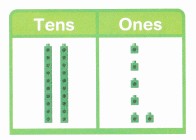
Answer:

Question 9.
Jeff picks 36 apples. He puts some of the apples in bags. Each bag holds 10 apples. Show two ways Jeff can put the apples in bags.
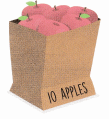
___ bags and __ apples left over
__ bags and __ apples left over
Answer:
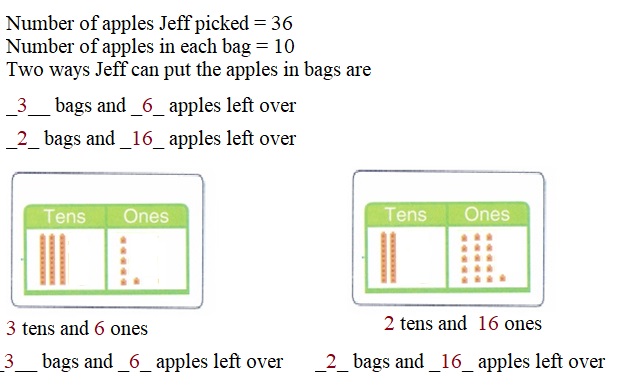
Question 10.
Higher Order Thinking Meg breaks apart the number 80 three ways. What could be those ways?
___ tens and ___ ones
___ tens and ___ ones
___ tens and ___ ones
Answer:
Three ways Meg breaks apart the number 80 are
_80__ tens and _0__ ones
80 + 0 = 80
_70__ tens and _10__ ones
70 + 10 = 80
_60__ tens and _20__ ones
60 + 20 = 80.
Question 11.
Assessment Practice which is a way to break apart 38? Choose two that apply.
![]() 2 tens and 18 ones
2 tens and 18 ones
![]() 2 tens and 8 ones
2 tens and 8 ones
![]() 1 ten and 28 ones
1 ten and 28 ones
![]() 8 tens and 3 ones
8 tens and 3 ones
Answer:
The ways to break 38 are
3 tens and 8 ones
2 tens and 18 ones
1 ten and 28 ones
0 tens and 38 ones
In the above option given
2 tens and 18 ones is 38
1 ten and 28 ones is 38 make 38 other 2 options make
2 tens and 8 ones is 28
8 tens and 3 ones is 83.
Lesson 8.7 Look For and Use Structure
Solve & Share
Barry showed the number 42 with cubes. What are some of the ways he could have shown 42? Write the tens and ones to show the ways. Describe any patterns you see in the table.
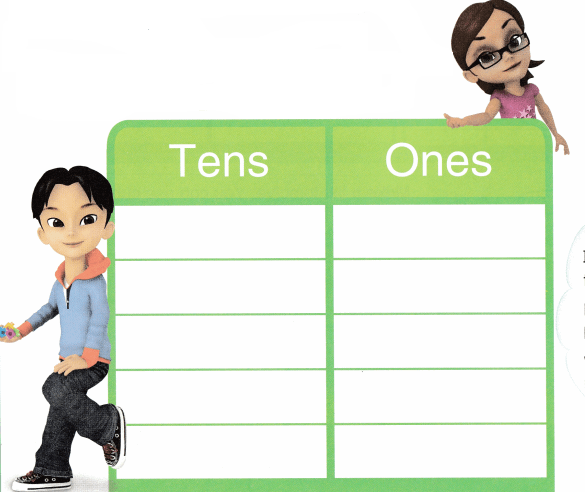
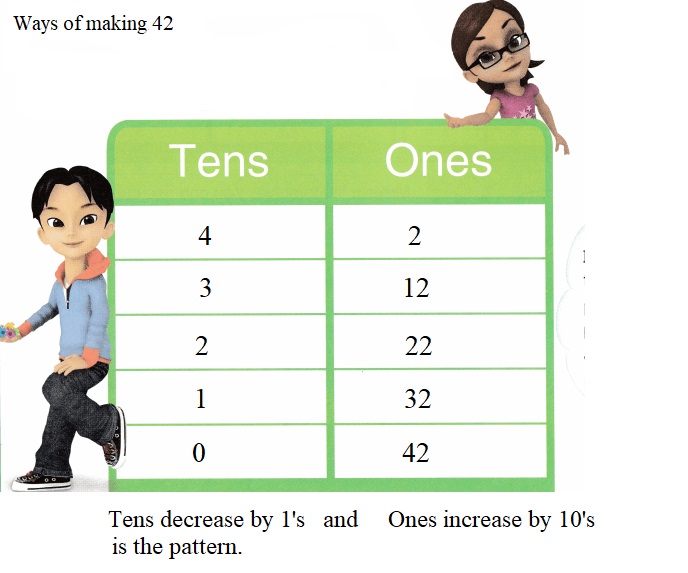
Thinking Habits
Is there a pattern to the answers? How does the pattern help me? What do the answers have in common?
Visual Learning Bridge

Convince Me!
How can you help you. Talk to a partner about patterns use patterns to show all the ways to break apart a number into tens and ones?
Guided Practice
Make a list to solve. You can use cubes to help you. Talk to partner about patterns you see in your list.
Question 1.
Carly lists all the ways to 25 as tens and ones. What ways does she list?
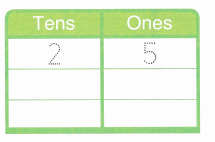
Answer:
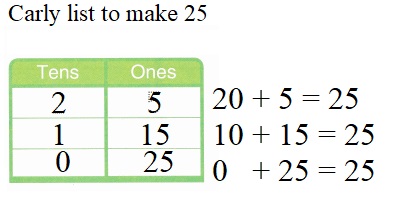
Explanation:
Here different way of 25 are represented
as you look at the ways you can notice a pattern
Ten decrease by 1 and Ones increase by 10.
Question 2.
Andy wants to show 31 as tens and ones. What are all the ways?

Answer:
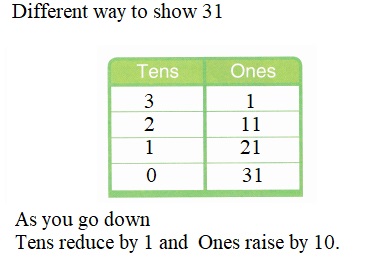
Explanation:
Here different way of 31 are represented
as you look at the ways you can notice a pattern
Ten decrease by 1 and Ones increase by 10.
Independent Practice
Question 3.
Alma lists all the ways to show 46 as tens and ones. What ways does she list?
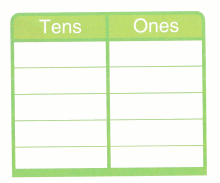
Answer:
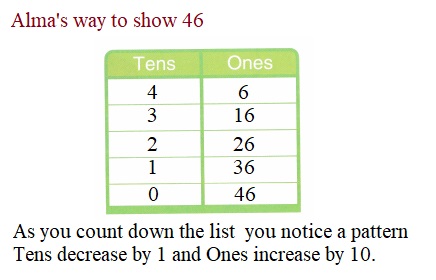
Question 4.
Seth wants to show 33 as tens and ones. What are all the ways?

Answer:
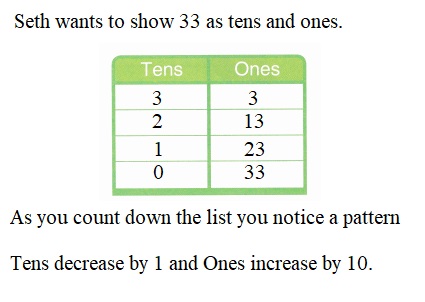
Question 5.
Higher Order Thinking Dana says there are 4 ways to show 25 using tens and ones. Is she right? How do you know?
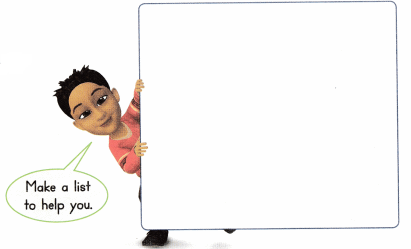
Answer:
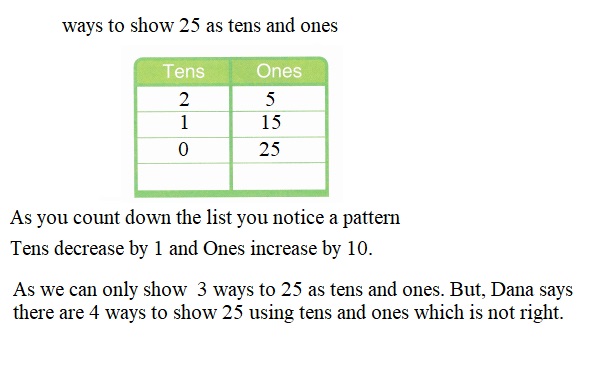
Problem Solving
Performance Task
Bake Sale Rose brings 48 muffins to a bake sale. She only uses trays for groups of 10 muffins. Each plate holds only I muffin. How many trays and plates could Rose use to display the muffins?

Question 6.
Look For Patterns Fill in the table to show how many trays and plates Rose could use to display the muffins. Describe a pattern you see in the table.
Answer:
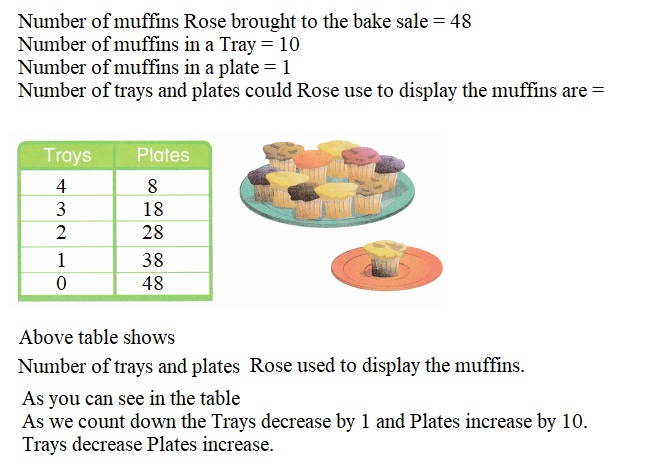
Question 7.
Reasoning Is there any way Rose can display her muffins using only trays? Explain how you know.
Answer:
No, Rose can not display her muffins using only trays.
Number of muffins Rose brought = 48
As she used trays for group of 10 muffins.
48 is 4 tens and 8 ones.
If she only uses trays then their will be 8 muffins left over. As she can only display 40 muffins in trays.
Topic 8 Fluency Practice Activity
Point&Tally
Find a partner. Get paper and a pencil. Each partner chooses a different color: light blue or dark blue. Partner I and Partner 2 each point to a black number at the same time. Both partners add those numbers.
If the answer is on your color, you get a tally mark. Work until one partner gets twelve tally marks.

TOPIC 8 Vocabulary Review
Understand Vocabulary
Question 1.
Write the number word that is one more than fourteen.
Answer:
one more than fourteen is fifteen
1 + 14 = 15.
Question 2.
Write the number word that is one fewer than eighteen.
Answer:
Seventeen is one fewer than eighteen.
18 – 1 = 17.
Question 3.
Circle the cubes that make 2 tens.
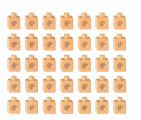
Answer:
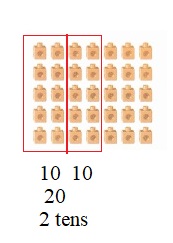
Explanation:
Given a set of 5 cubes.
There are 7 sets of 5 cubes.
To make 2 tens
2 sets of 5 cubes make 1 ten
So, to make 2 tens we need 4 sets of 5 cubes.
4 sets of 5 cubes make 2 tens.
Question 4.
Circle the cubes that make 1 ten and 5 ones.
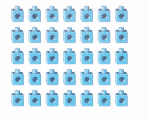
Answer:
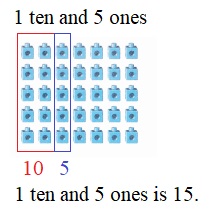
Explanation:
Given a set of 5 cubes.
There are 7 sets of 5 cubes.
To make 1 tens and 5 ones
2 sets of 5 cubes make 1 ten
So, to make 1 tens we need 2 sets of 5 cubes.
2 sets of 5 cubes make 1 tens.
1 set of 5 cubes make 5 ones.
Question 5.
Circle the cubes that make 3 tens and 3 ones.
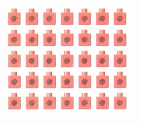
Answer:
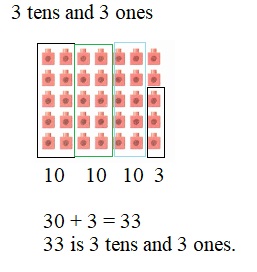
Explanation:
Given a set of 5 cubes.
There are 7 sets of 5 cubes.
To make 3 tens and 3 ones
2 sets of 5 cubes make 1 ten
So, to make 3 tens we need 6 sets of 5 cubes.
6 sets of 5 cubes make 3 tens.
3 cubes make 3 ones.
Use Vocabulary in Writing
Question 6.
Ben shows 33 as 3 tens and 3 ones. Show 33 a different way. Use tens and ones. Explain using a word from the Word List.
Answer:
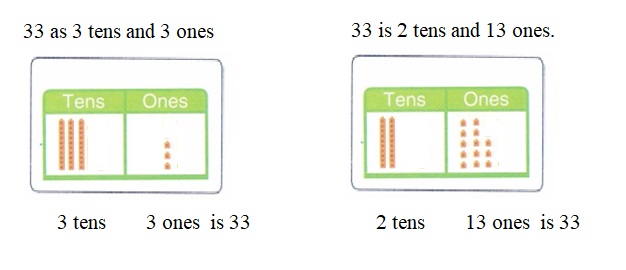
33 is 2 tens and 13 ones
33 is 2 groups of 10 and 13 ones left overs.
TOPIC 8 Reteaching
Set A
You can group objects by 10 to count.
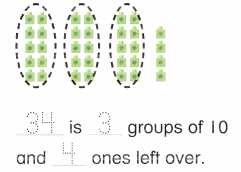
Answer:
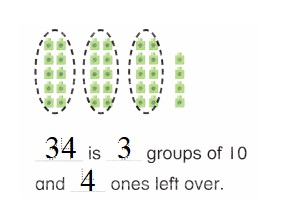
Circle groups of 10. Write the numbers.
Question 1.

___ is ___ groups of 10 and __ ones left over.
Answer:

Explanation:
Given a set of 5 cubes.
There are 5 sets of 5 cubes.
To make groups of 10
2 sets of 5 cubes make 10
So, to make 10 we join 2 sets 5 cubes.
We get 2 groups of 10 and 5 more cubes left over.
2 tens and 5 ones is 25.
Question 2.

___ is ___ groups of 10 and __ ones left over.
Answer:
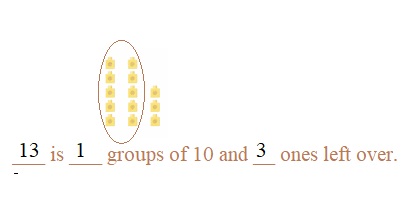
Set B
You can show a two-digit number as tens and ones.

Count the tens and ones. Then write the number.
Answer:
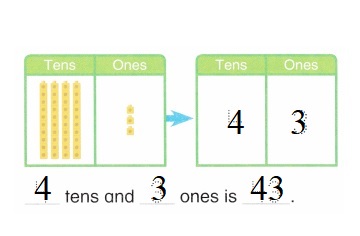
Explanation:
Given a two digit number.
Two digit number has Tens and Ones.
Here given 4 tens cubes in tens place and 3 one cubes is the table.
4 tens = 40
3 ones = 3
4 tens and 3 one is 43.
Question 3.
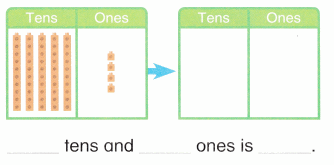
Answer:
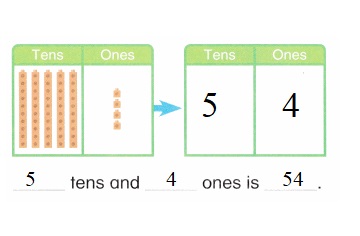
Explanation:
Given a two digit number.
Two digit number has Tens and Ones.
Here given 5 tens cubes in tens place and 4 one cubes is the table.
5 tens = 50
4 ones = 4
5 tens and 4 one is 54.
Set C
You can draw a model to show tens and ones.
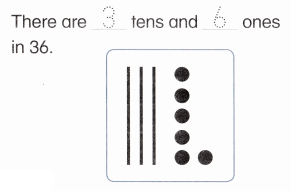
Answer:
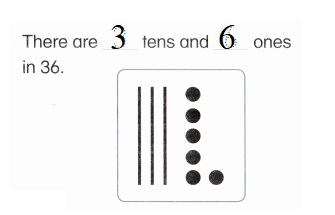
Draw a model to show tens and ones.
Question 4.
There are __ tens and __ ones in 78.
Answer:
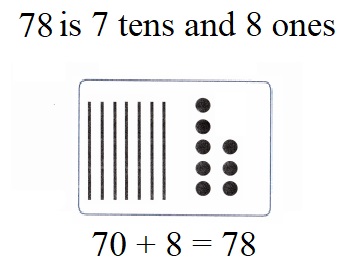
Explanation:
Given number 78
78 is 7 ten and 8 ones.
Tens are represented with a LINE.
Ones are represented with DOTS.
78 is represented with 7 line and 8 dots.
Set D
Thinking Habits
Look For and Use Structure
Is there a pattern to the answers? How does the pattern help me? What do the answers have in common?
Use patterns and make a list to solve.
Question 5.
Lupita wants to show all the ways to break apart 54 as tens and ones. What are all the ways?
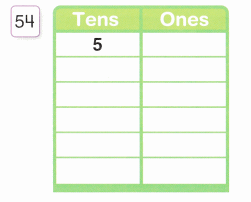
Answer:

Topic 8 Assessment Practice
Question 1.
A. Which of these is a way to show 16?
A. 1 ten and 11 ones
B. 1 ten and 6 ones
C. 16 tens and 0 ones
D. 9 tens and 5 ones
Answer:
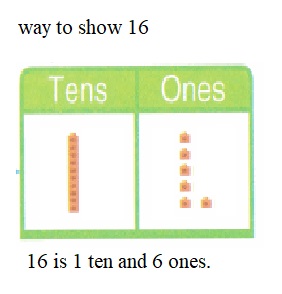
A. 1 ten and 11 ones is 10 + 11 = 21
B. 1 ten and 6 ones is 10 + 6 = 16
C. 16 tens and 0 ones is 160 + 0 = 160
D. 9 tens and 5 ones is 90 + 5 = 95
way to show 16 is B.
B. Which equation shows why your answer for A is correct?
A. 10+ 11 = 21
B 10+ 6 = 16
C 16 + 2 = 18
D 9 +5 = 14
Answer:

way to show 16
16 is 1 ten and 6 ones
16 is 0 tens and 16 ones.
16 = 10 + 6
So, B 10 + 6 = 16 is correct.
Question 2.
A. Write a way to show 42.
__ groups of ten and __ ones.
Answer:
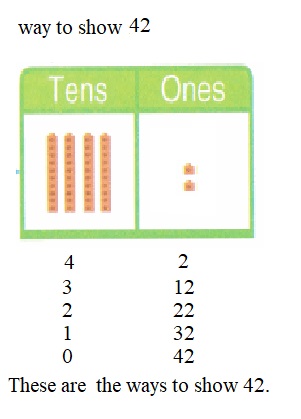
42 is 4 groups of 10 and 2 ones.
B. Write another way to show 42.
___ groups of ten and ___ ones
Answer:
42 is 3 groups of ten and 12 ones.
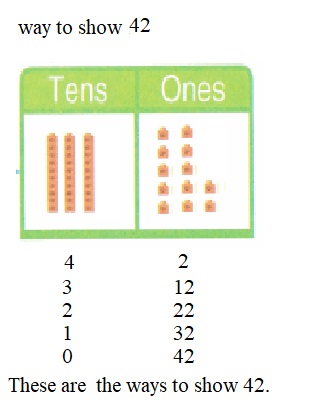
Question 3.

___ Tens and ___ Ones is ___.
Answer:
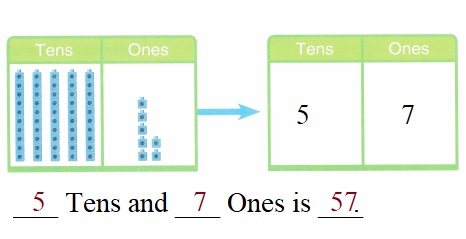
Question 4.
Write two ways to show 1 1.
Answer:

Ways to show 11
11 is 1 ten and 1 one
11 is 0 tens and 11 ones.
These are the ways to show 11.
Question 5.
A. What number does 5 groups of ten represent?
Answer:

5 groups of ten represents
10 + 10+ 10+10+10 = 50.
5 groups of 10 represents 50.
B. What is another way to write 5 groups of ten?
___ groups of ten and ___ ones
Answer:

Another way to represent 5 group of ten
5 group of ten is 50
50 is 4 tens and 10 ones
4 groups of 10 and 10 ones is 50.
Question 6.
A. Which of these is another way to show 4 groups of ten and 9 ones?
A 3 tens and 19 ones
B 5 tens and 0 ones
C 3 tens and 9 ones
D 5 tens and 8 ones
Answer:
A 3 tens and 19 ones is 30 + 19 = 49
B 5 tens and 0 ones is 50 + 0 = 50
C 3 tens and 9 ones is 30 + 9 = 39
D 5 tens and 8 ones is 50 + 8 = 58
Way to show 4 groups of tens and 9 ones is
4 groups of tens and 9 ones = 40 + 9 = 49.
A. 3 tens and 19 ones. is another way to represent 4 groups of tens and 9 ones.
Question 7.
Nicole found 2 ways to make 41. Complete the list to show all of the ways. Then draw a model to show one of the ways.
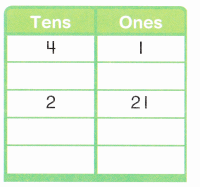
Answer:
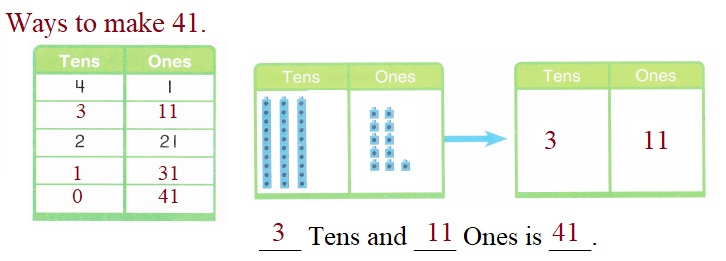
TOPIC 8 Performance Task
Snack Time
Manuel’s class has a snack every day.

Question 1.
On Monday, Manuel and Ryan share 19 crackers. 10 crackers are in one bag. How many crackers are in the other bag?
Explain your answer. Use pictures, numbers, or words. Draw counters to solve. Write the word and numbers.
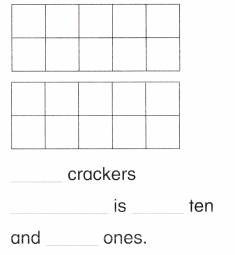
Answer:
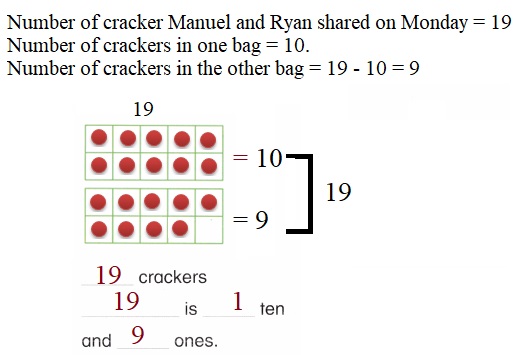
Explanation:
one group of 10 ones = 1 ten
19 is made up of one group of 10 ones and 9 ones
19 = 10 + 9
19 is 1 ten and 9 ones.
Question 2.
On Tuesday, Manuel’s class has 3 packages of juice boxes. There are 10 juice boxes in each package.
How many juice boxes does his class have?
___ juice boxes
Explain your answer. Use pictures, numbers, and words.
Answer:
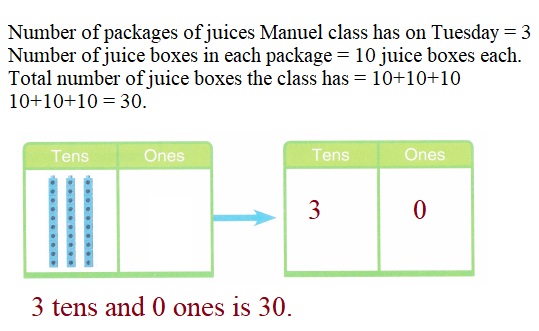
Explanation:
Given
3 packages of juice boxes
1 package has 10 juice boxes
3 packages of 10 juice boxes each
10 + 10 + 10 = 30
3 tens and 0 ones is 30.
3 in 30 is the tens digit
0 in 30 is the ones digit.
Question 3.
On Wednesday, Manuel’s class has 28 bottles of water.
Manuel starts drawing a model for the bottles. Use lines and dots to finish his drawing.
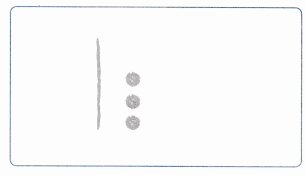
Explain what the drawing shows.
Answer:
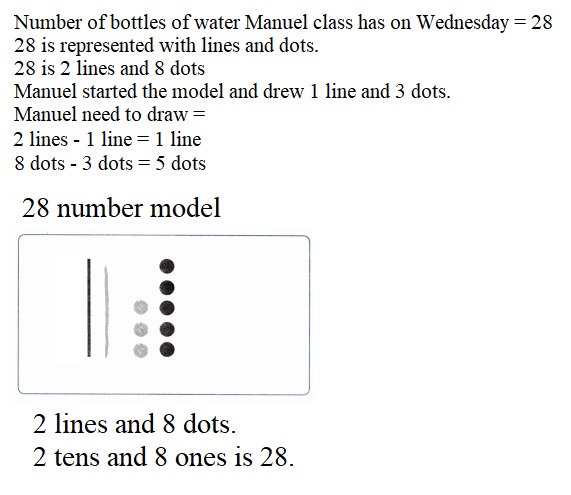
Explanation:
Given number 28
28 is 2 ten and 8 ones.
Tens are represented with a LINE.
Ones are represented with DOTS.
Manuel drew 1 line and 3 dots
To complete the 28 number model
we need to draw more 1 line and 5 dots.
2 line – 1 line = 1 line
8 dots – 3 dots = 5 dots.
28 is represented with 2 line and 8 dots.
Question 4.
On Thursday, Manuel’s class had 34 packages of raisins. How many ways could the packages of raisins be grouped as tens and ones? Make a list to show all of the ways.
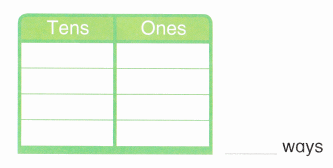
Answer:

Question 5.
On Friday, Manuel’s class had 26 bags of grapes. Manuel said that there are 2 ways to group the 26 bags as tens and ones. Do you agree? Circle Yes or No. Explain your answer. Use numbers, pictures, or words.
Answer:
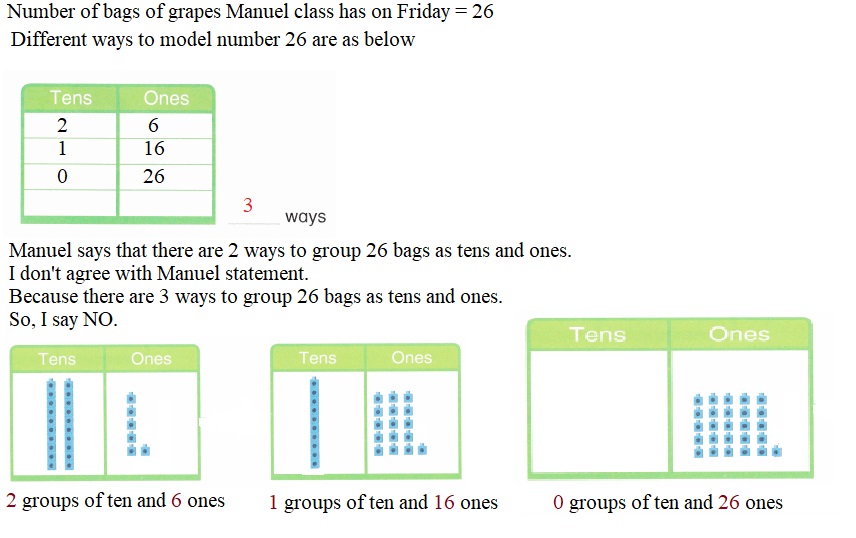

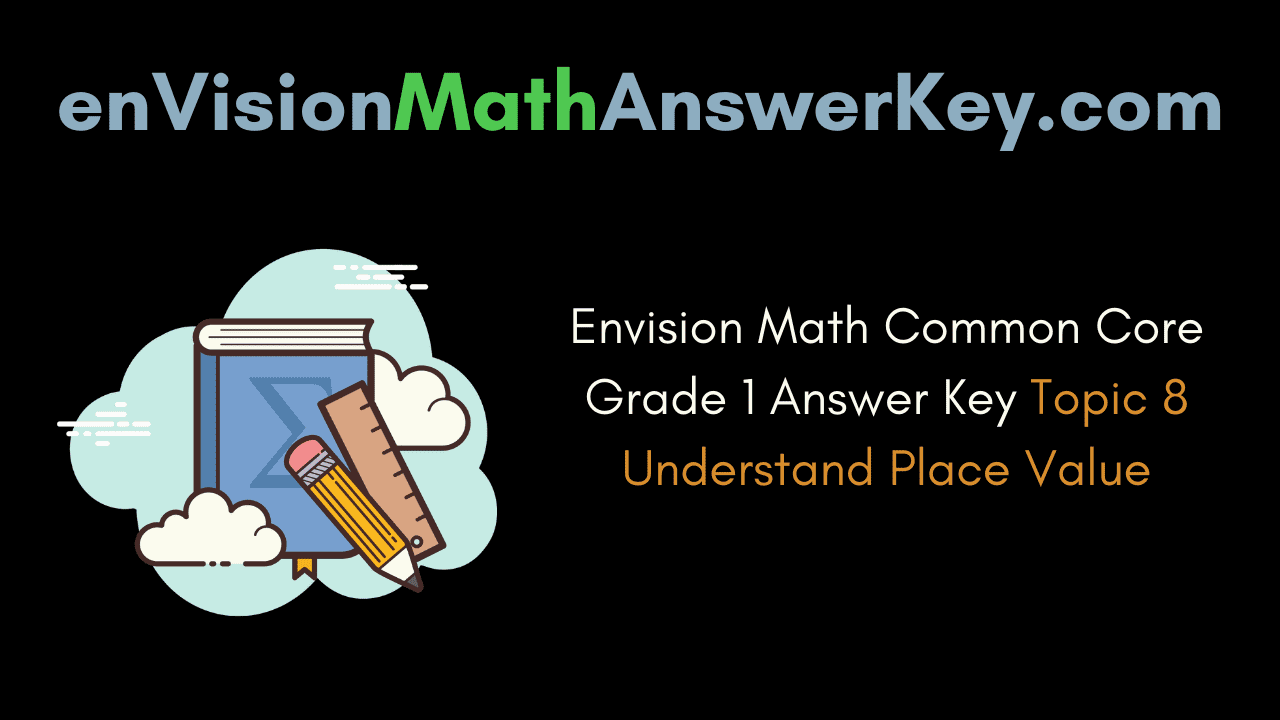
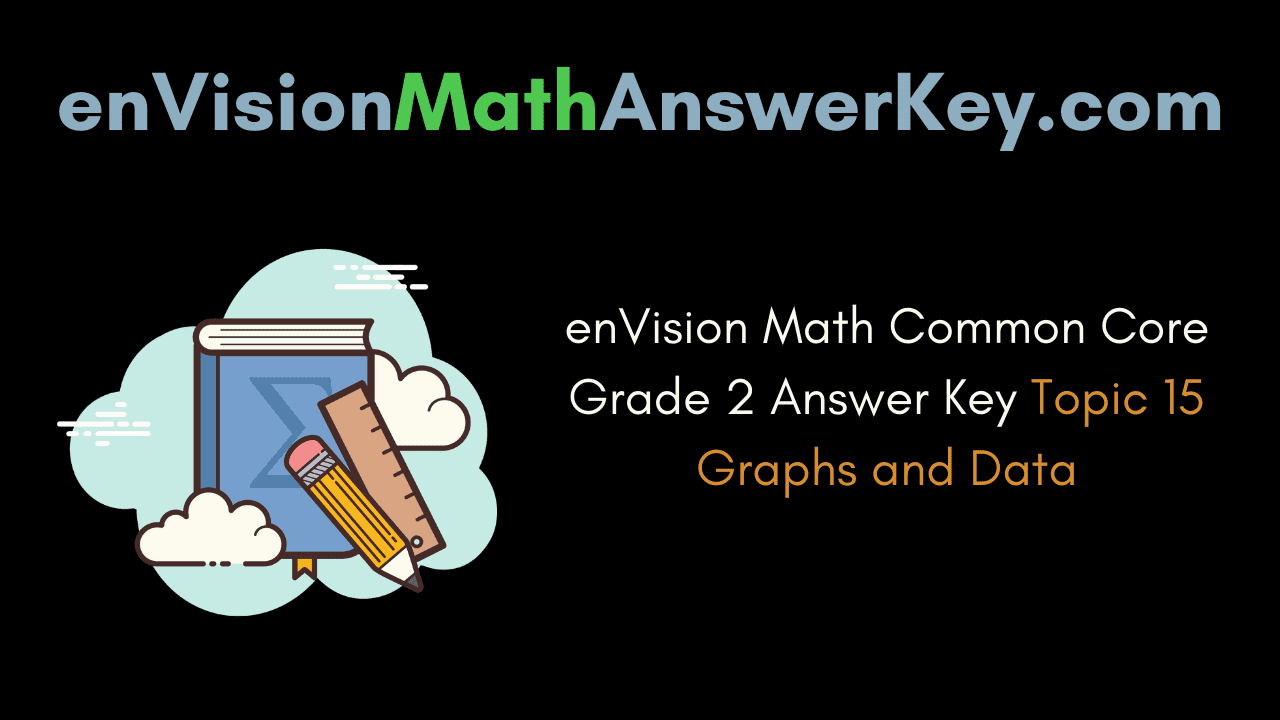
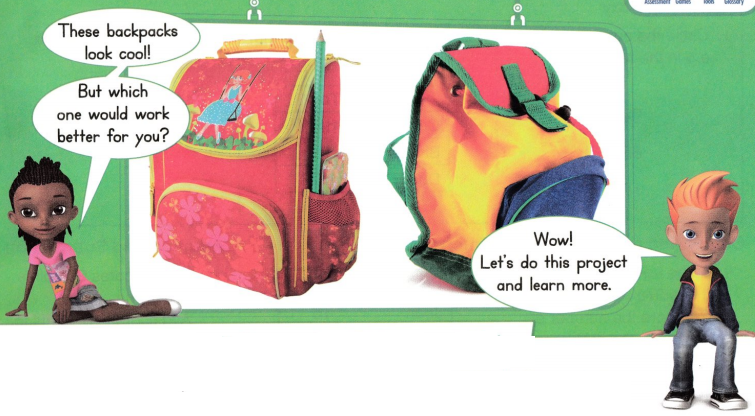

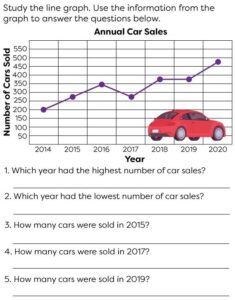
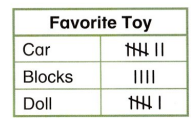
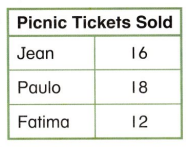
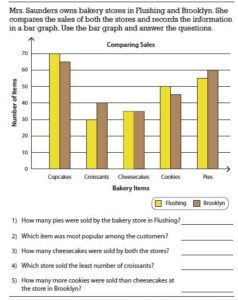
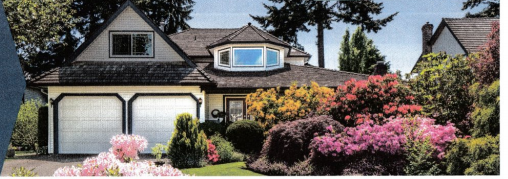
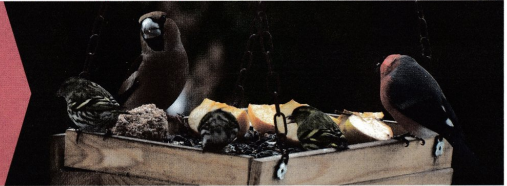
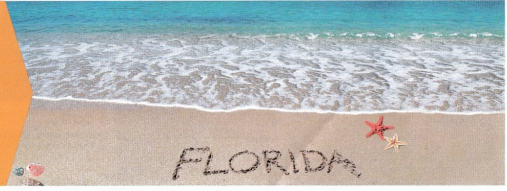
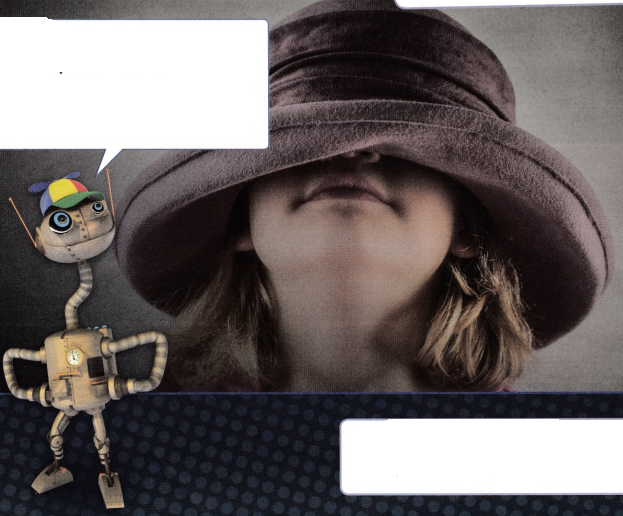
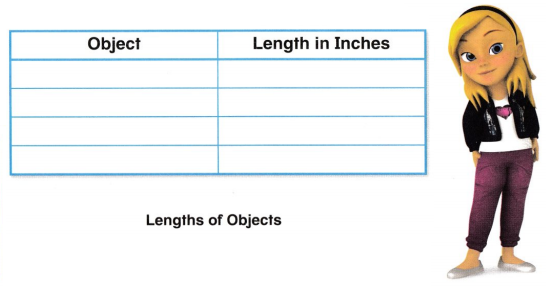





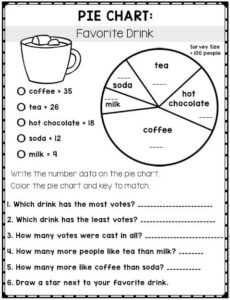









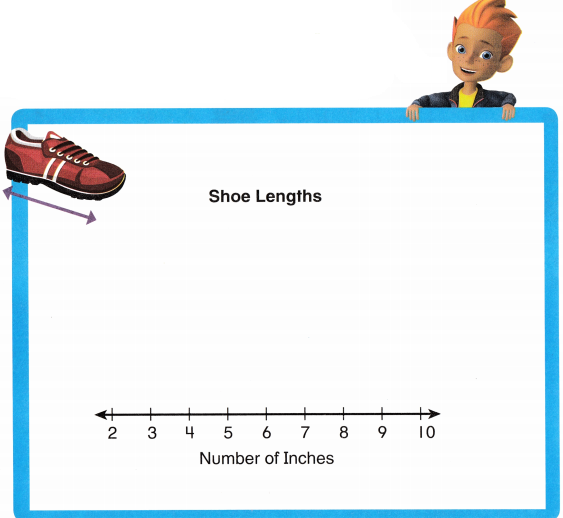

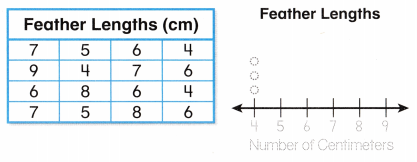
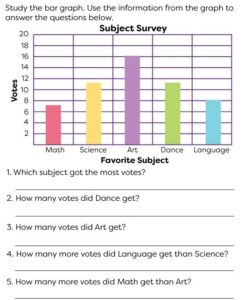

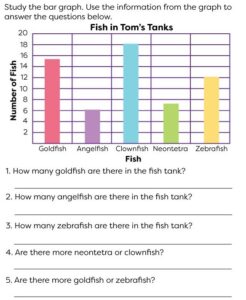
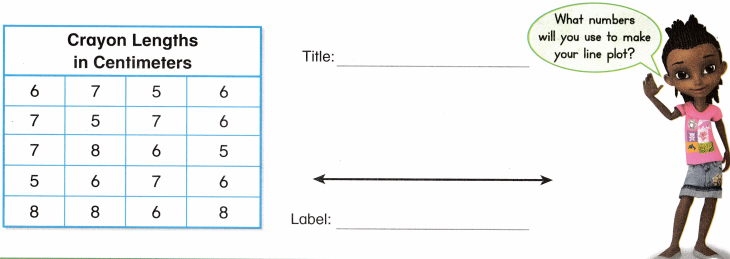



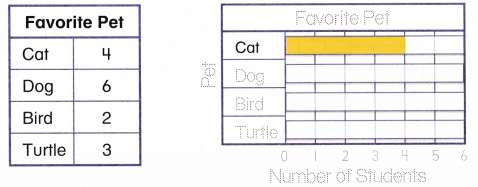


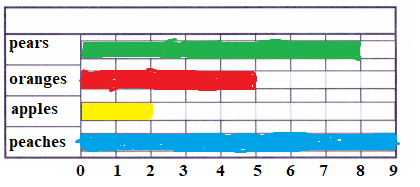


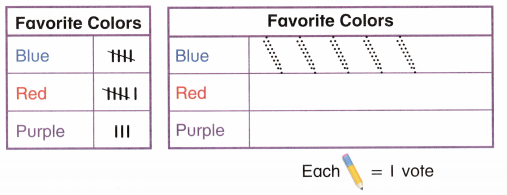
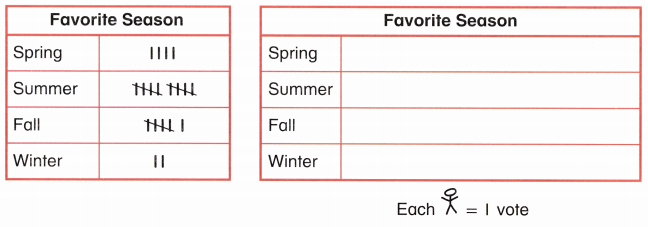

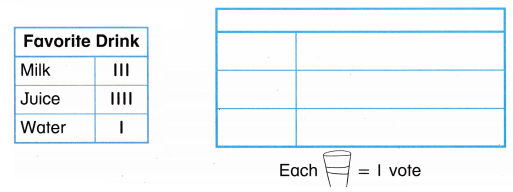
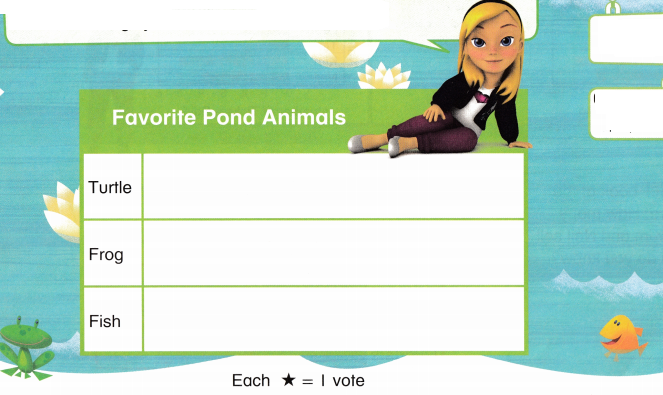

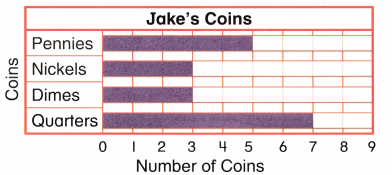
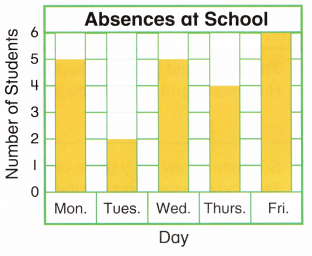
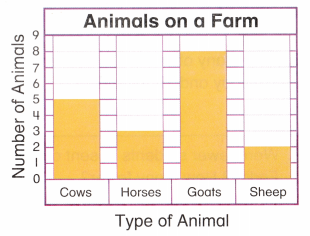
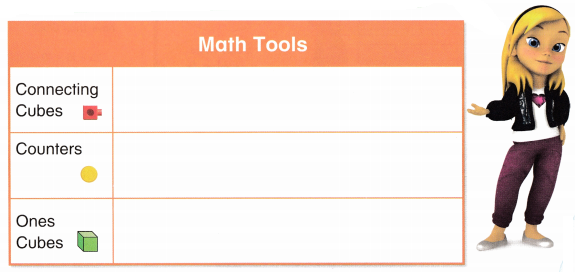


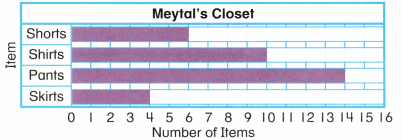
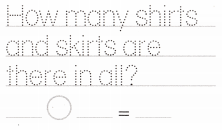
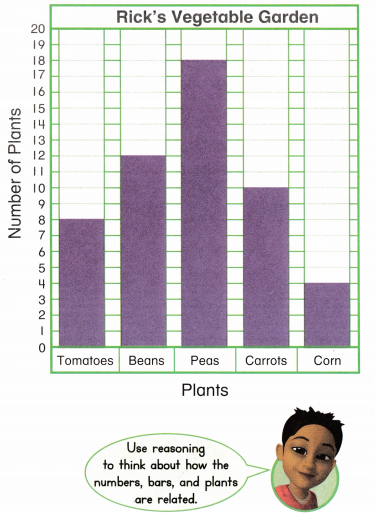
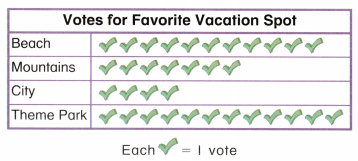

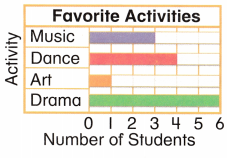
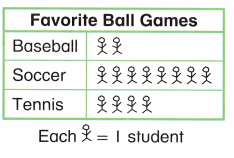
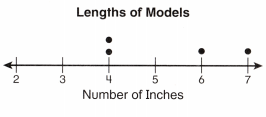
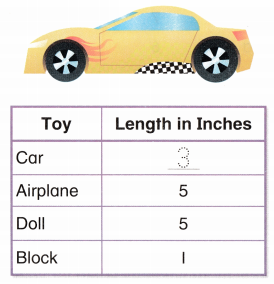
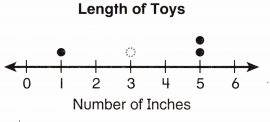
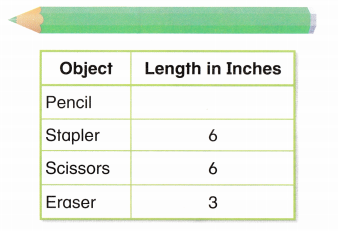
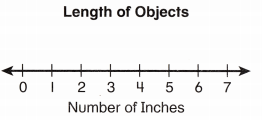
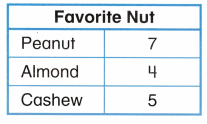
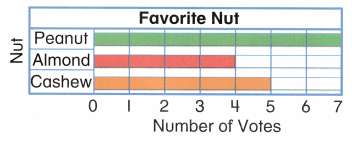
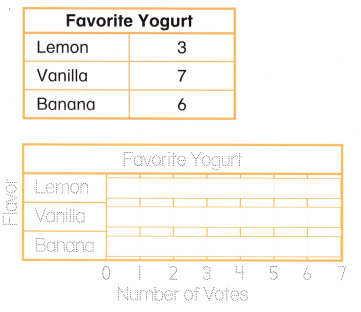
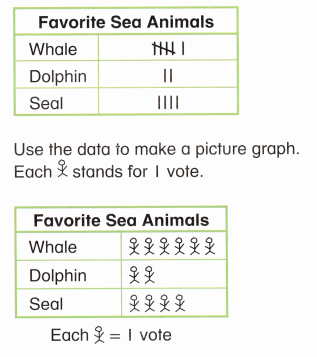


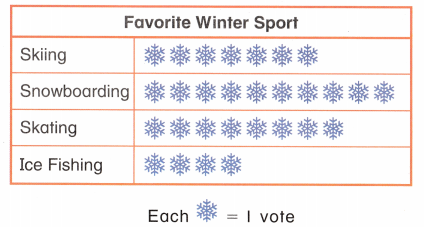
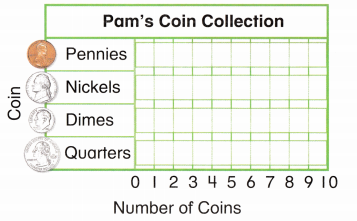
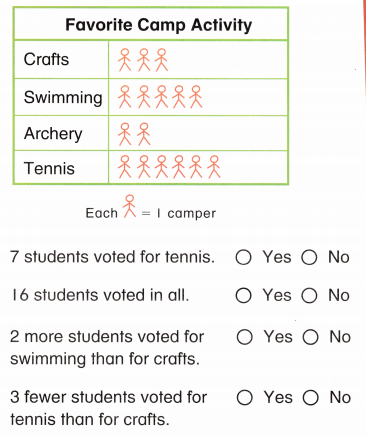
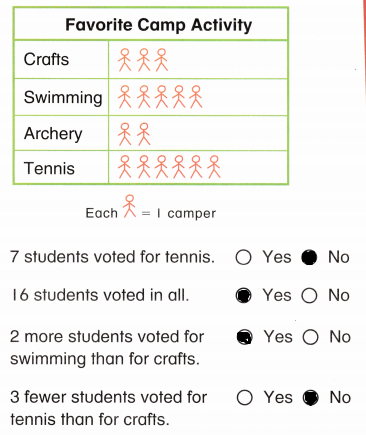
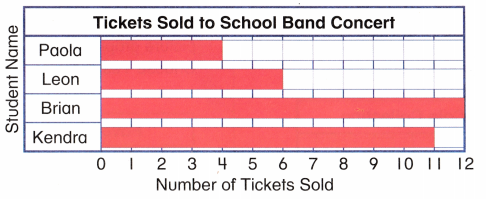
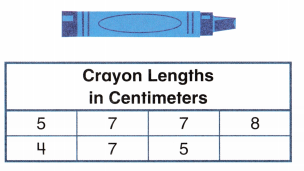

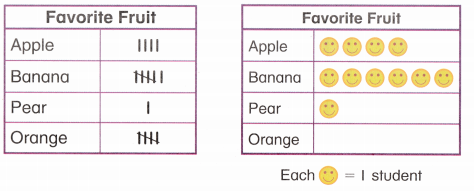
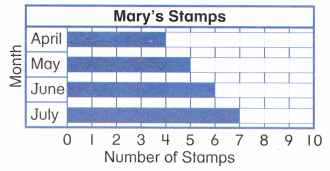


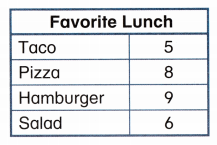

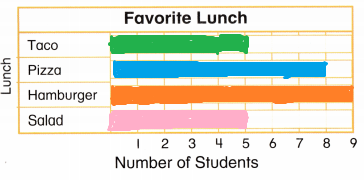
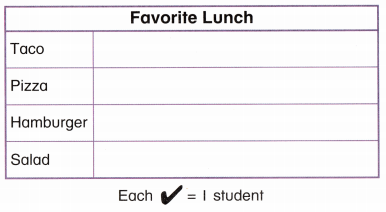
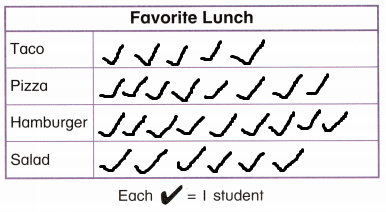
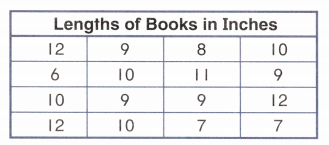
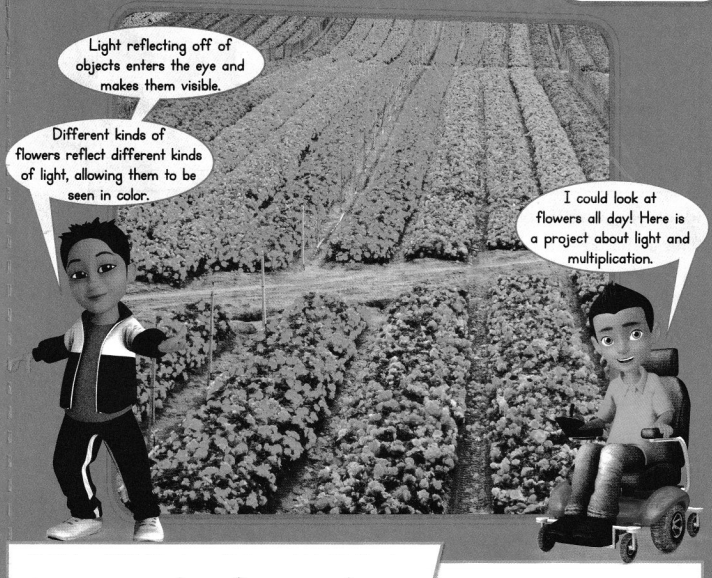
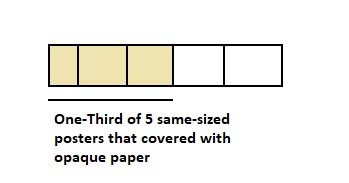
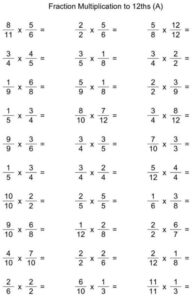
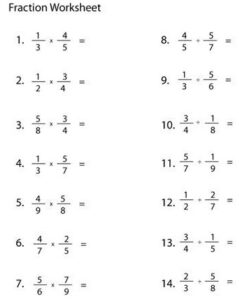
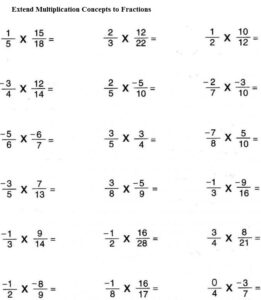
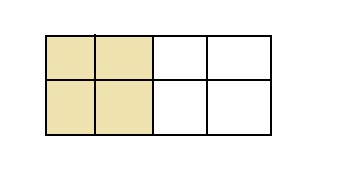
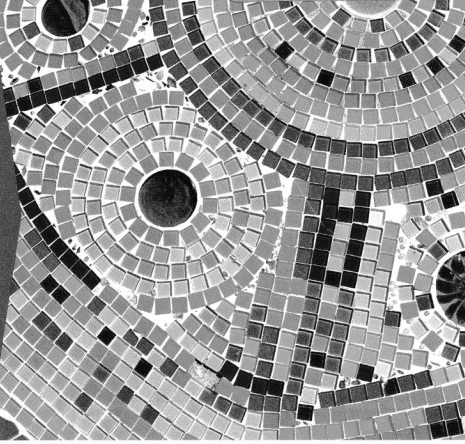
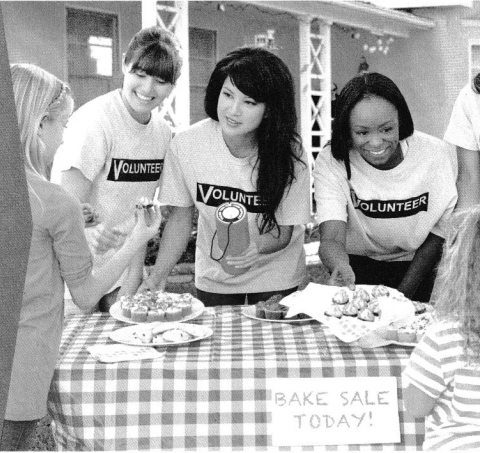
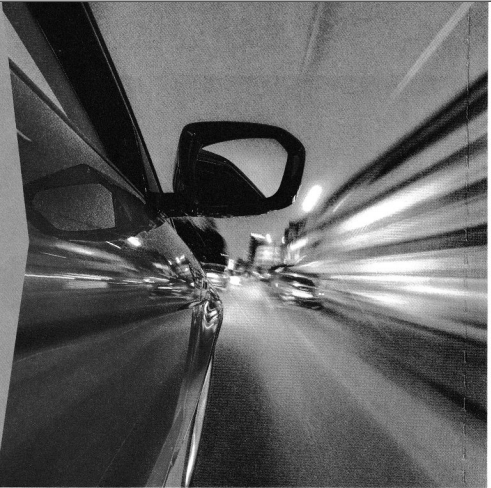

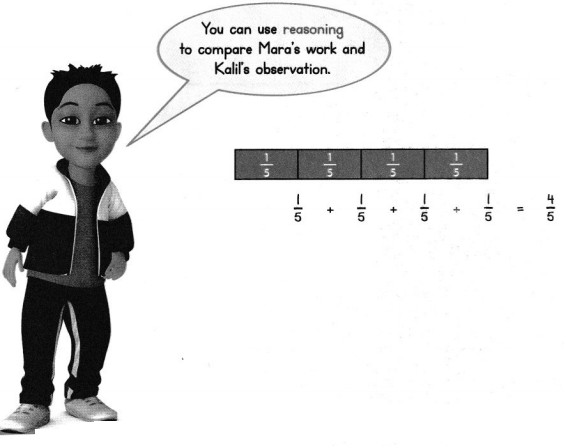

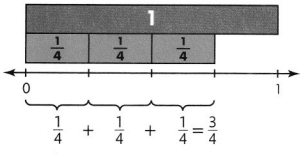
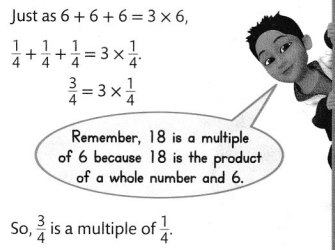
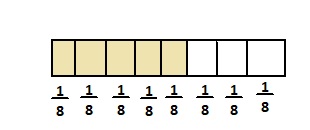
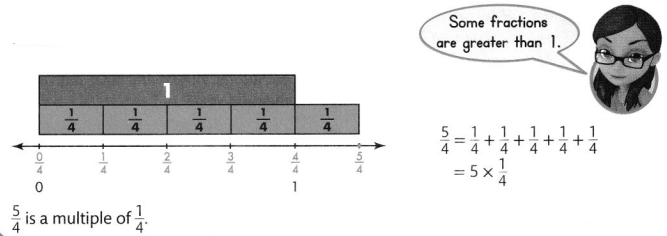
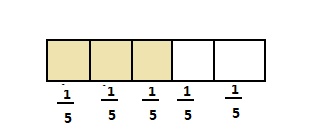
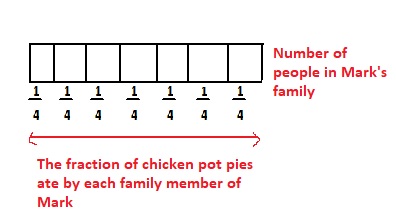





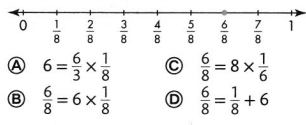

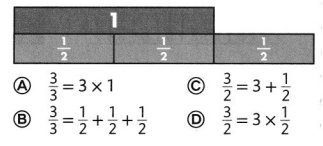


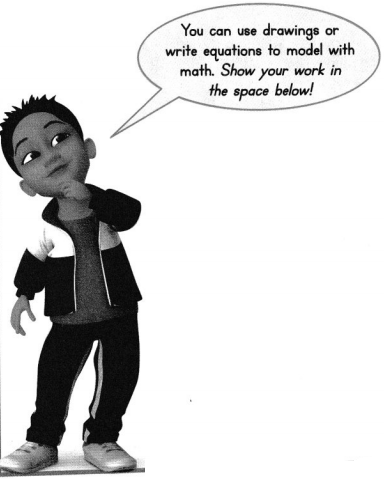

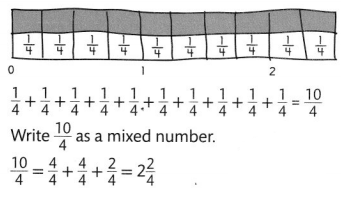
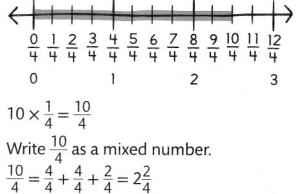






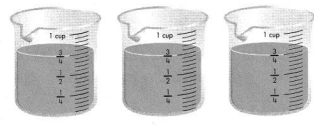

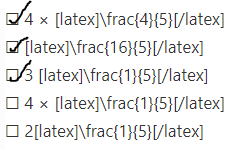

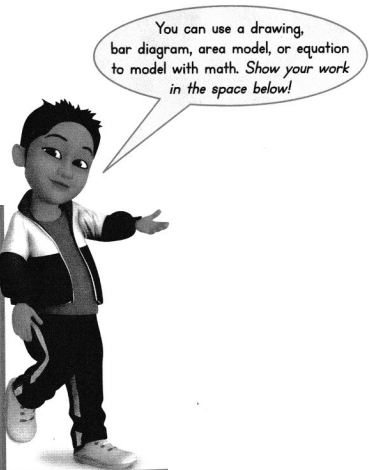
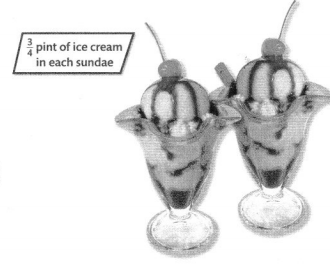
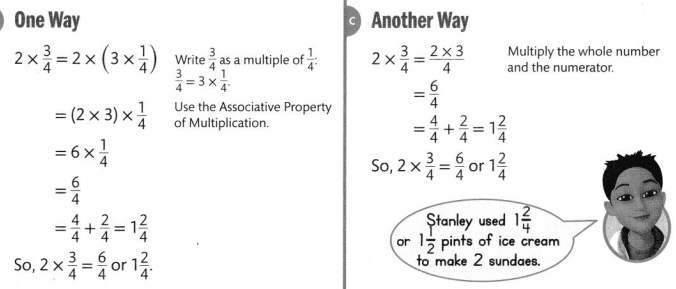
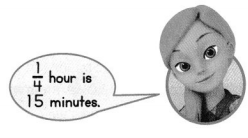





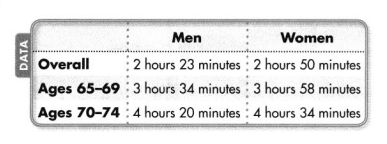
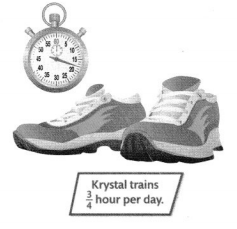
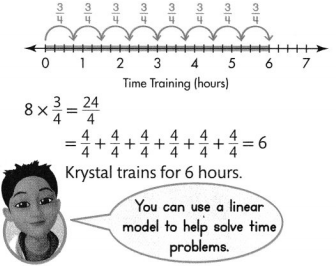



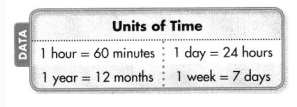

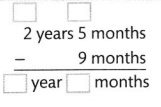
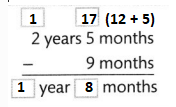



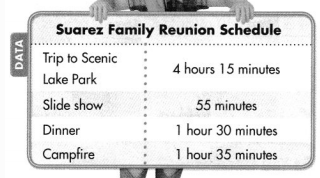

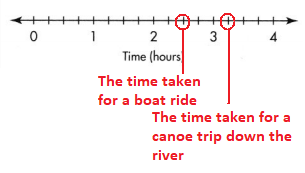
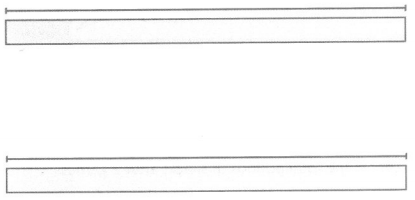
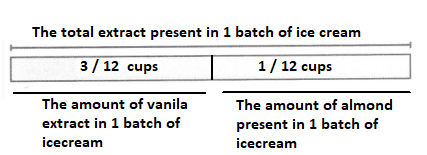


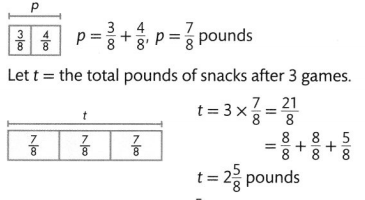





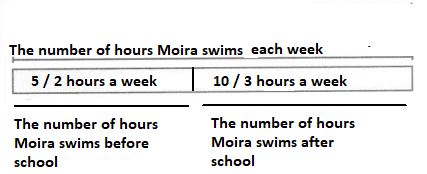
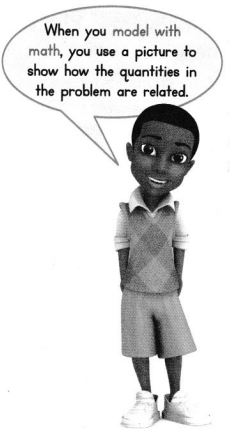
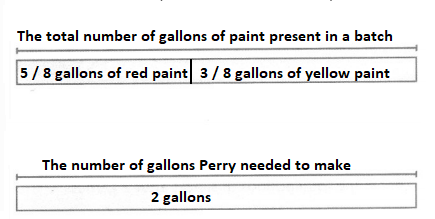

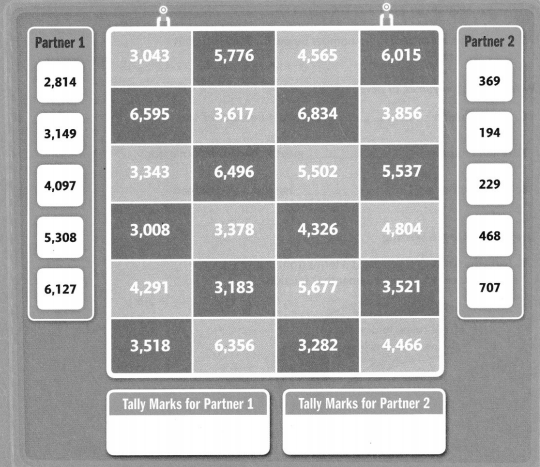
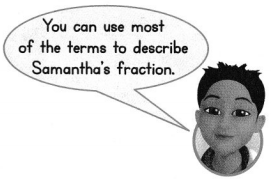
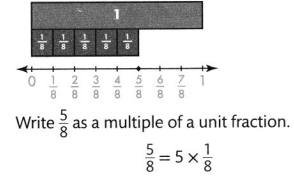



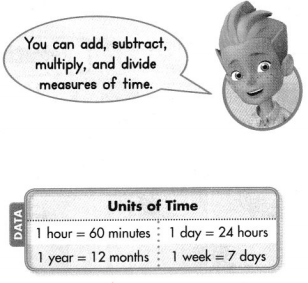







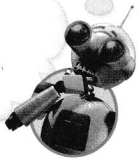


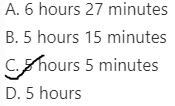


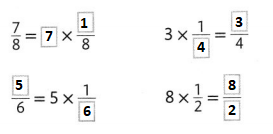
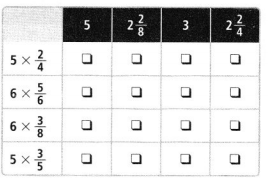
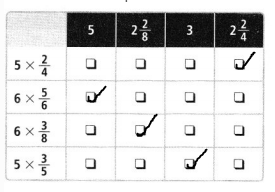
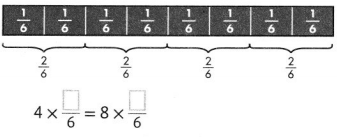


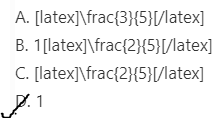
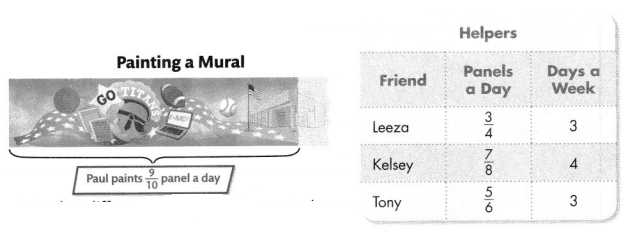
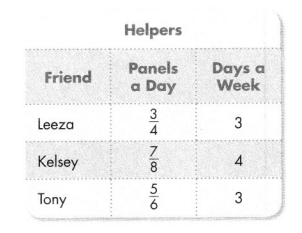
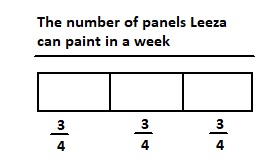

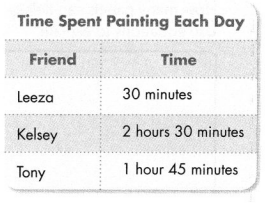



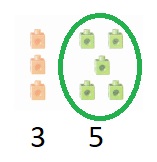

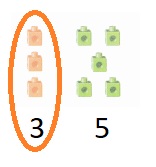


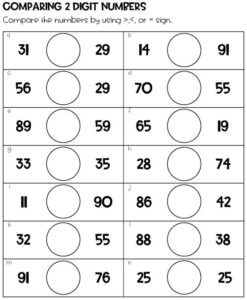

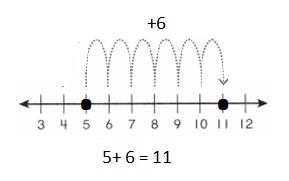
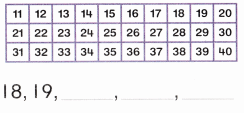

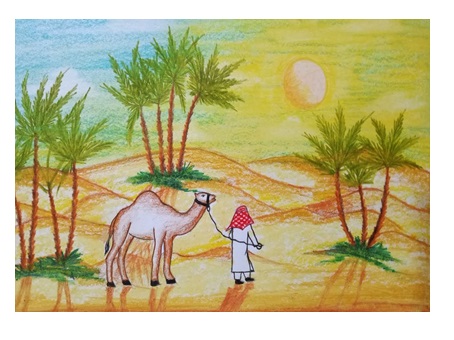
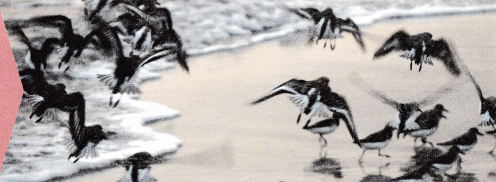
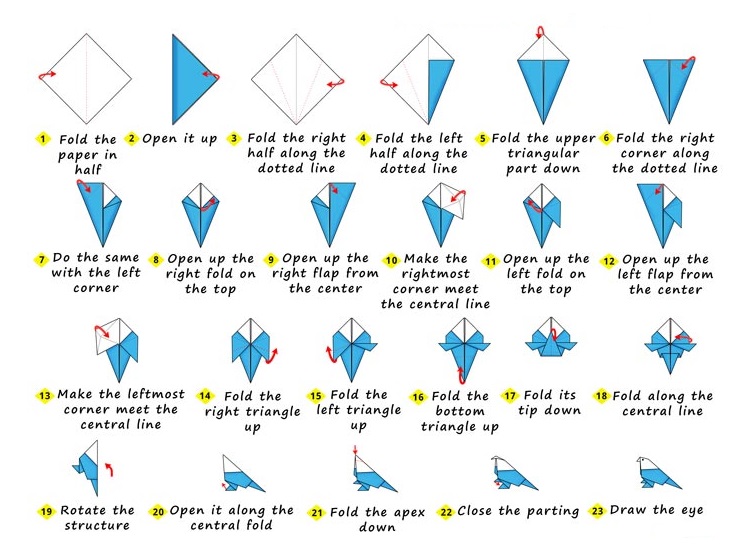
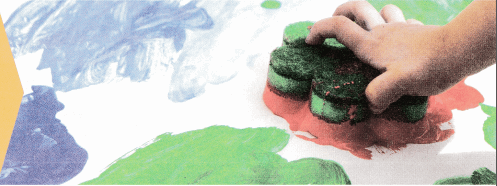
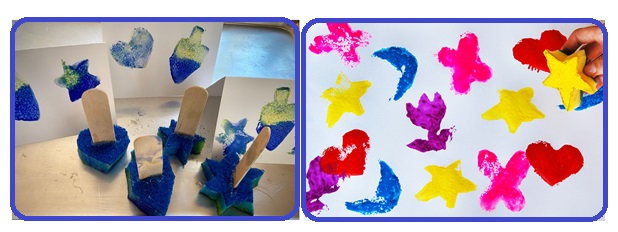
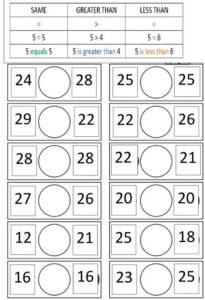
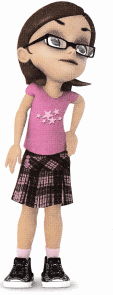

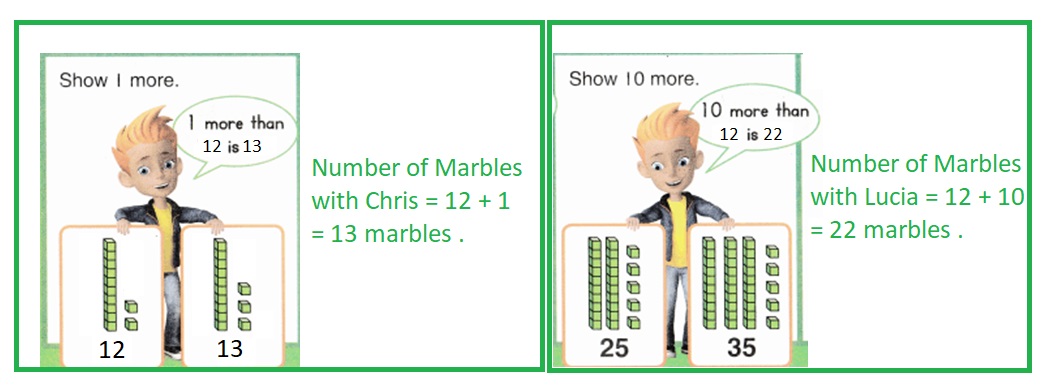

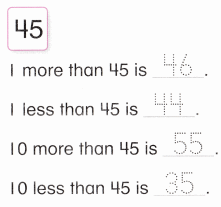






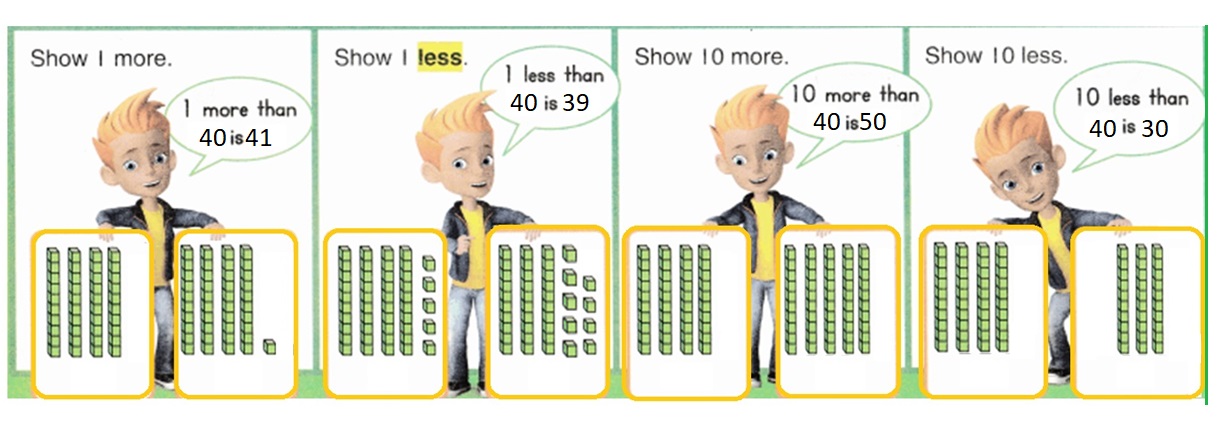

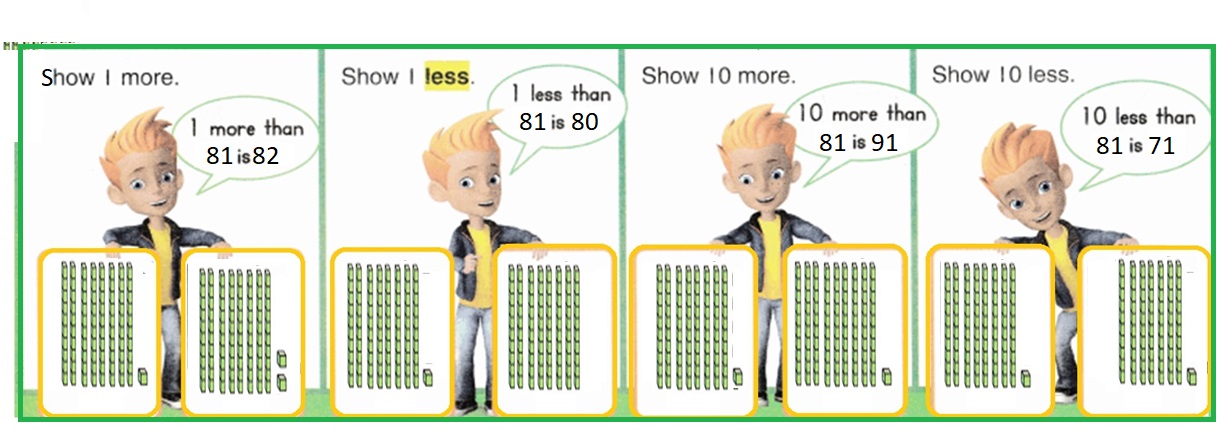

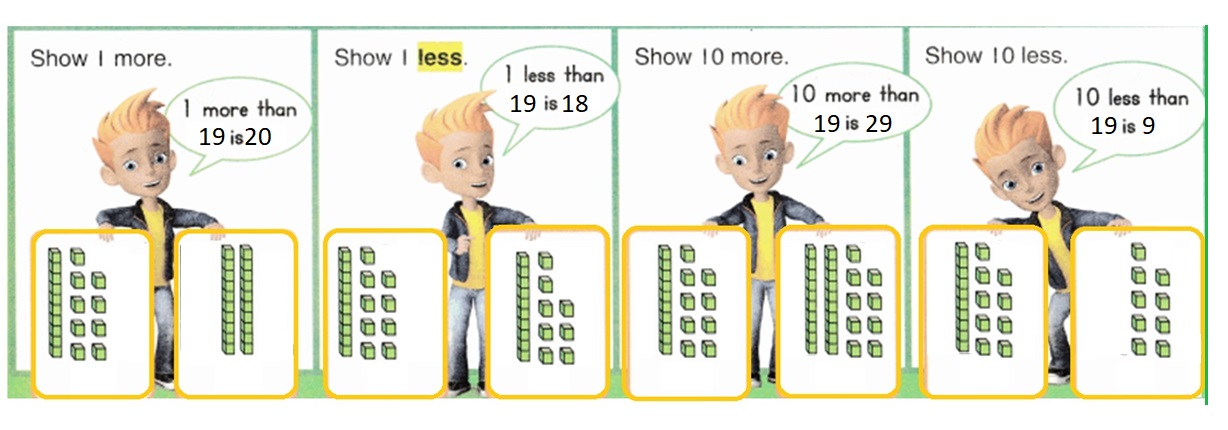

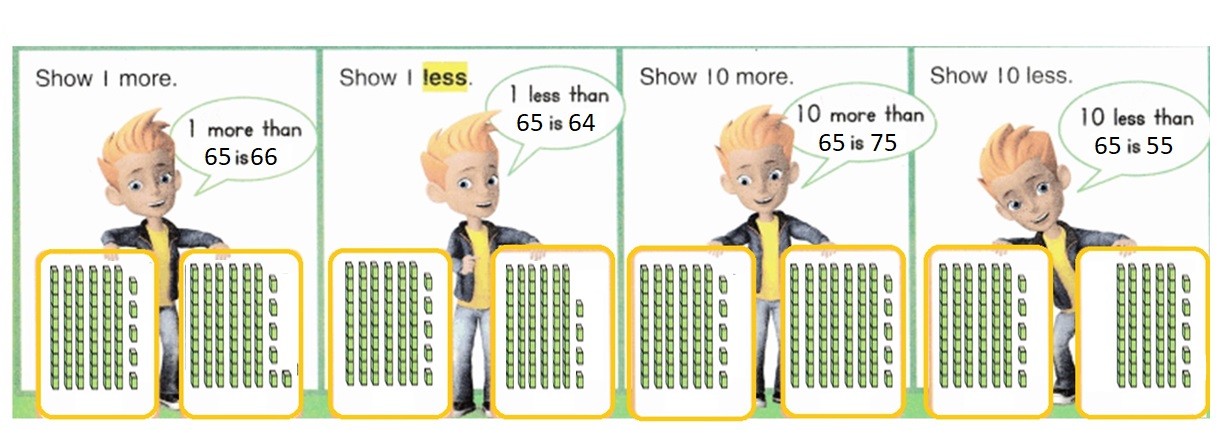

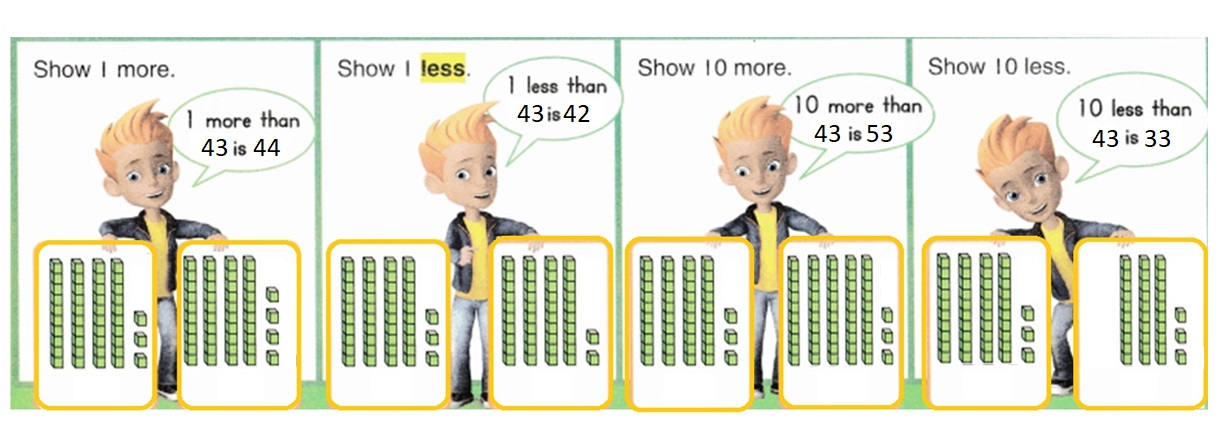

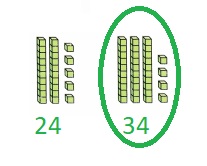

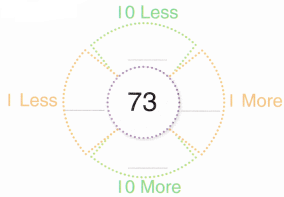
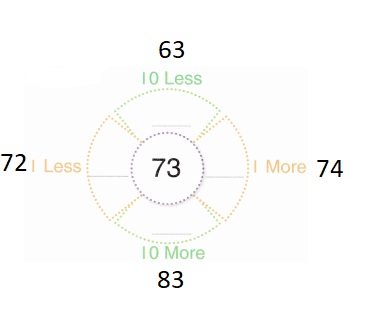
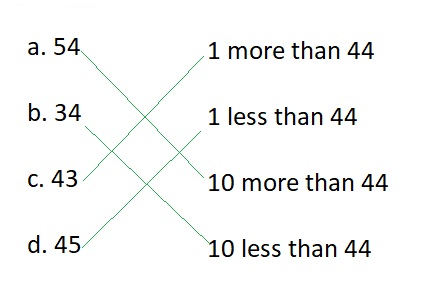
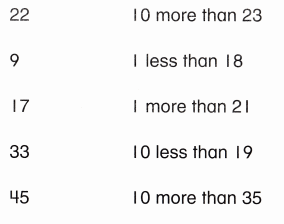
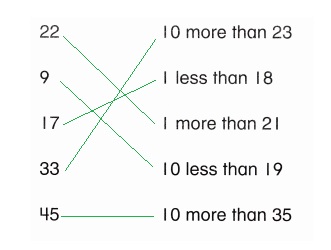
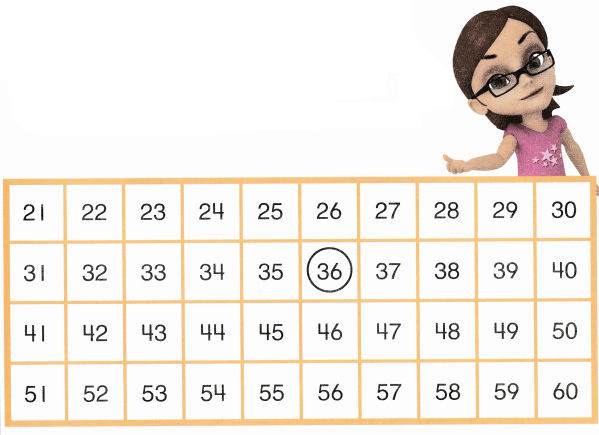

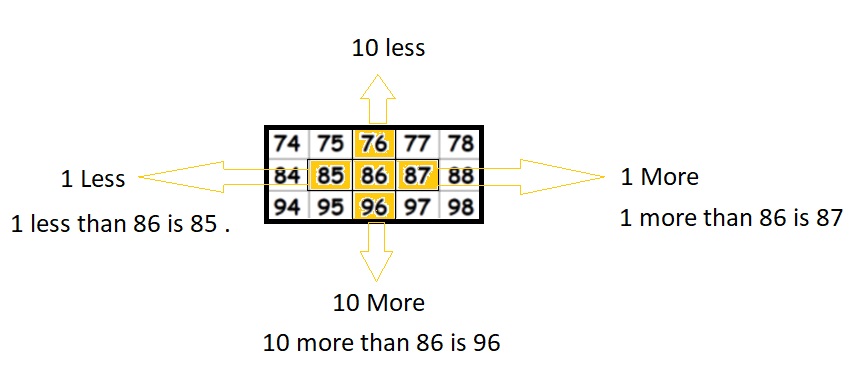
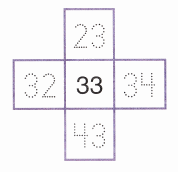
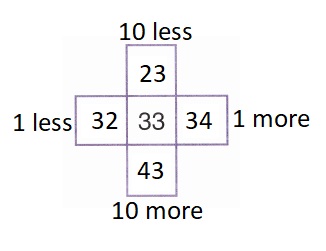
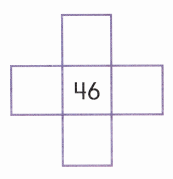
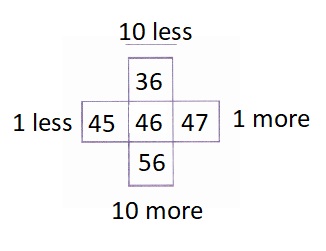

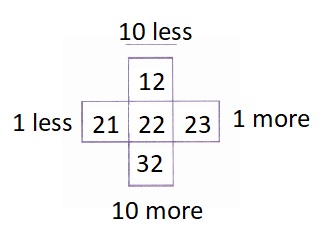
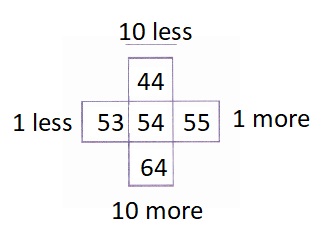
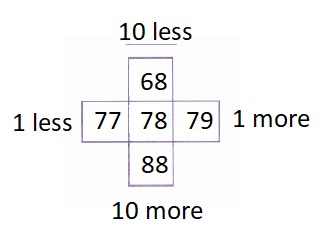
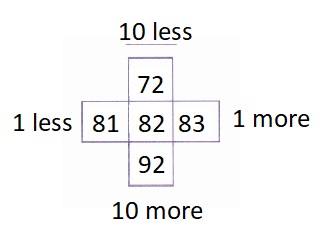
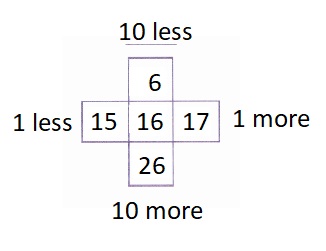

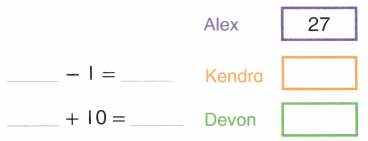
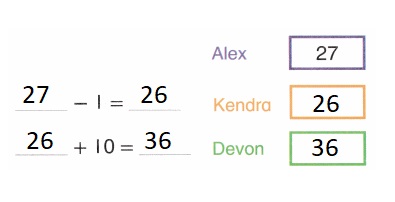

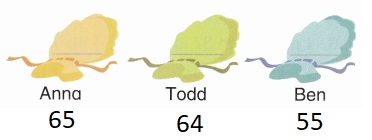
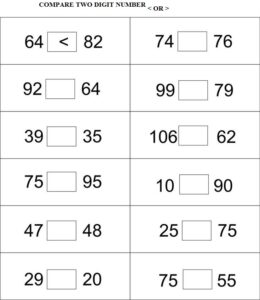
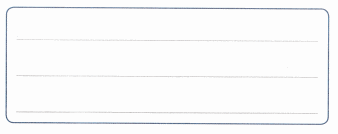
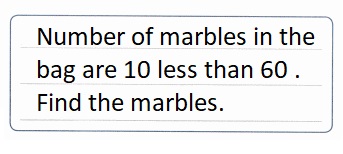
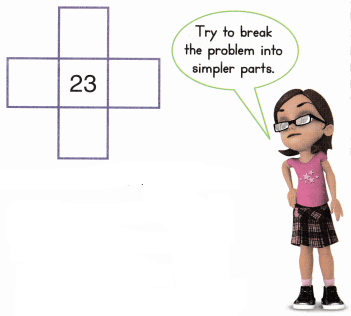

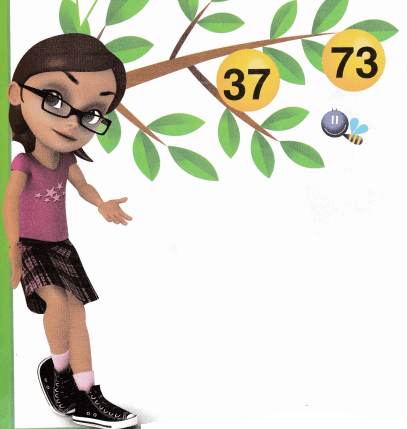
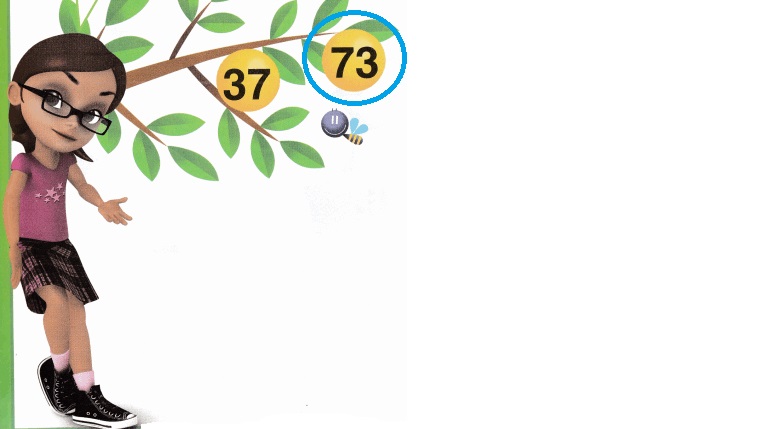




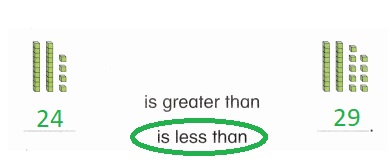
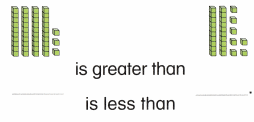
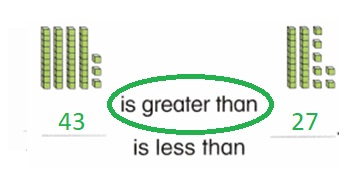
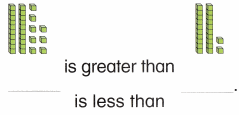
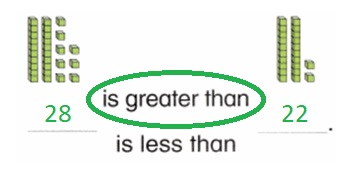
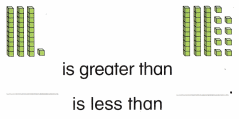
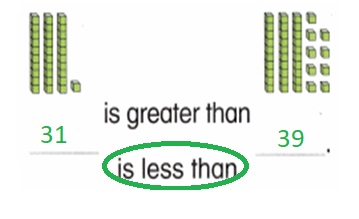
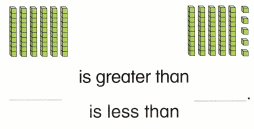

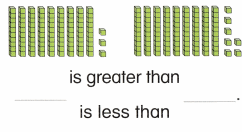

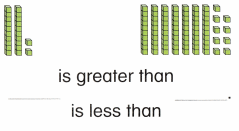
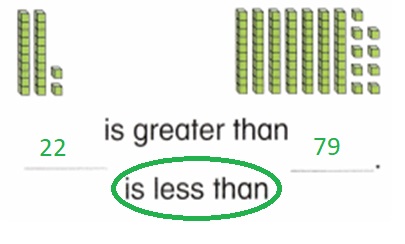
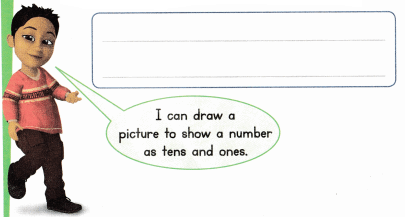
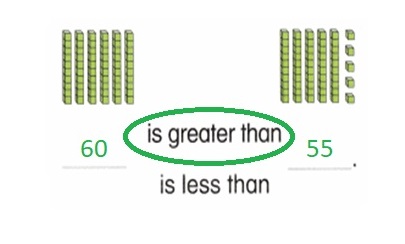
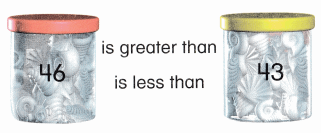
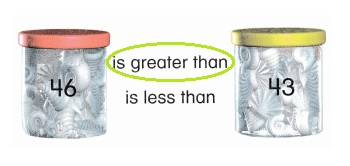
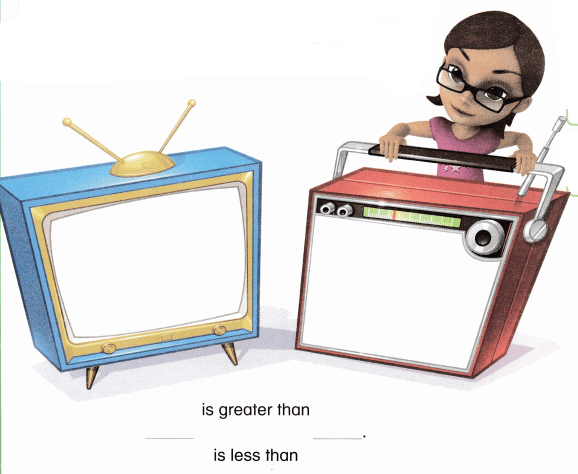
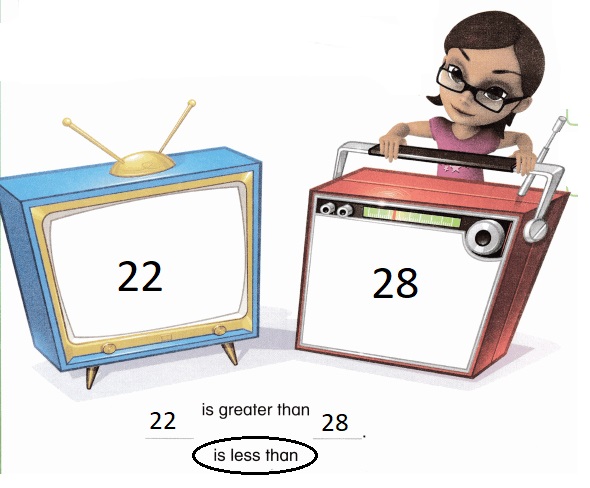

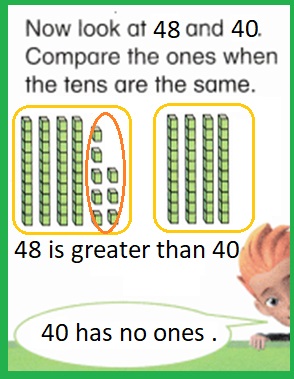
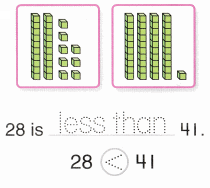

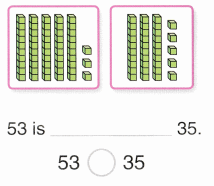
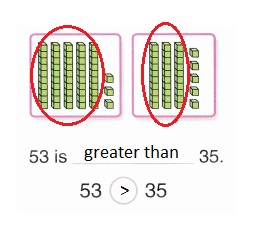
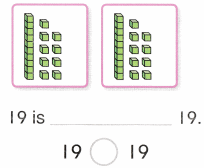
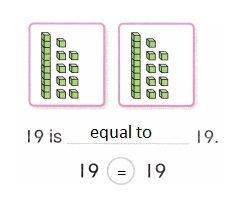
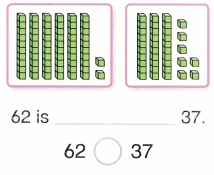
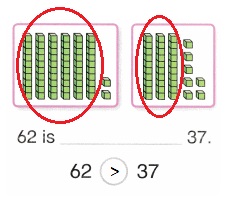
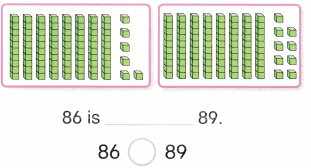
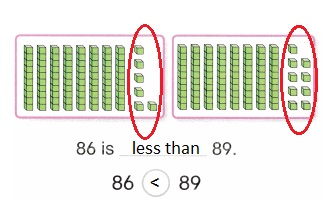

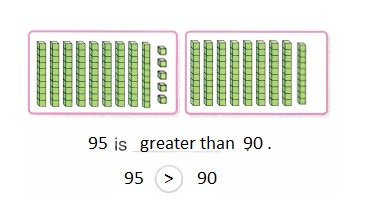
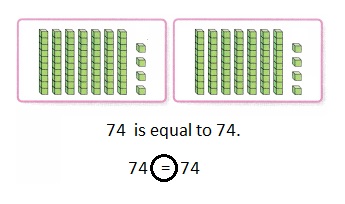


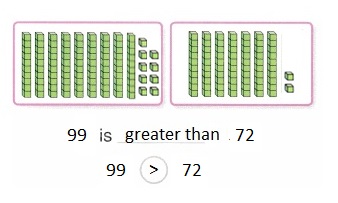



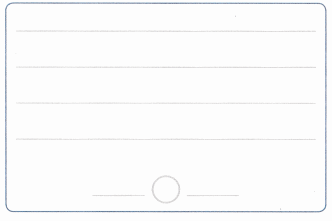
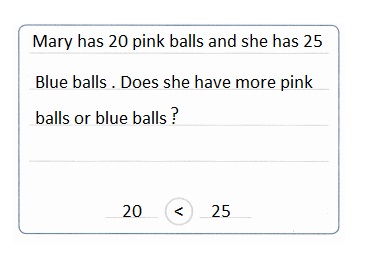
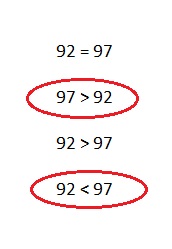
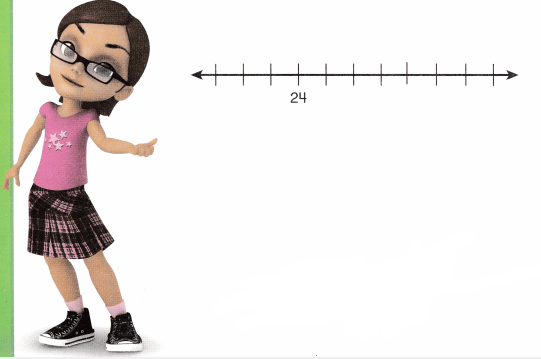
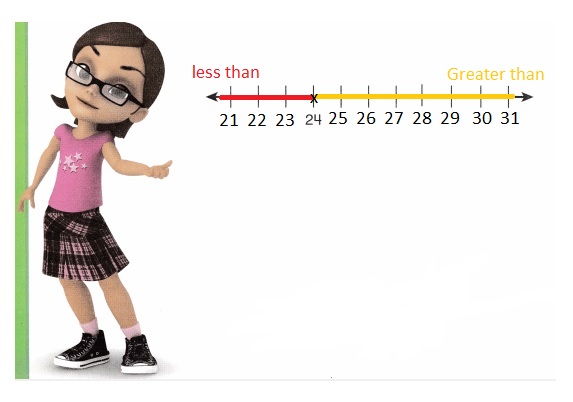

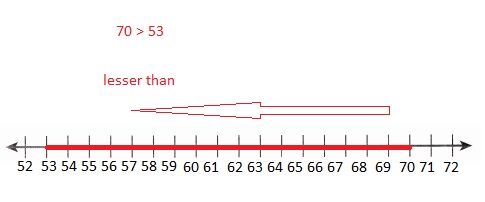












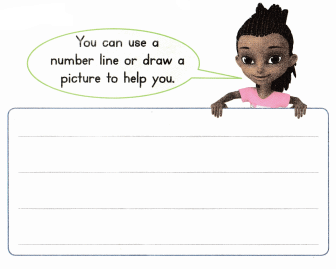
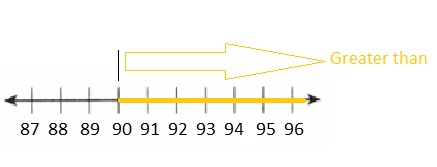
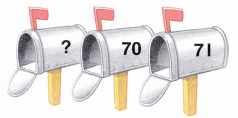

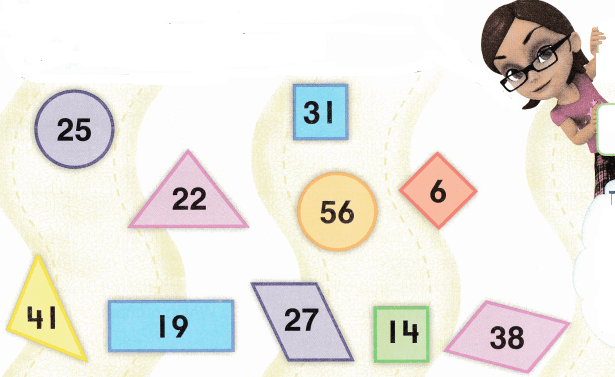



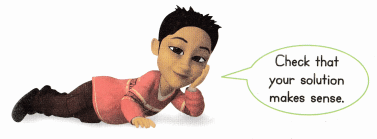
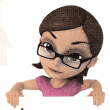
 10 – 0
10 – 0